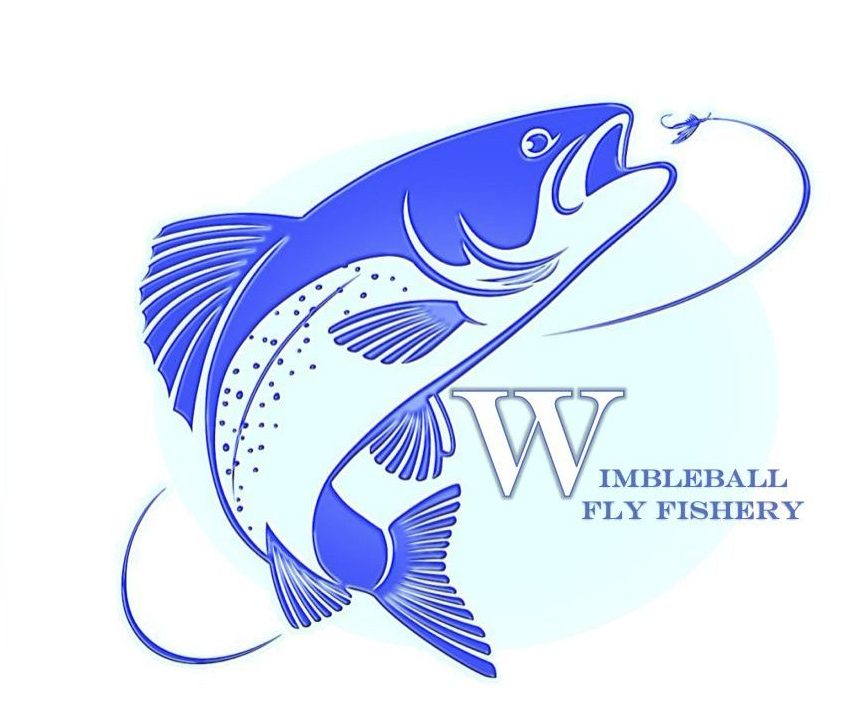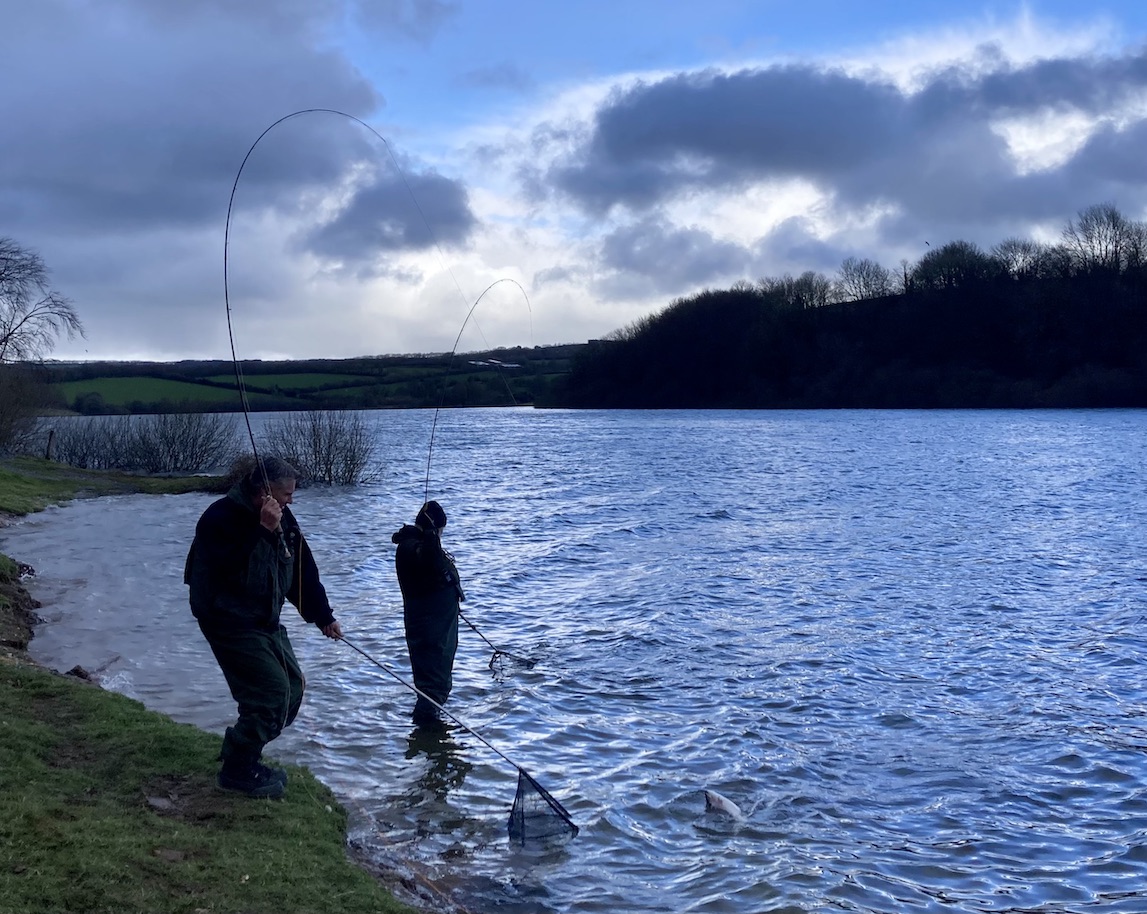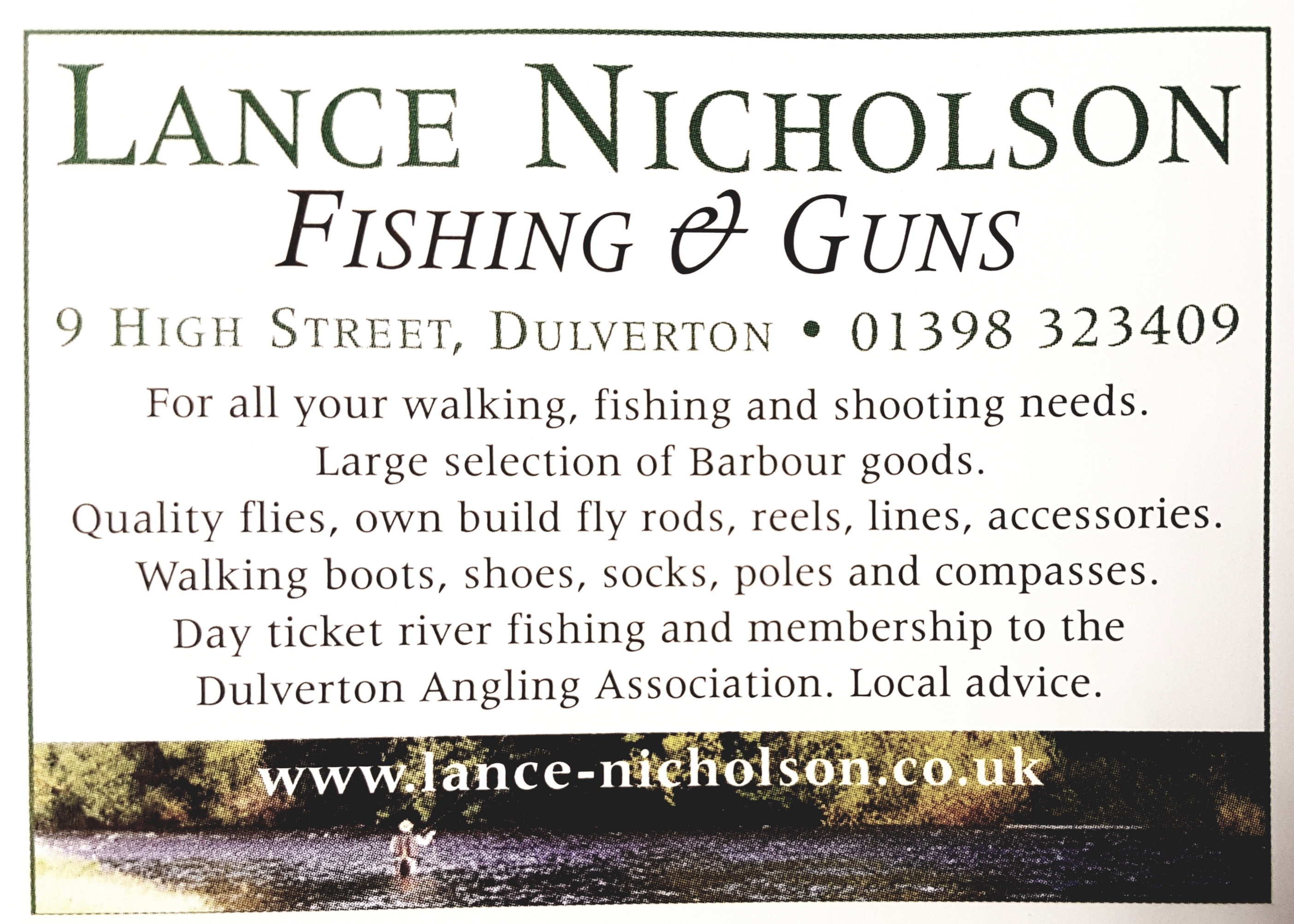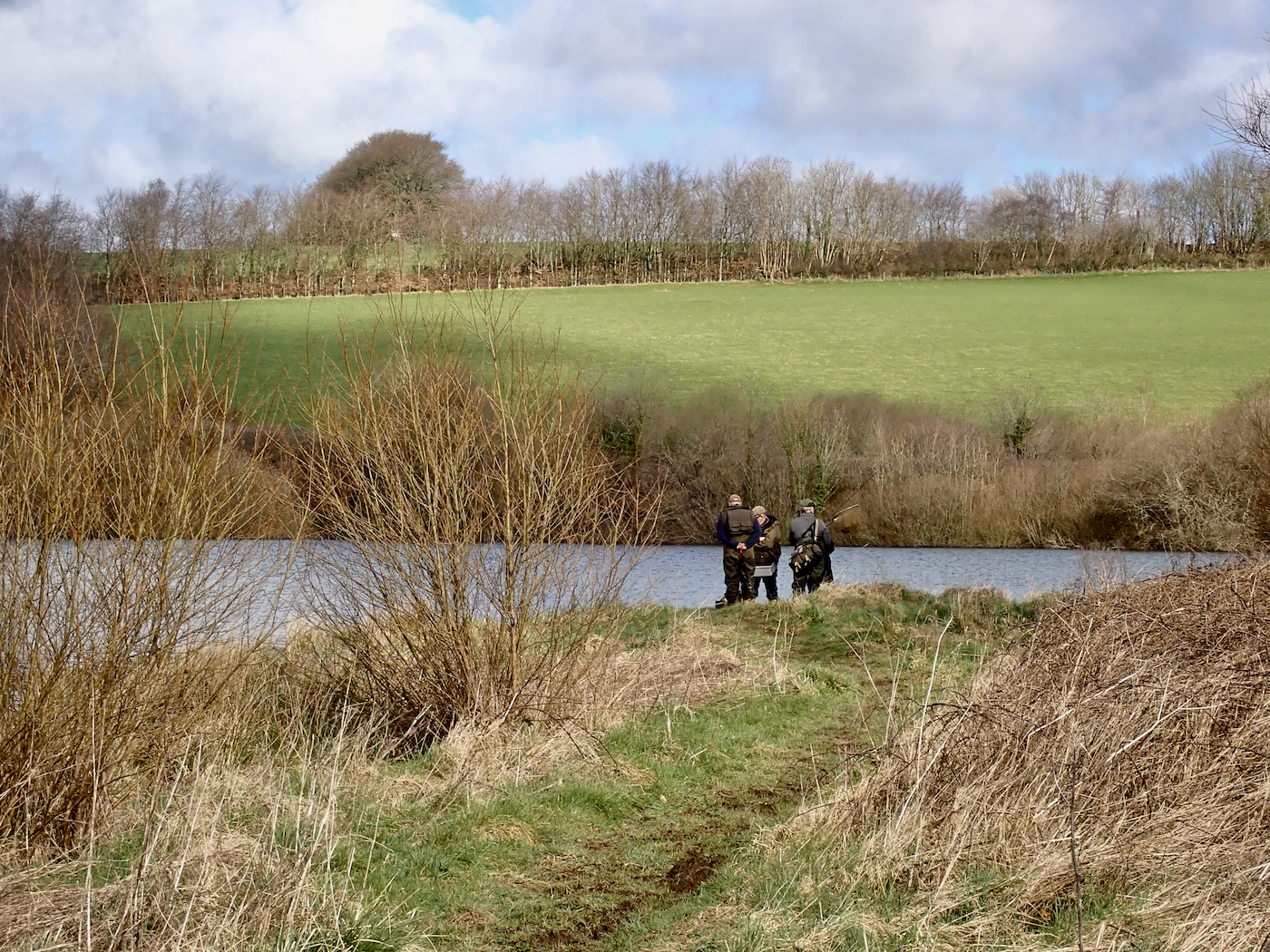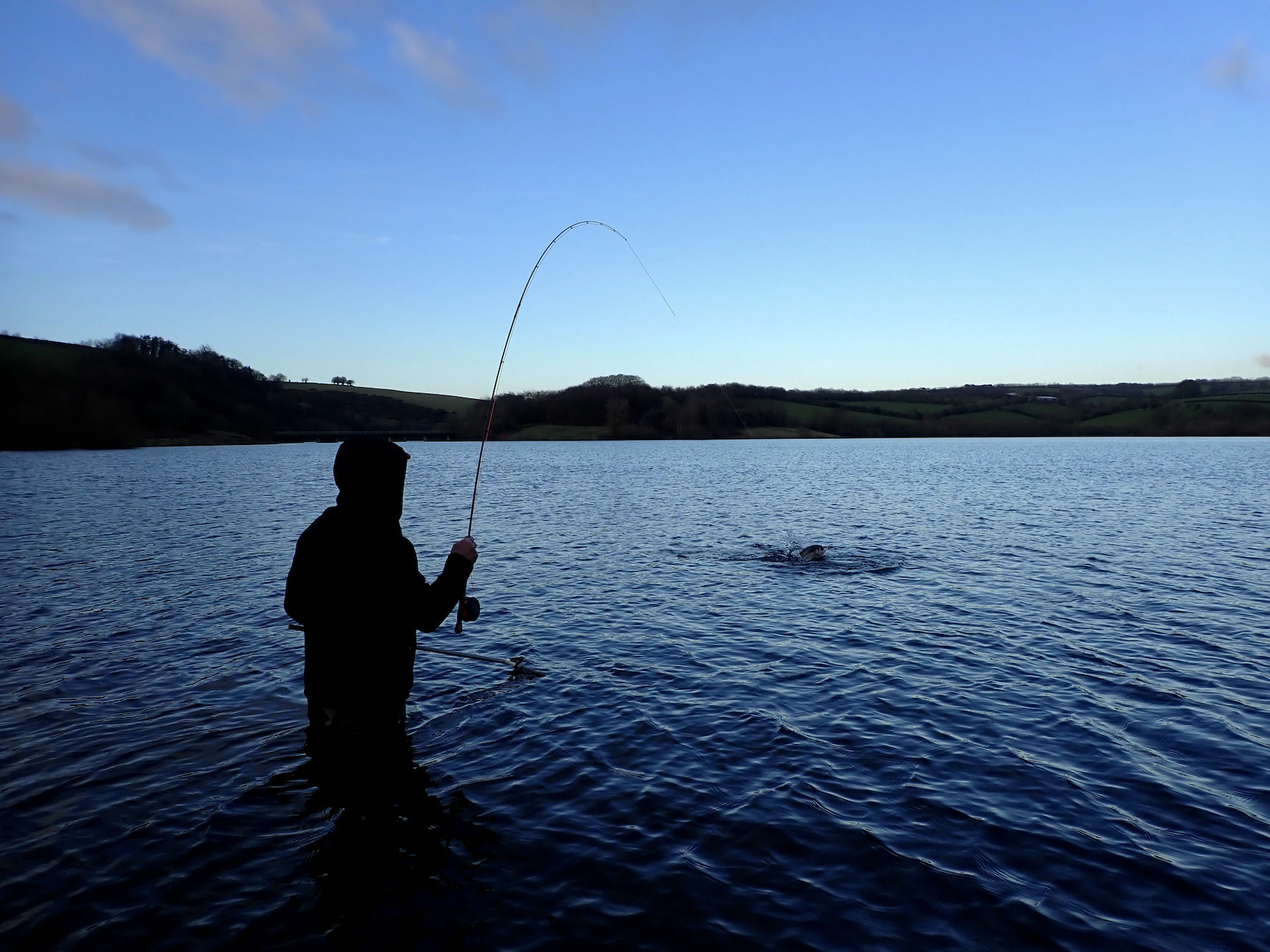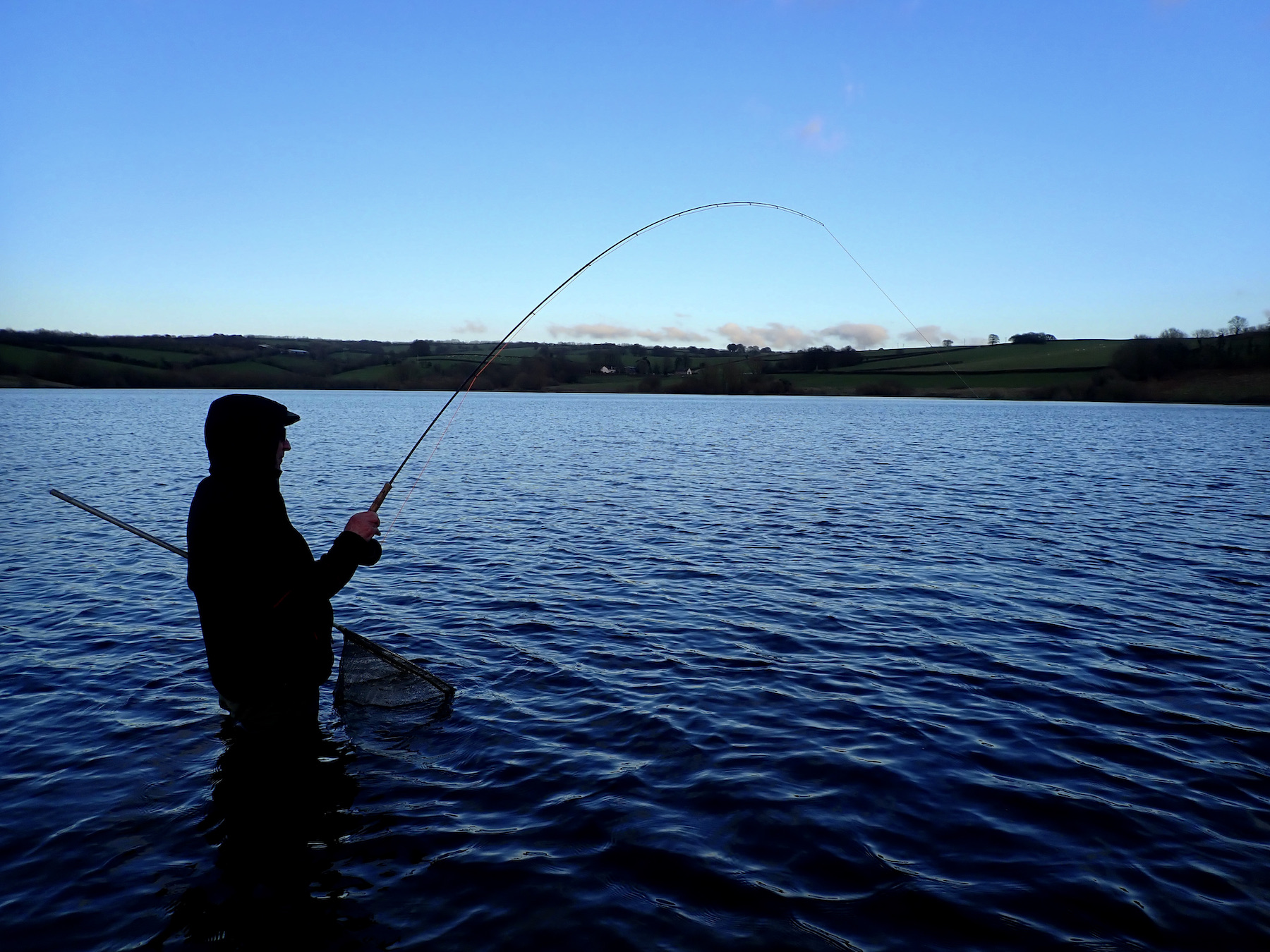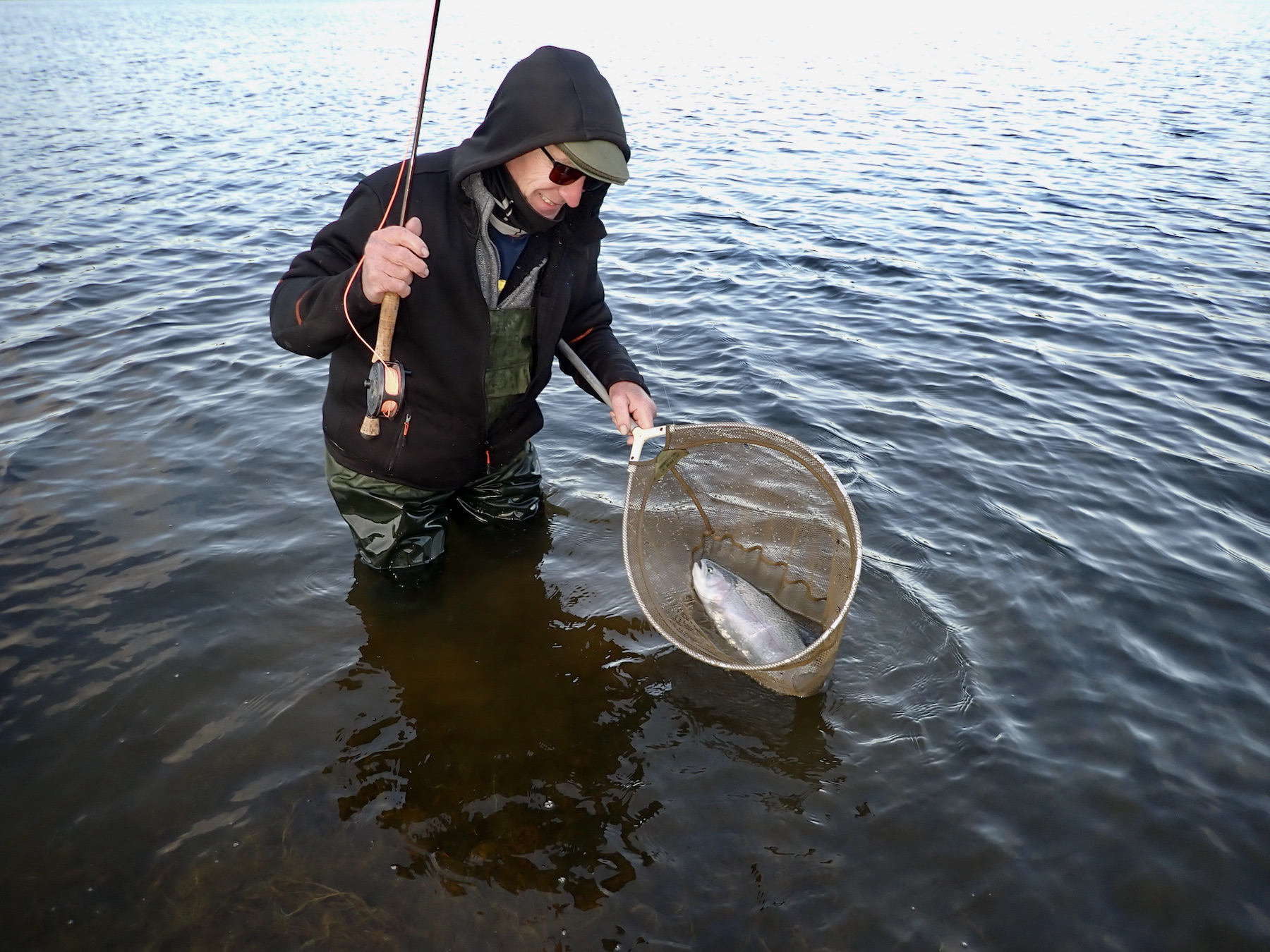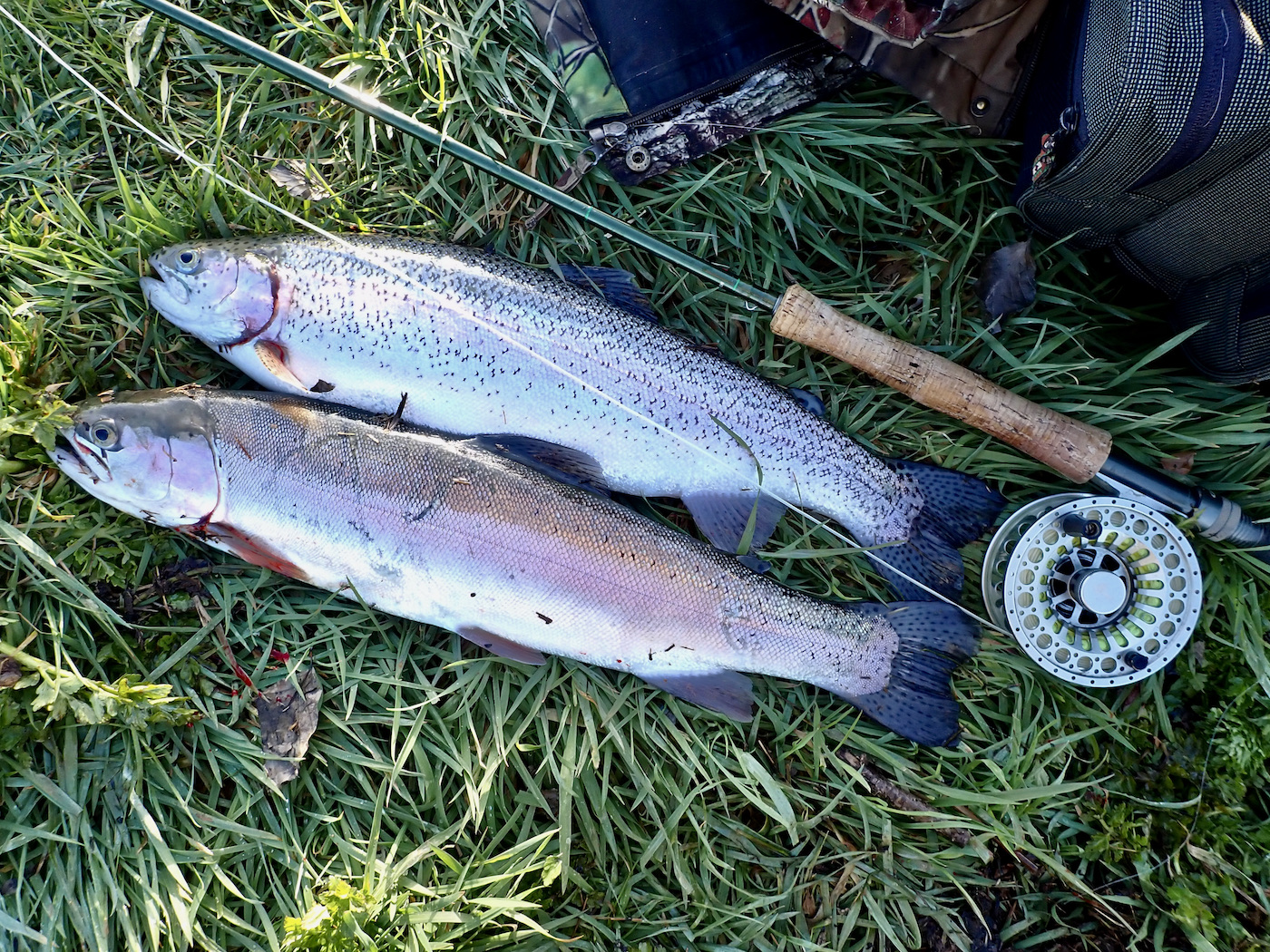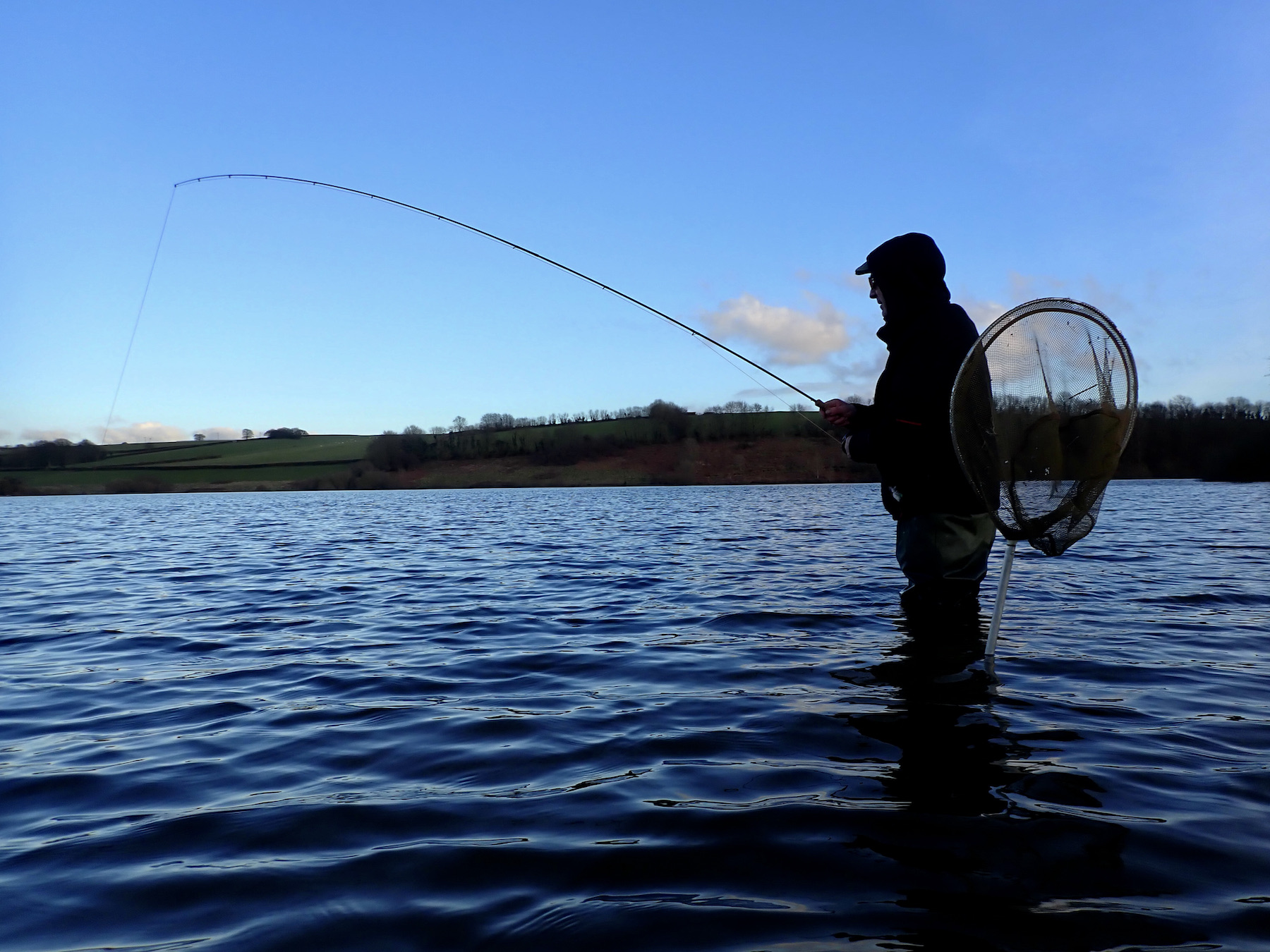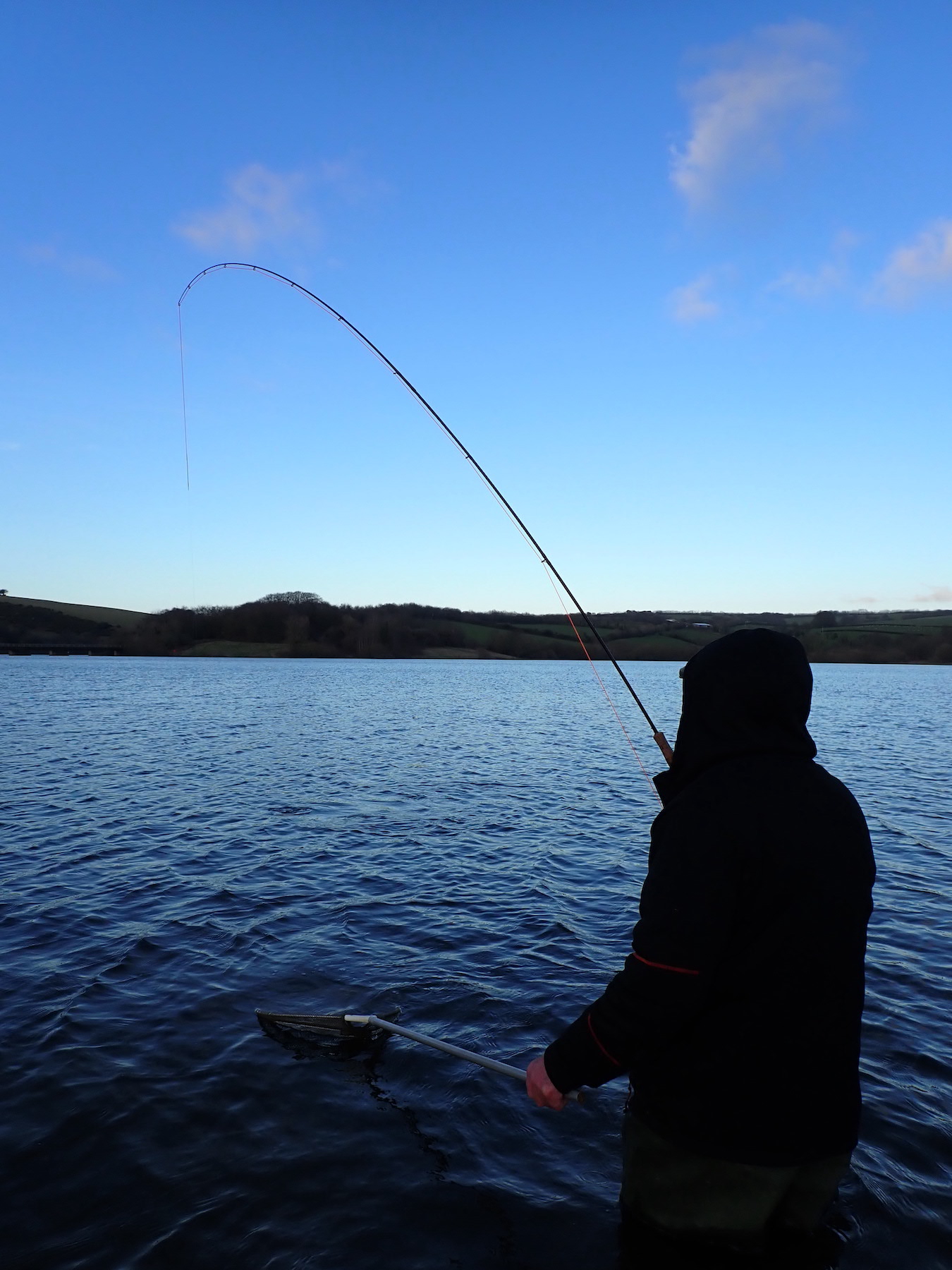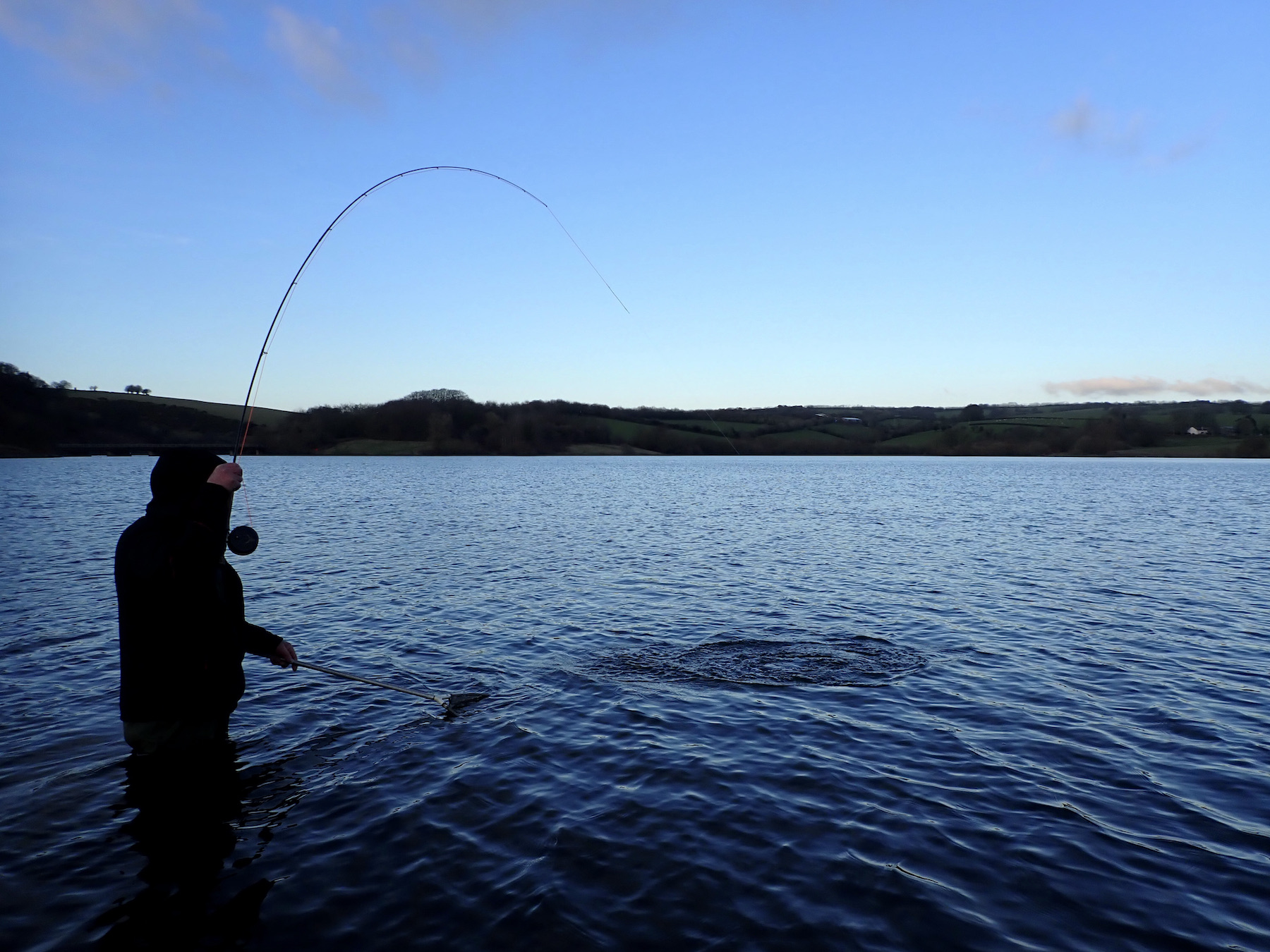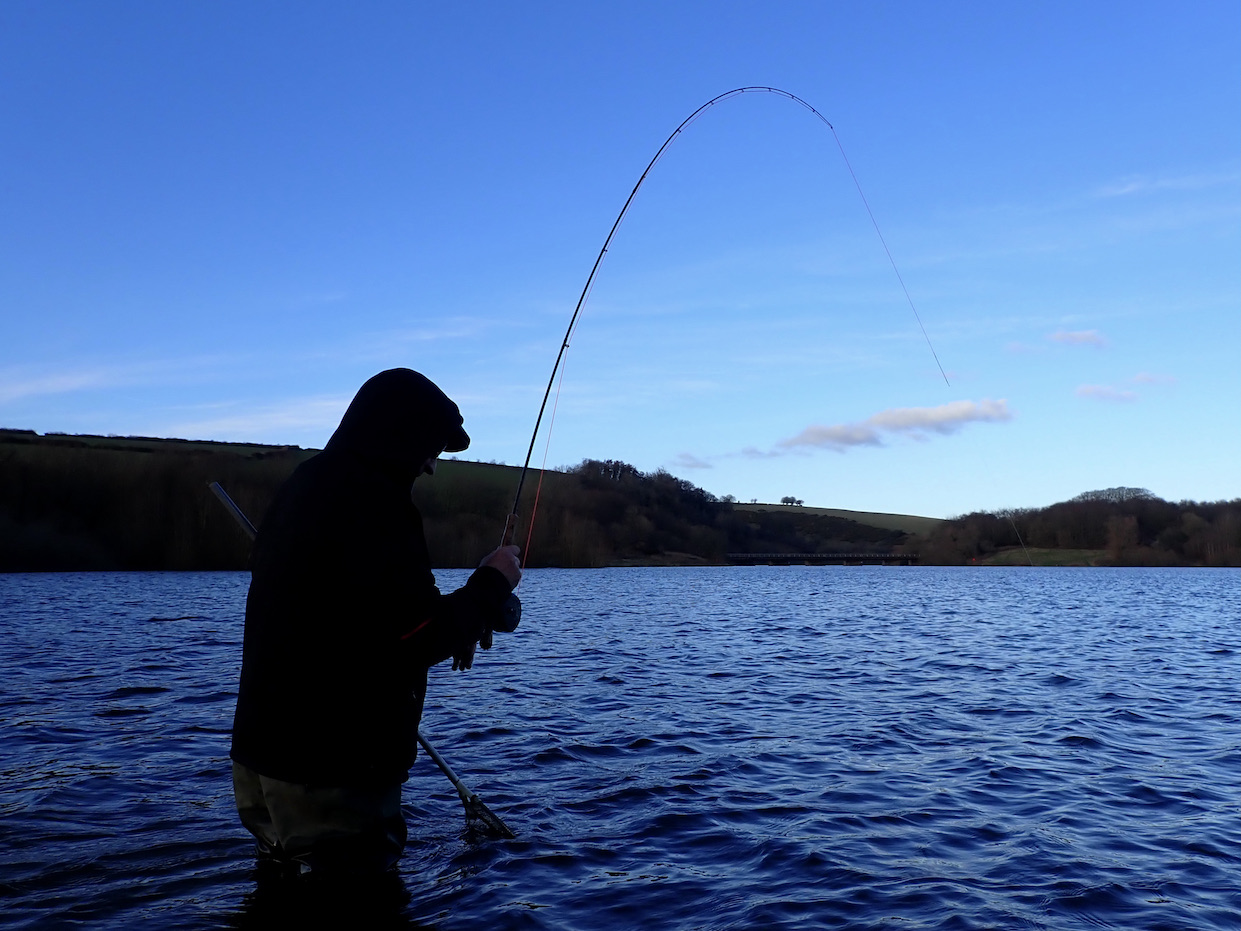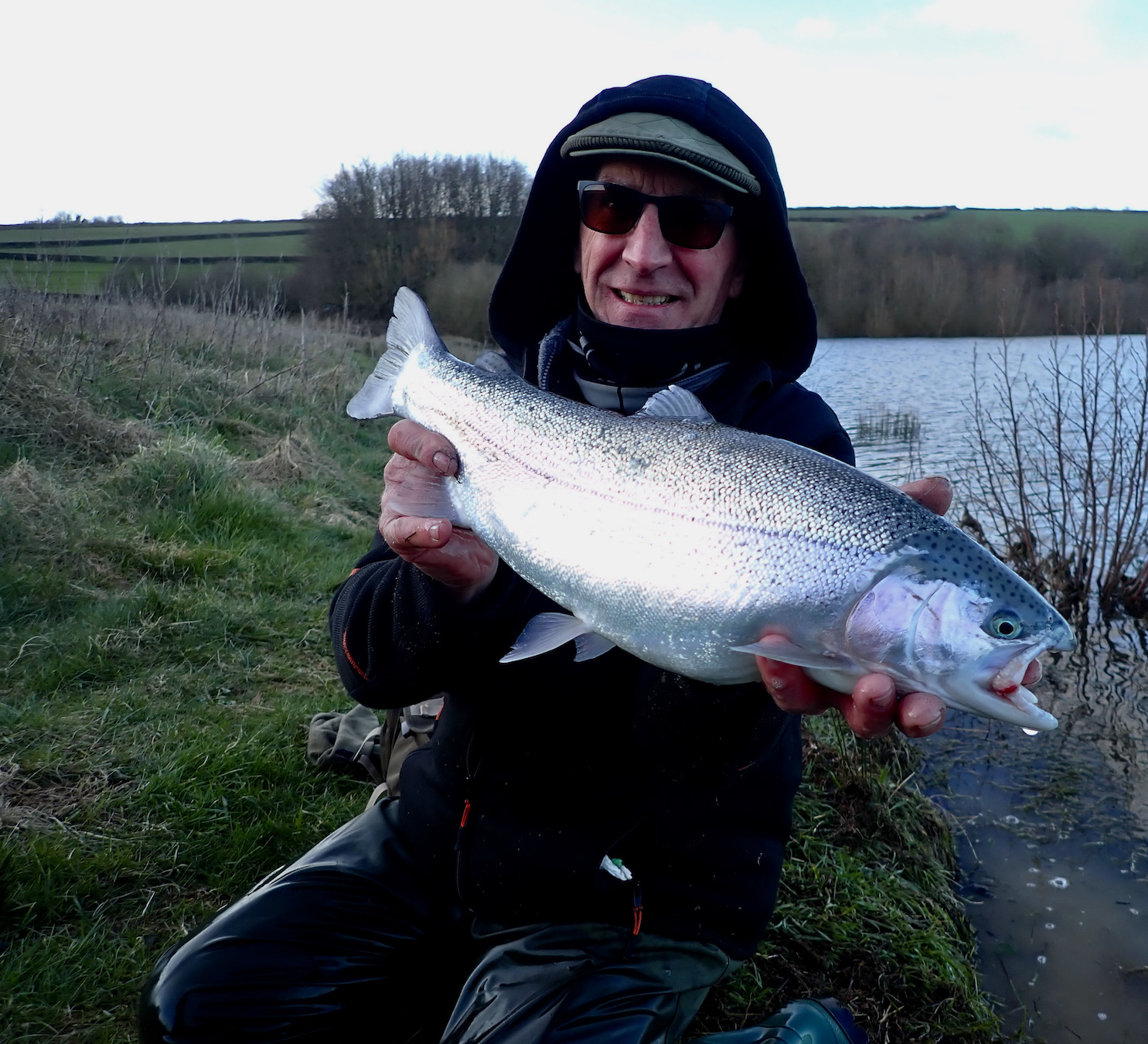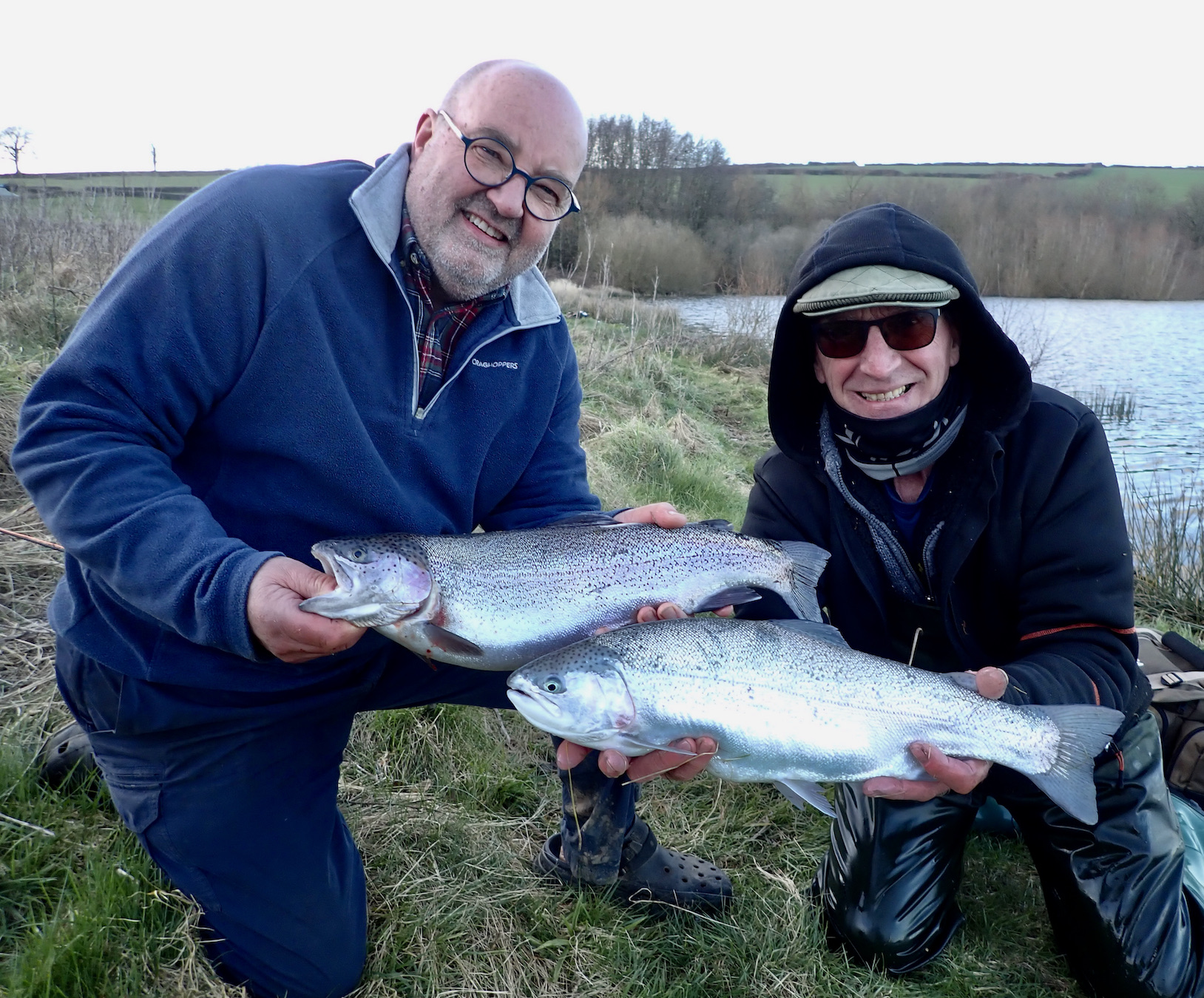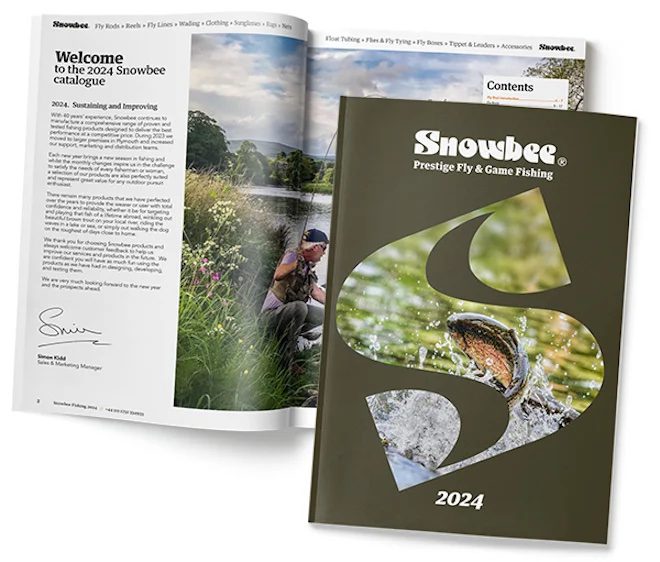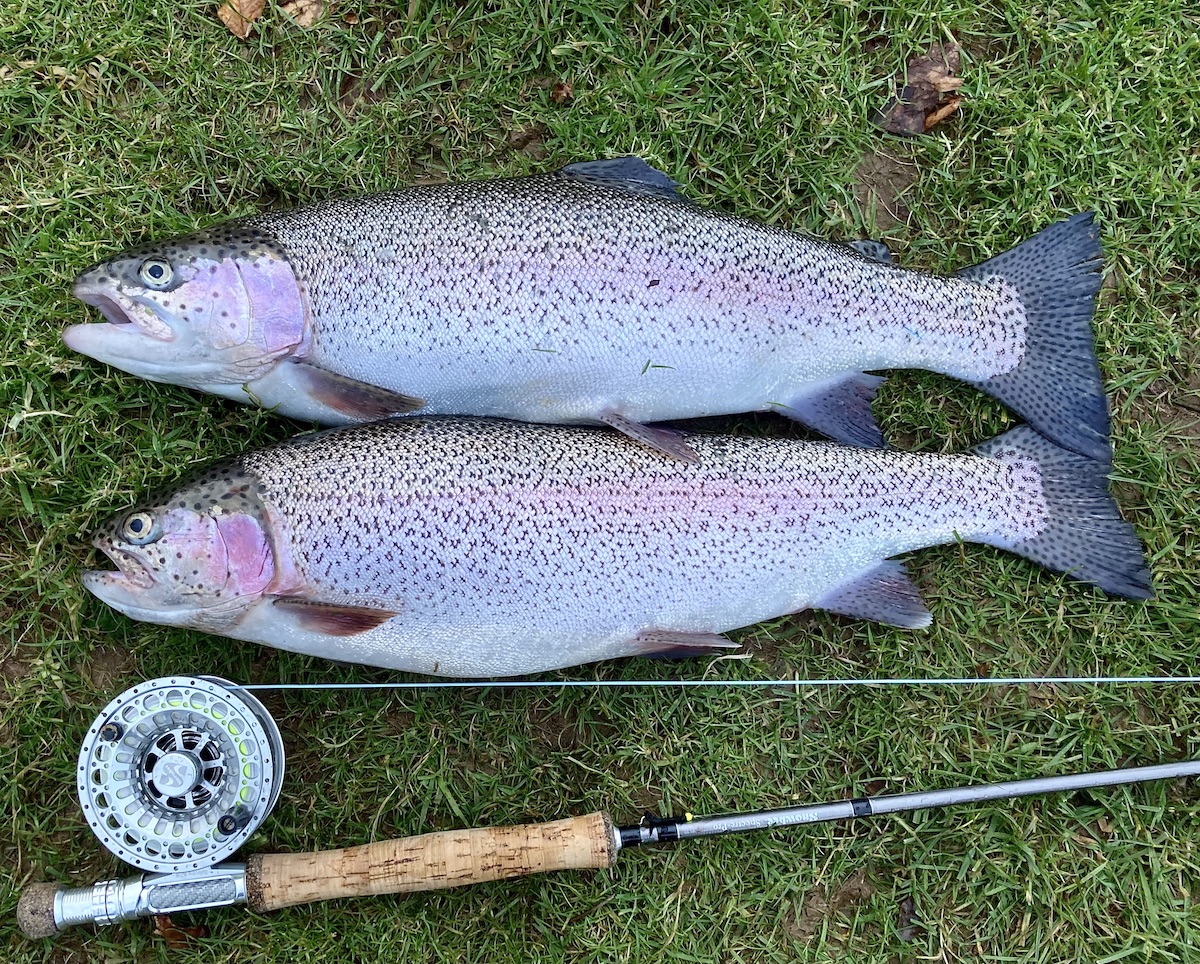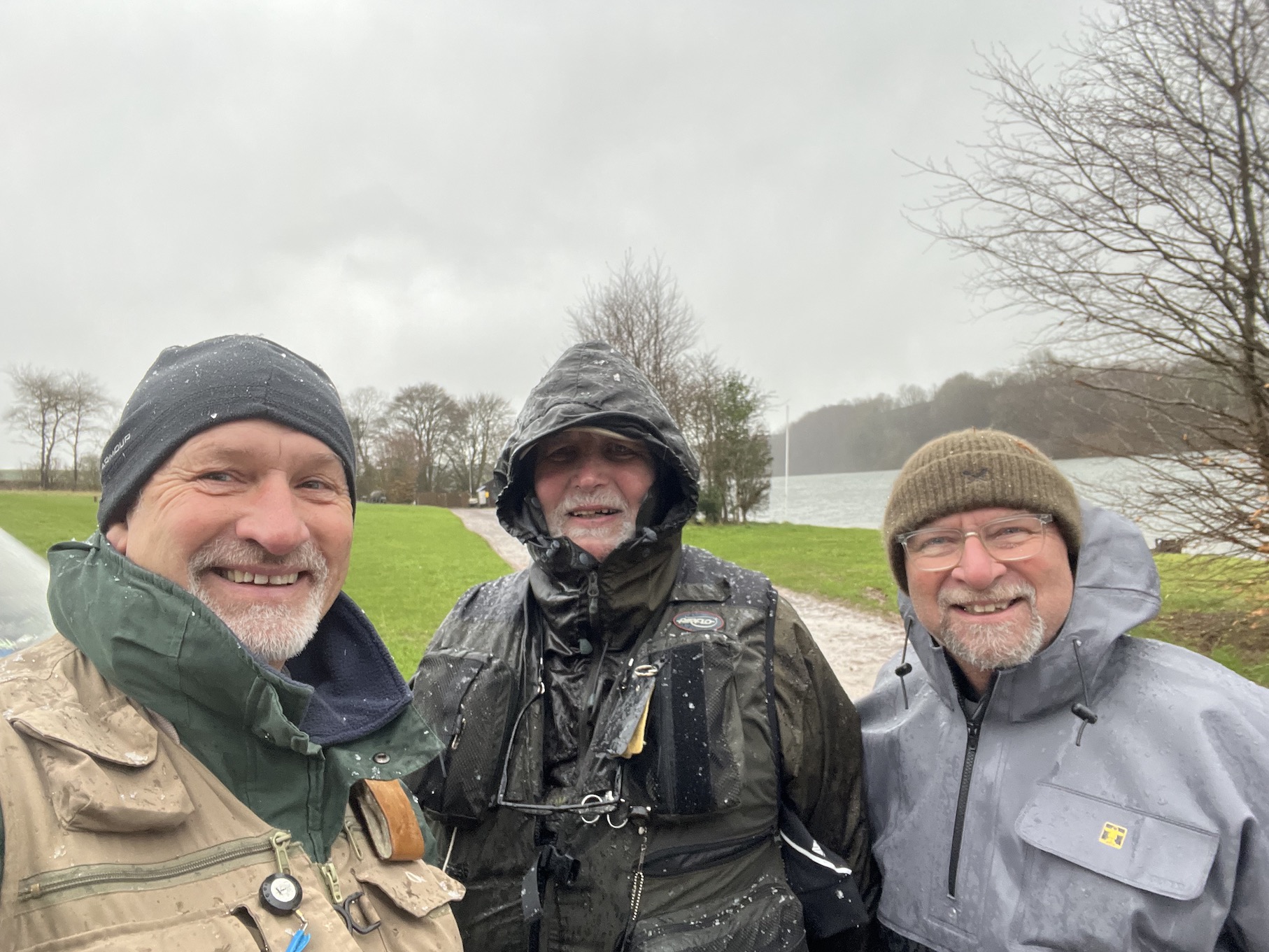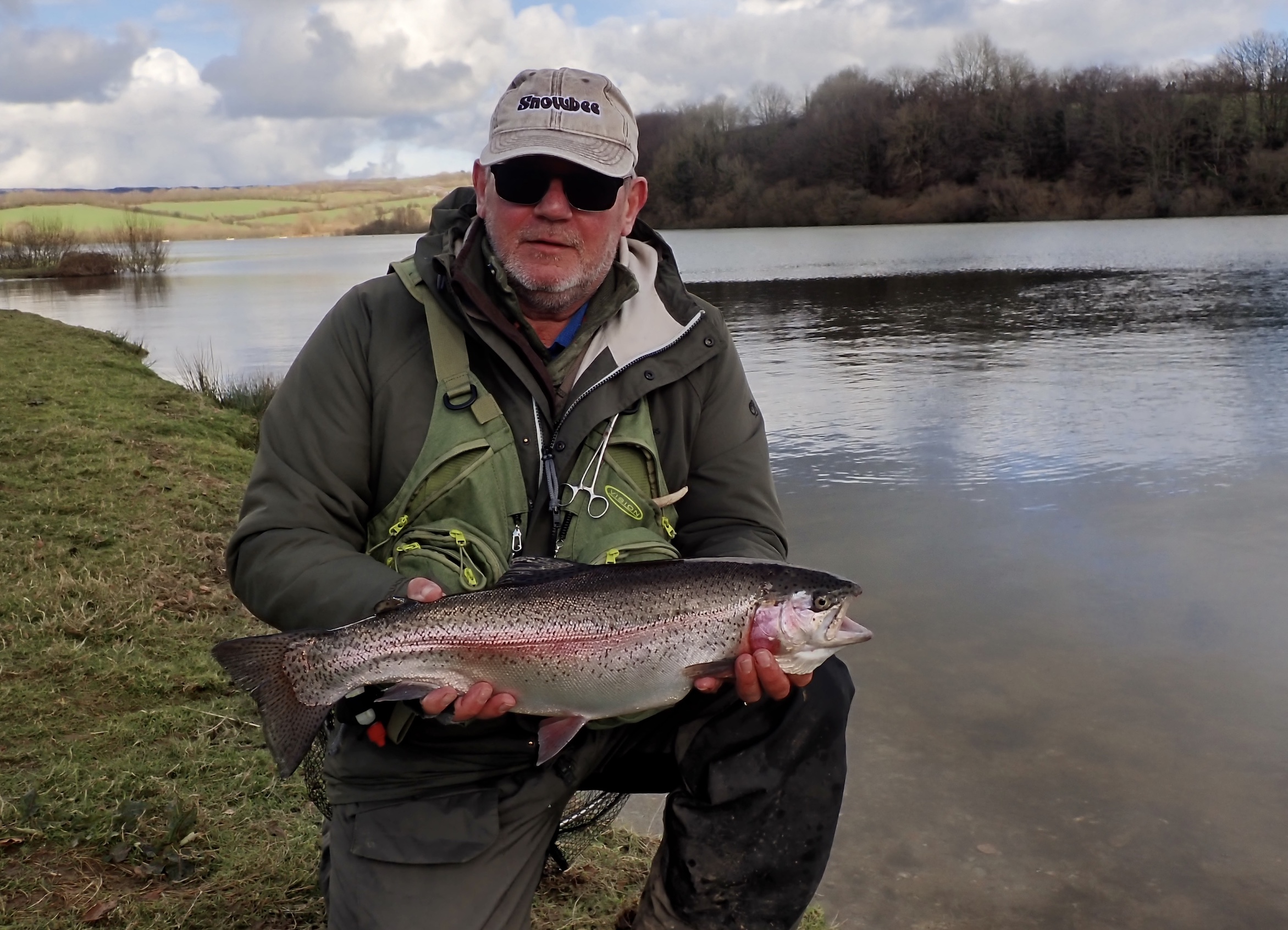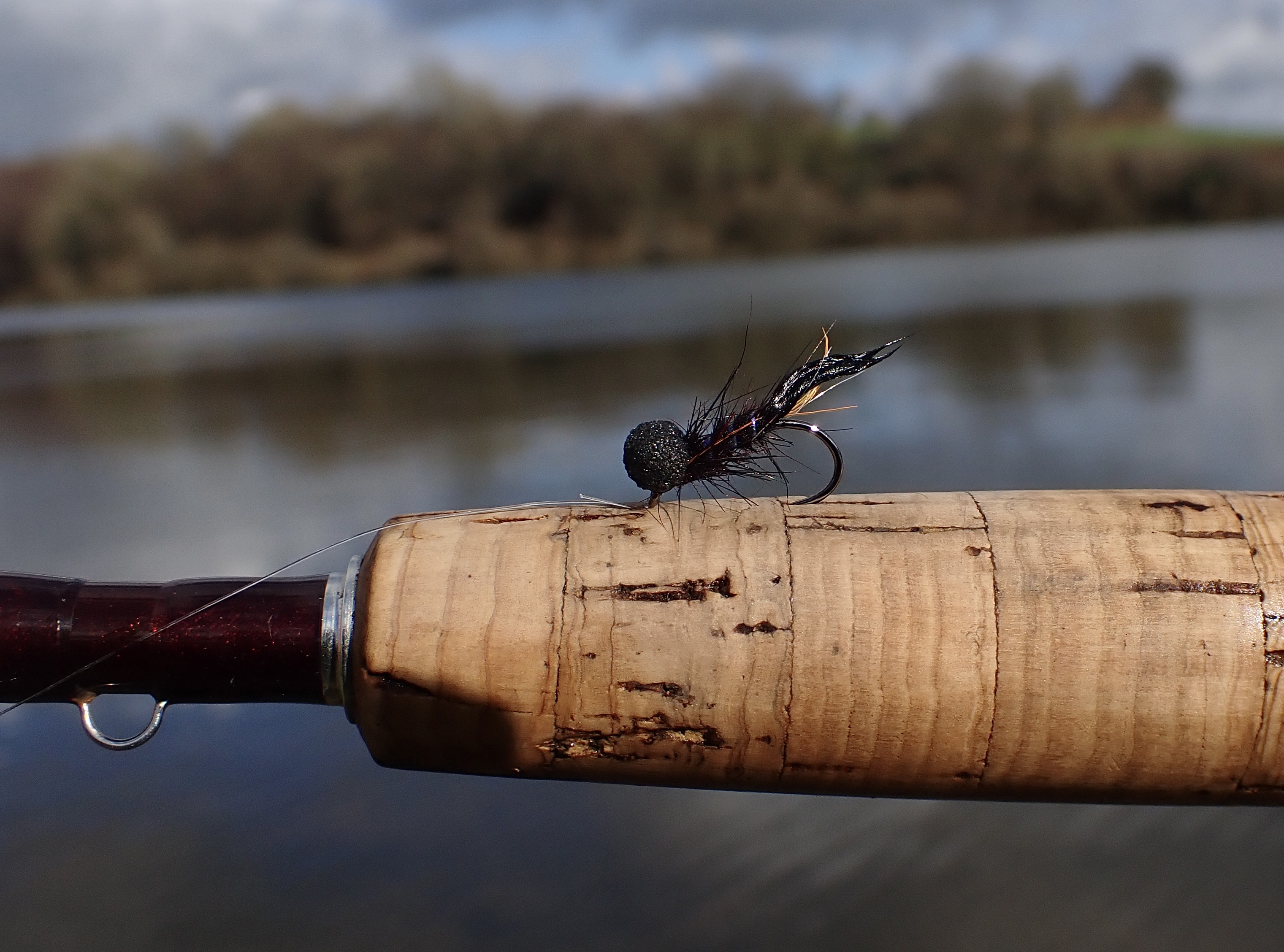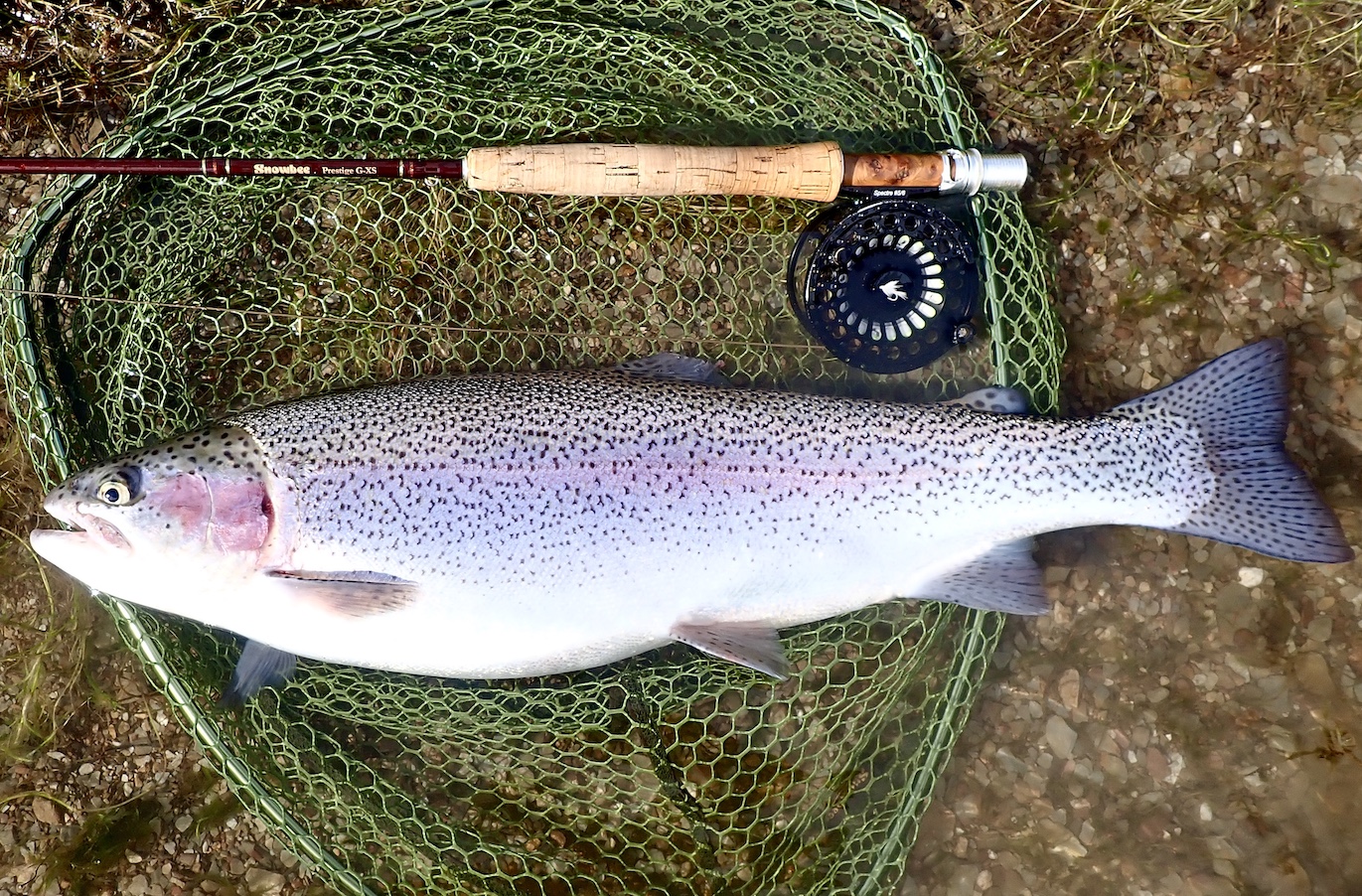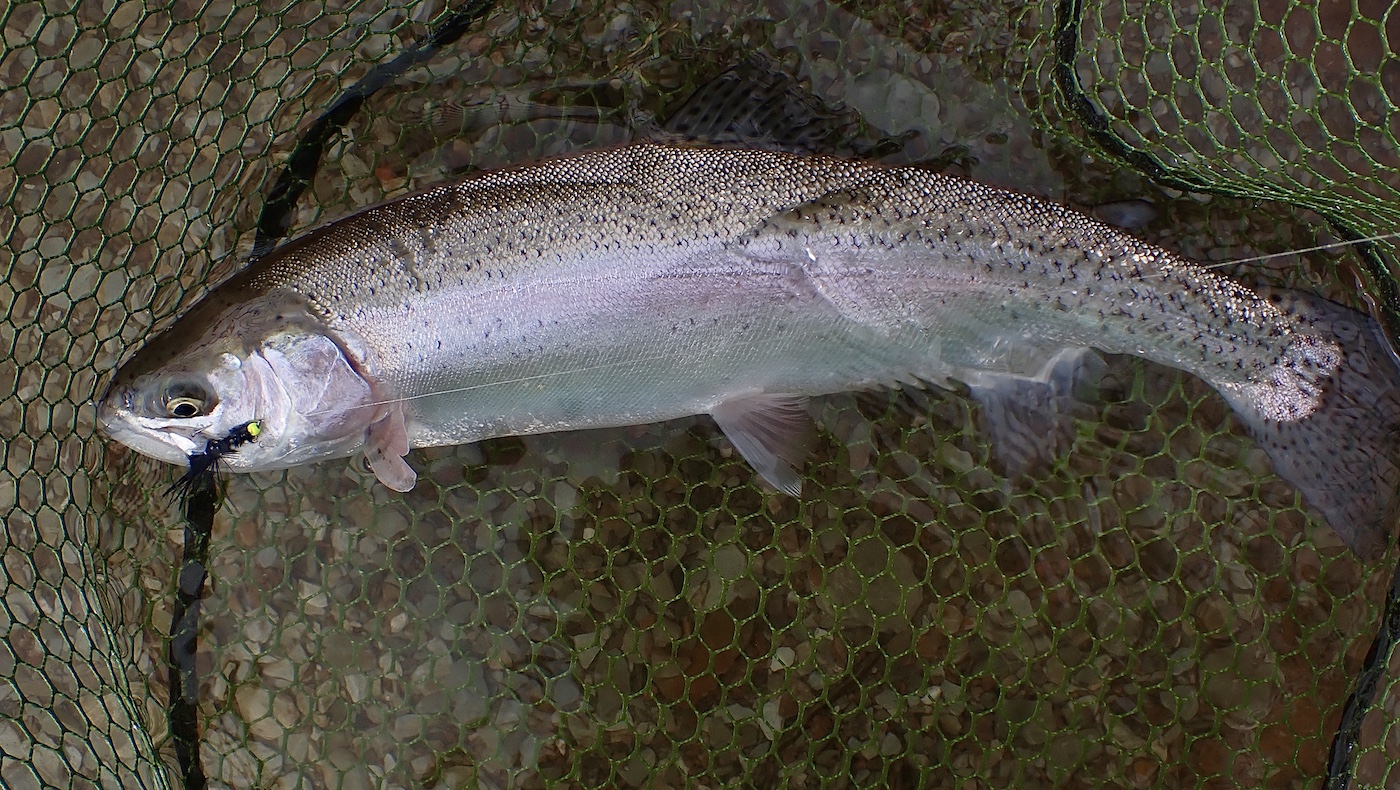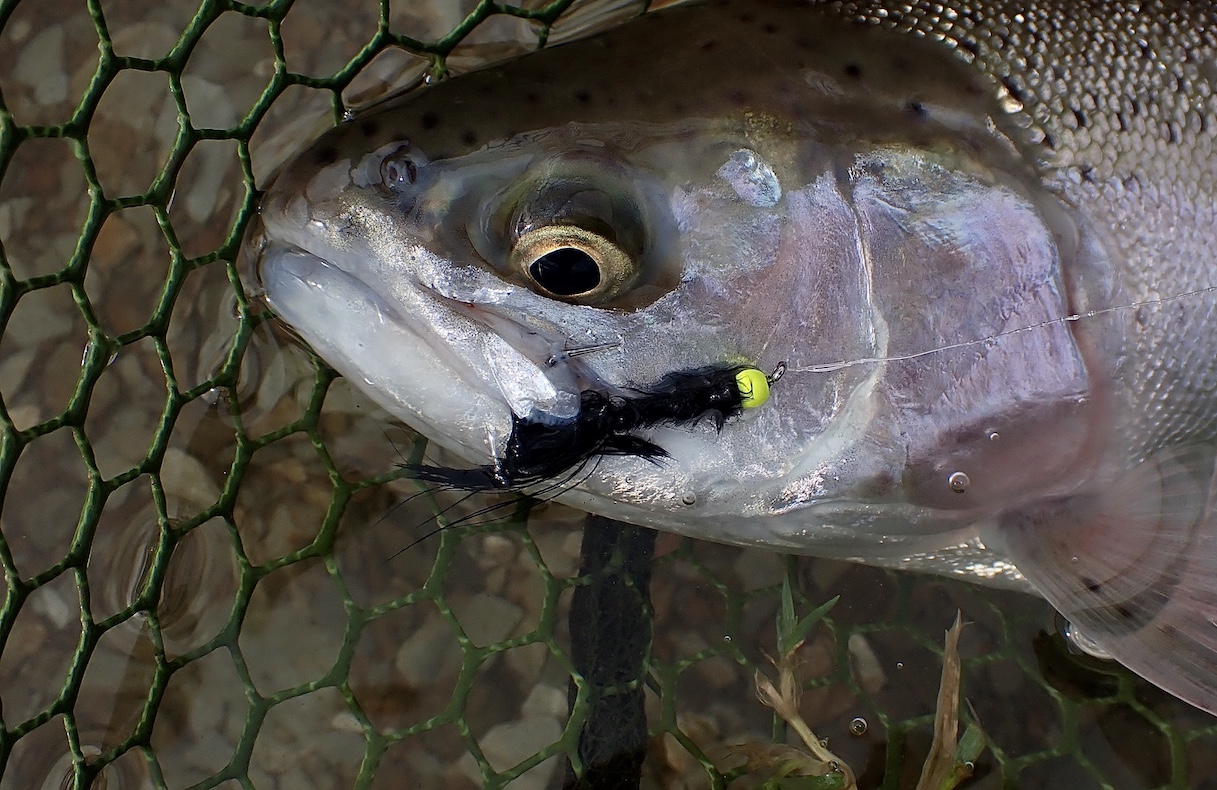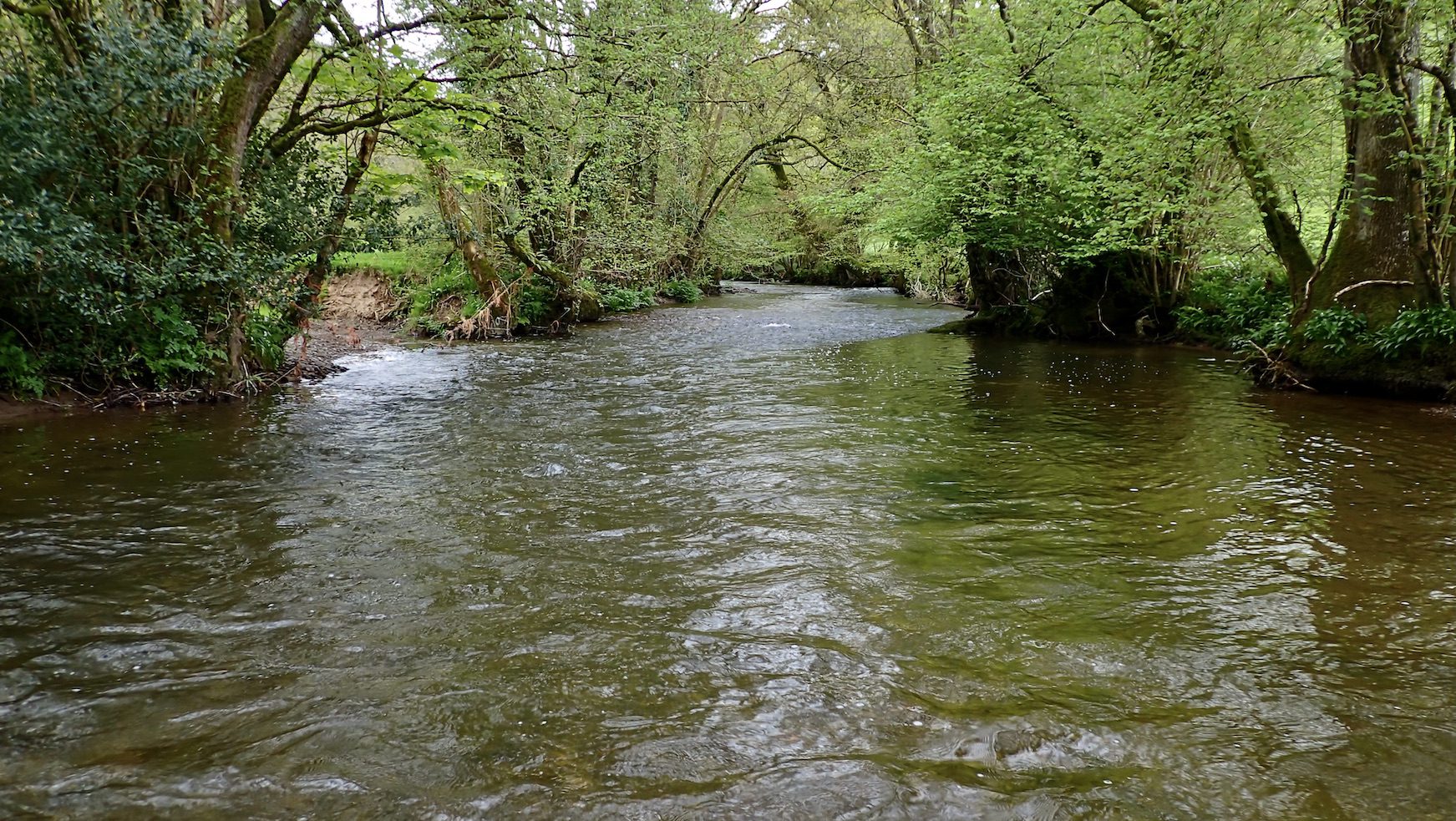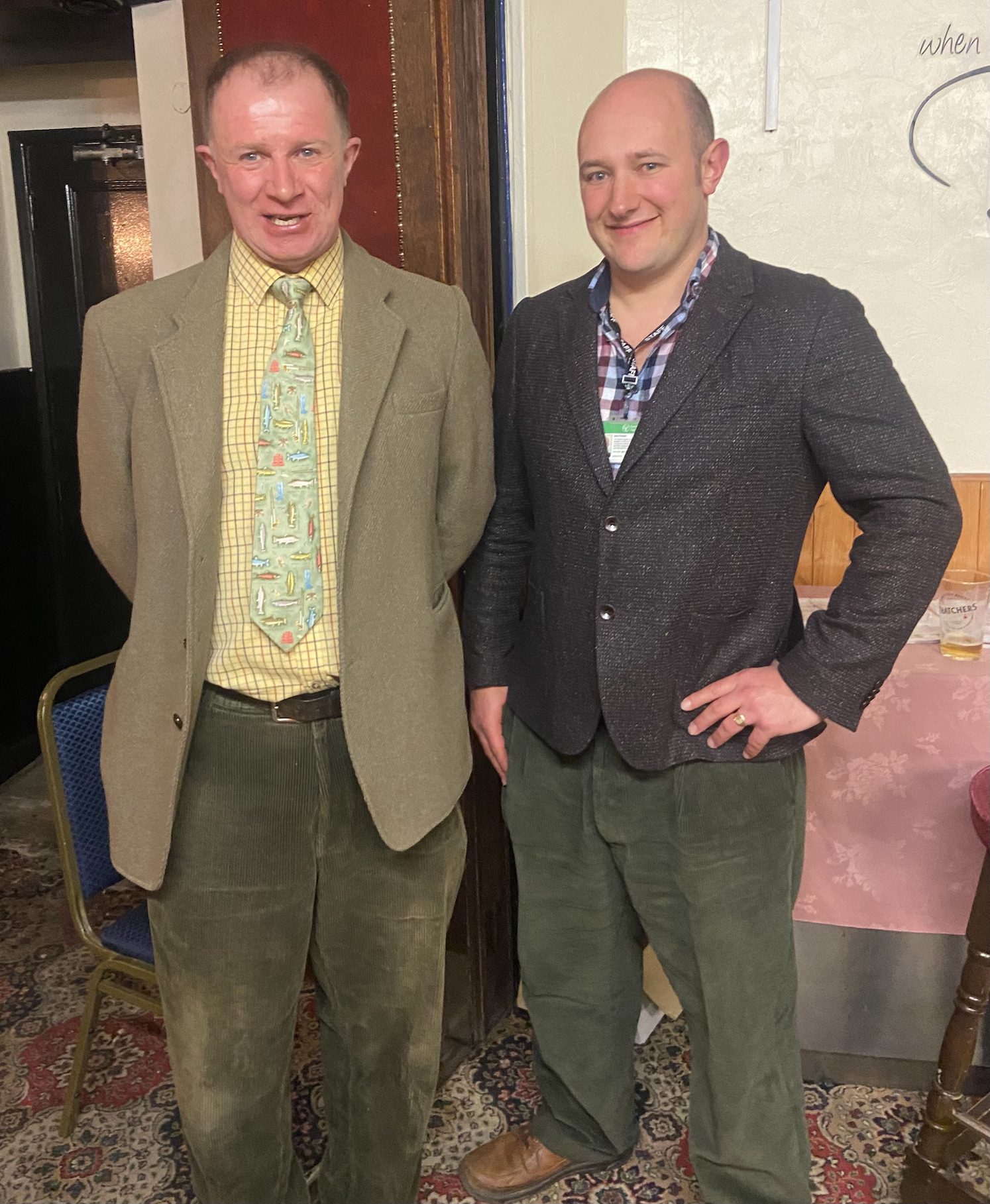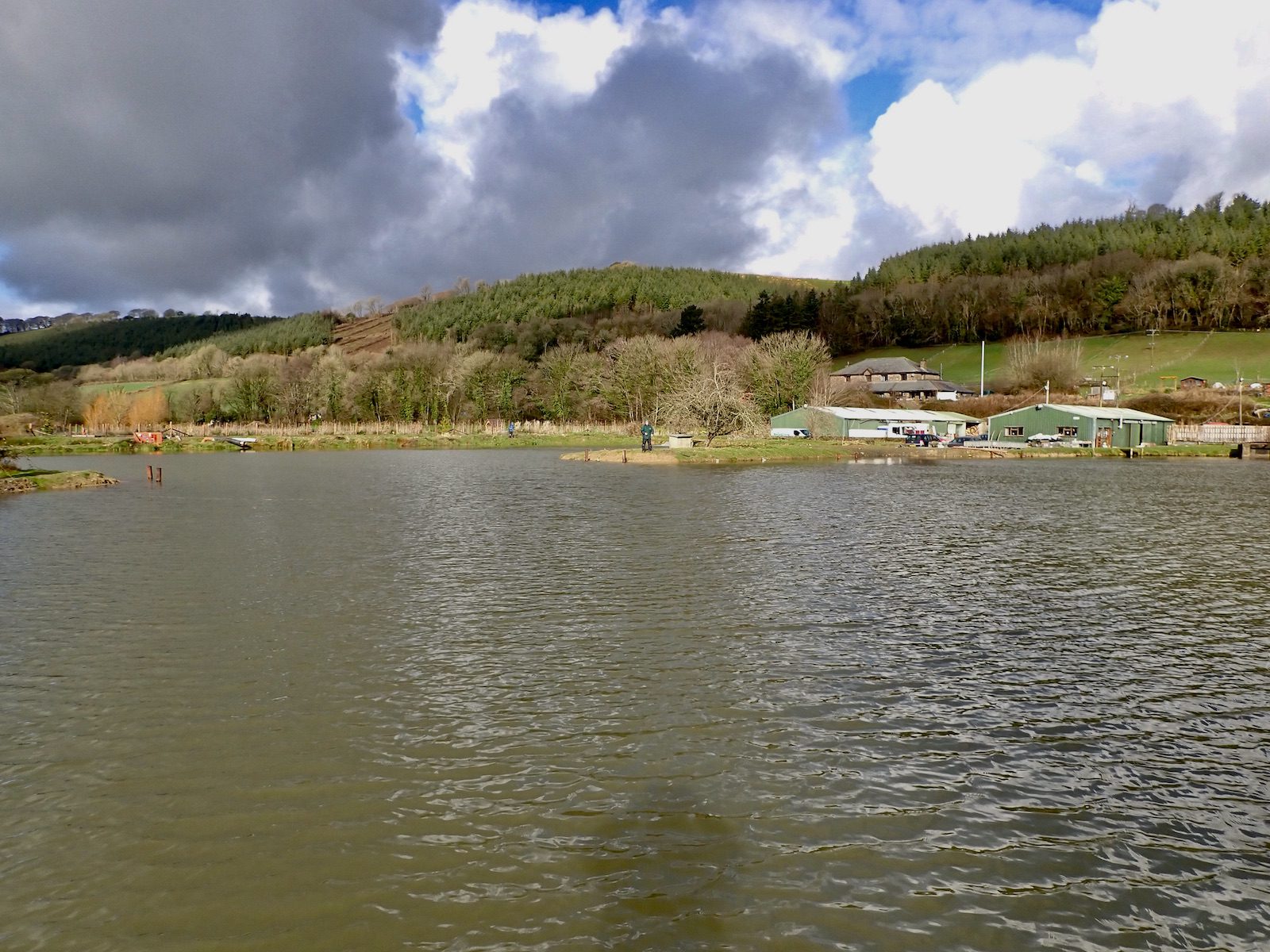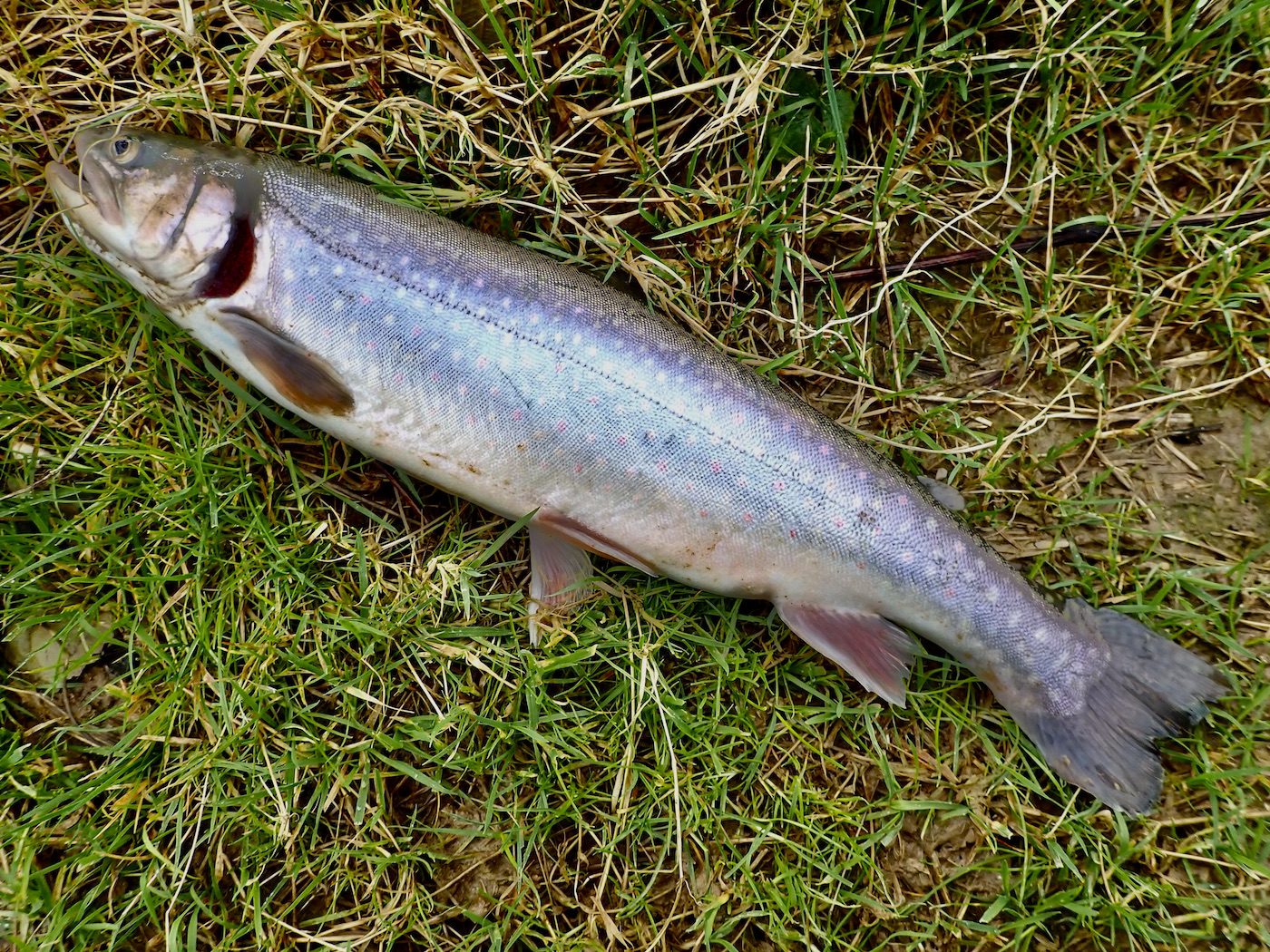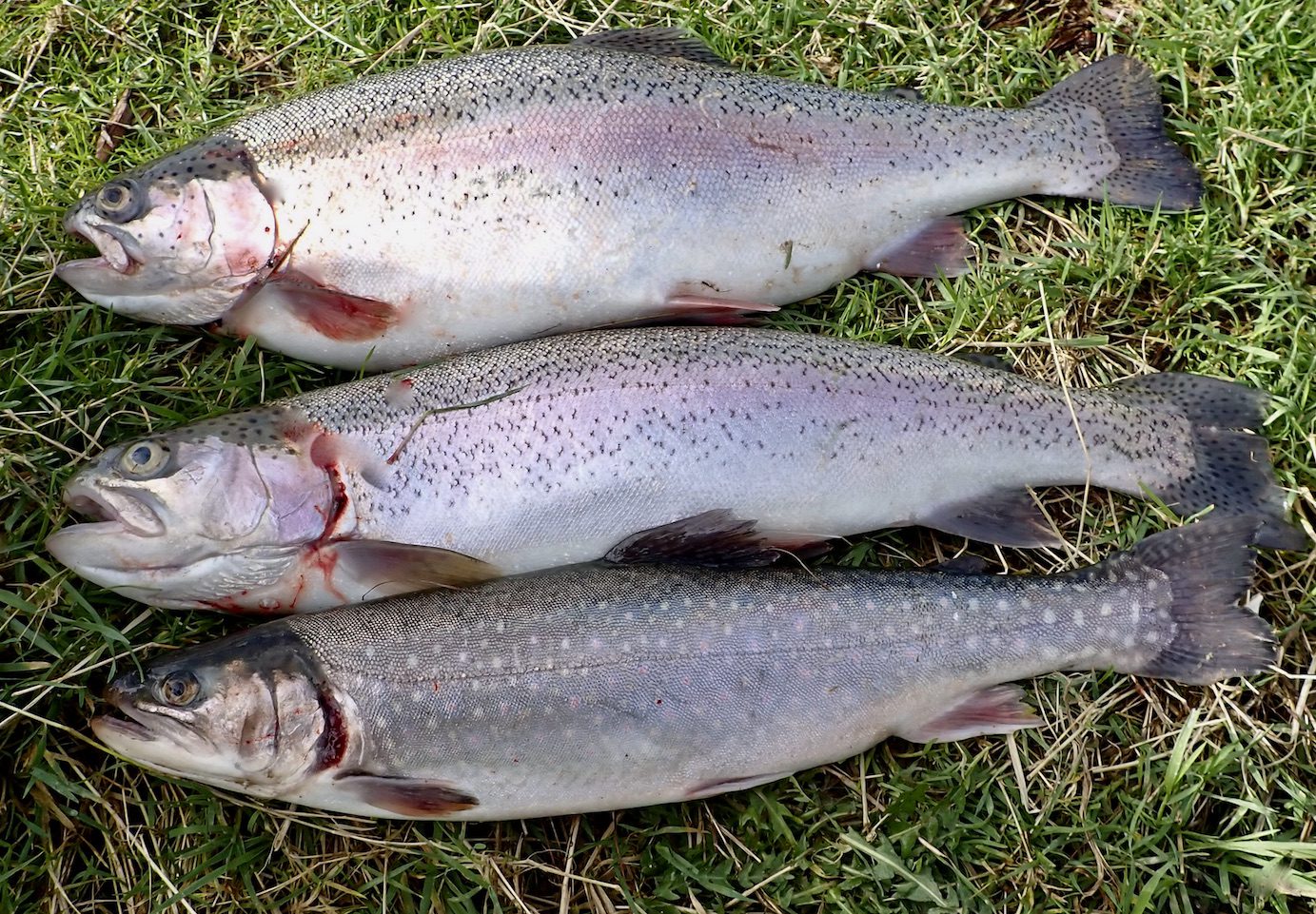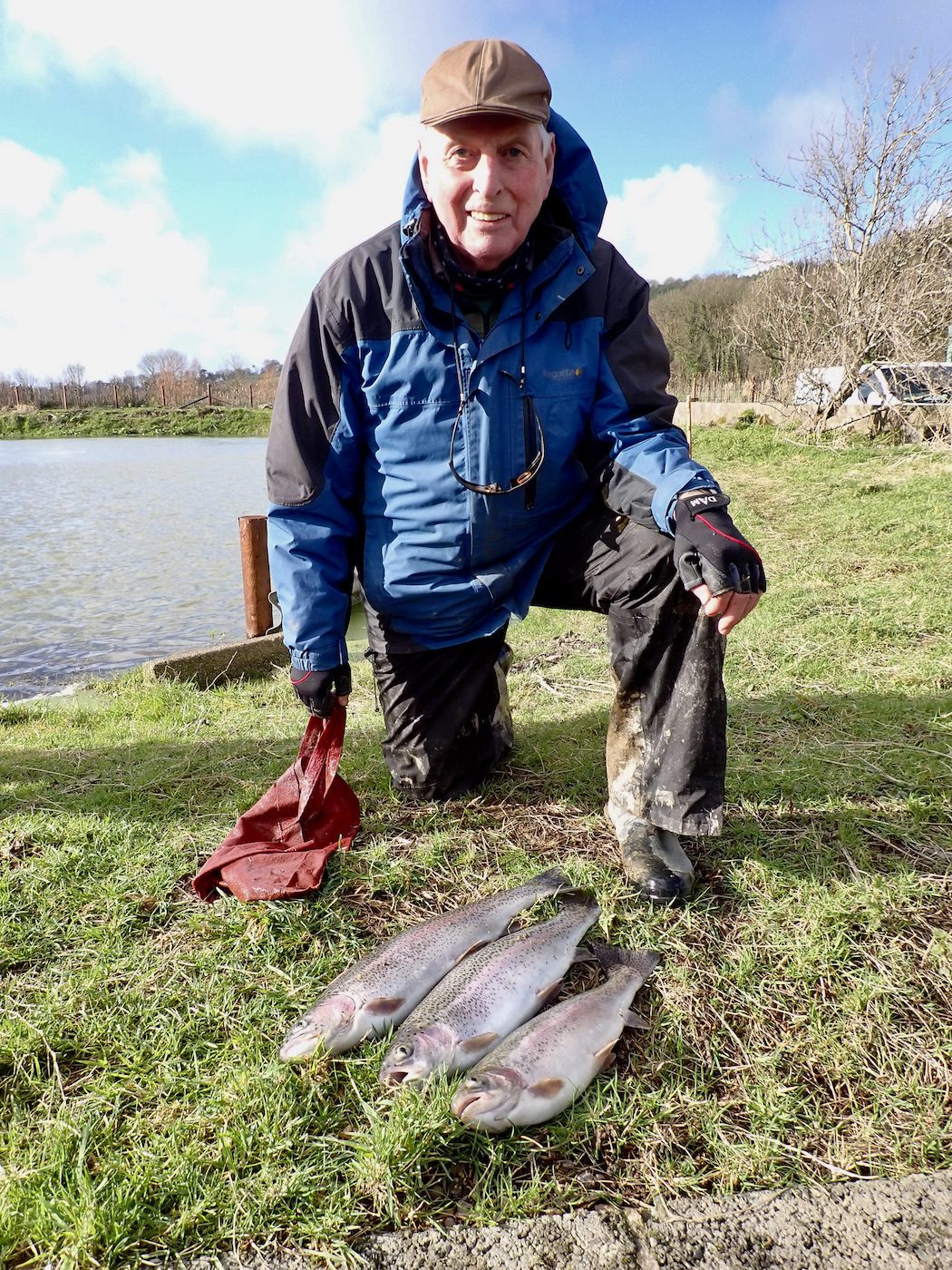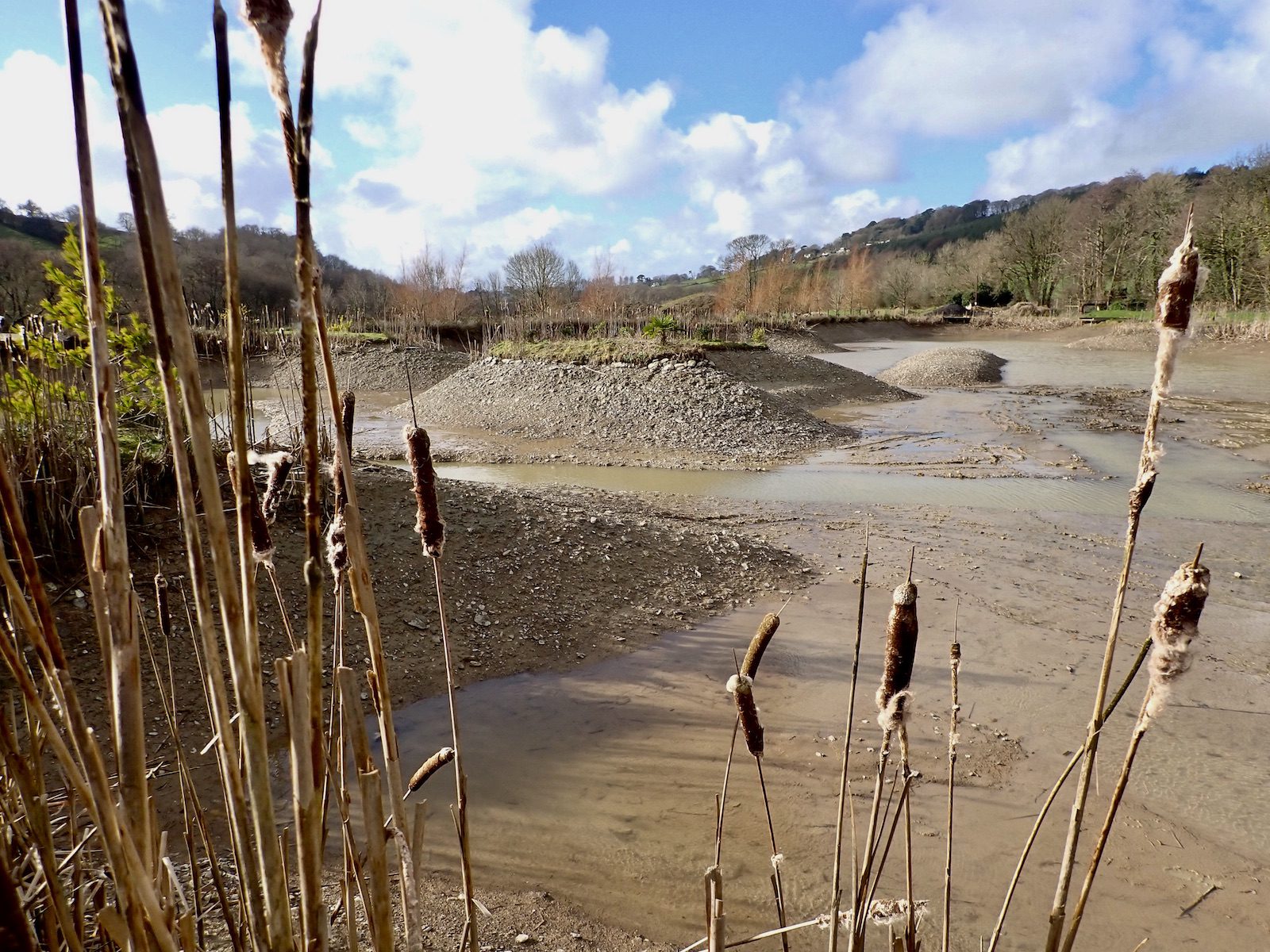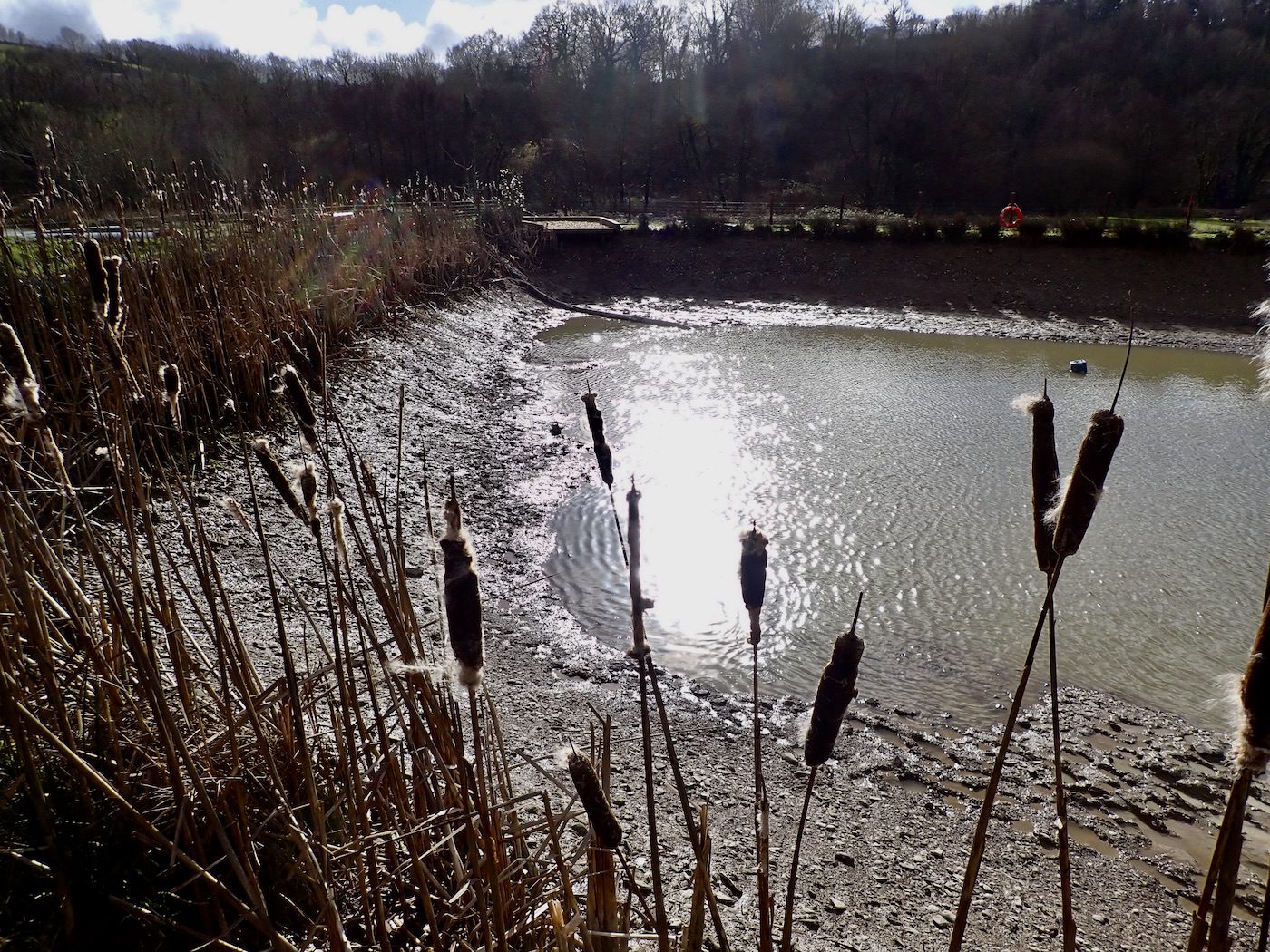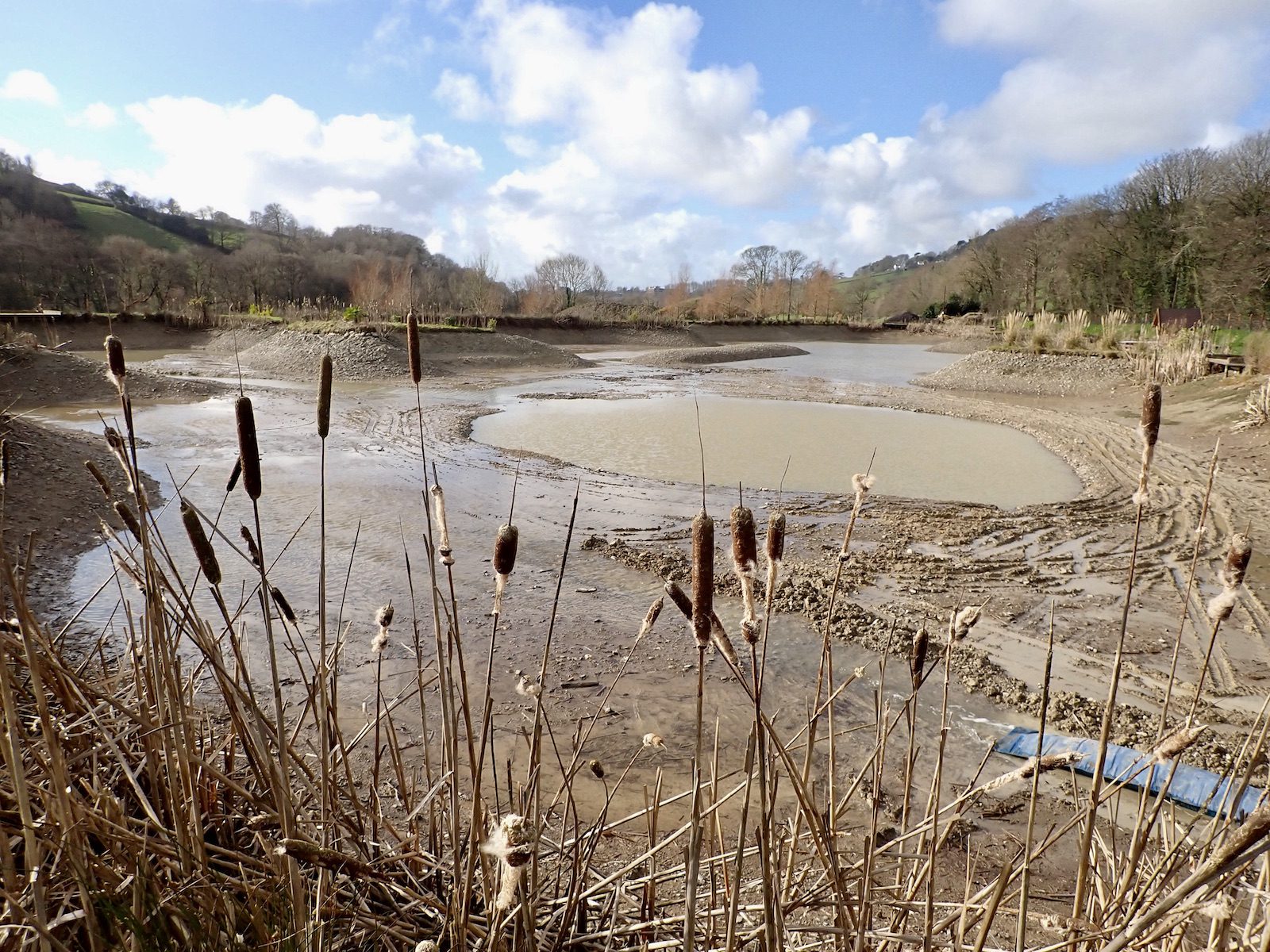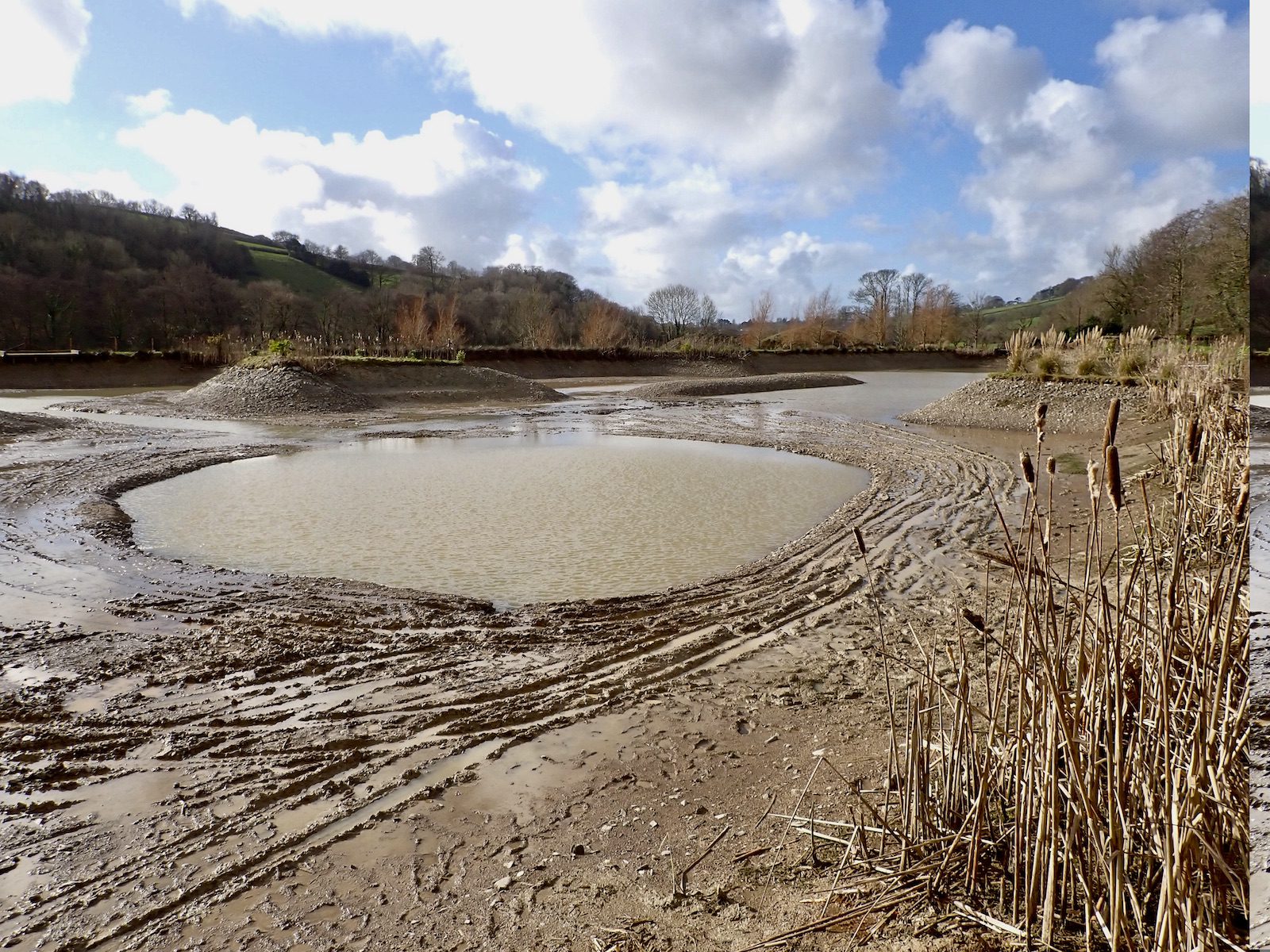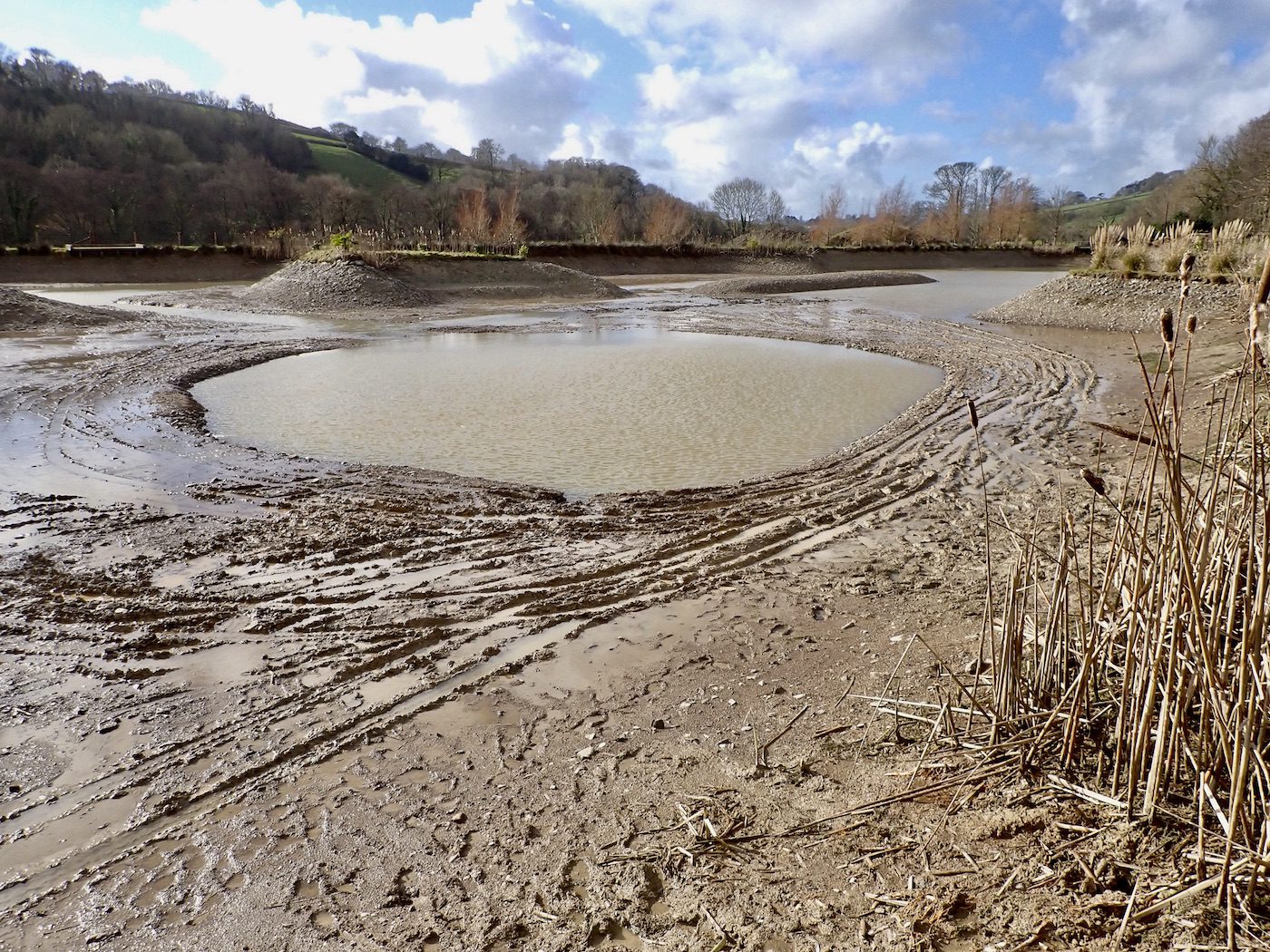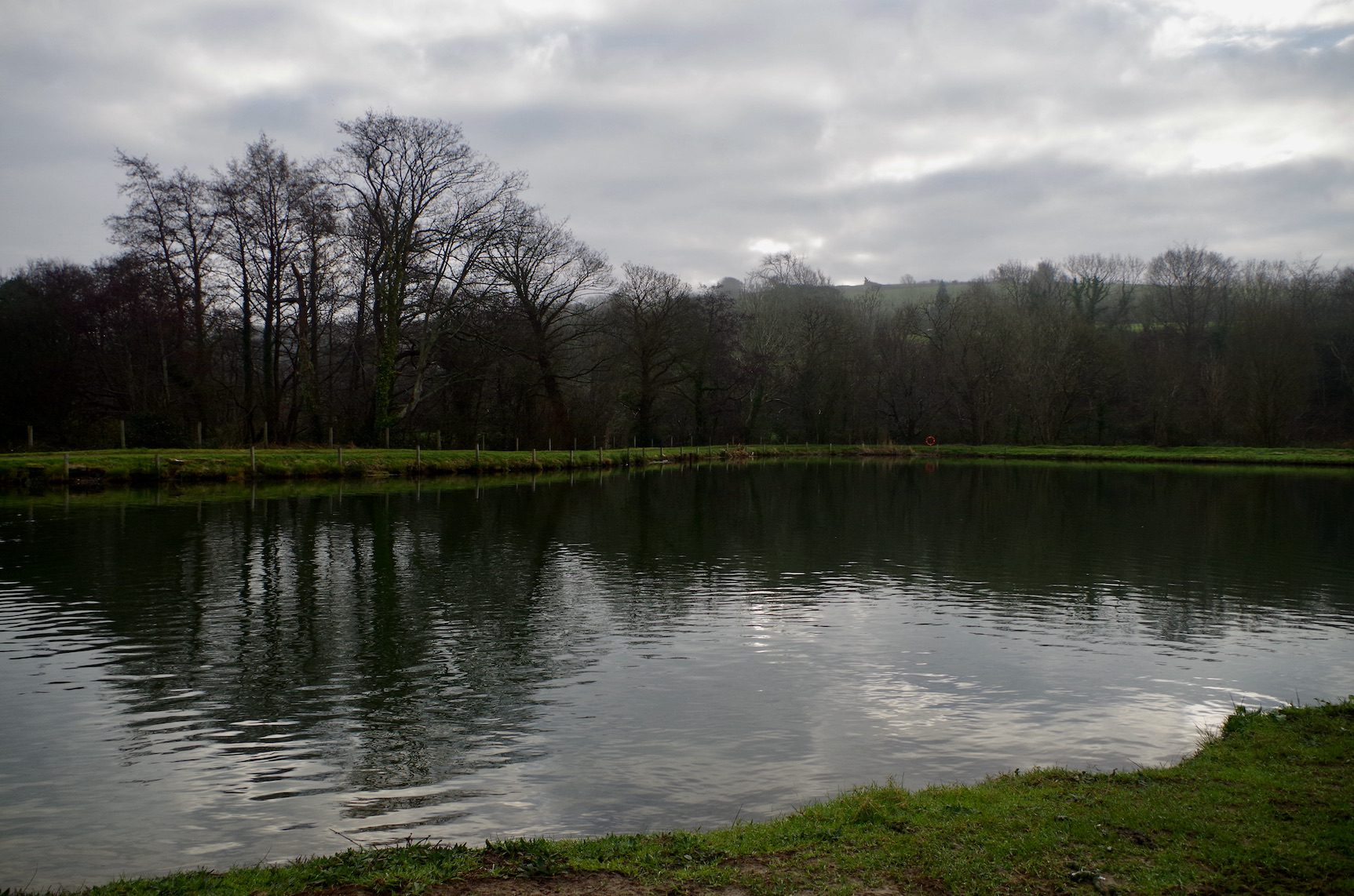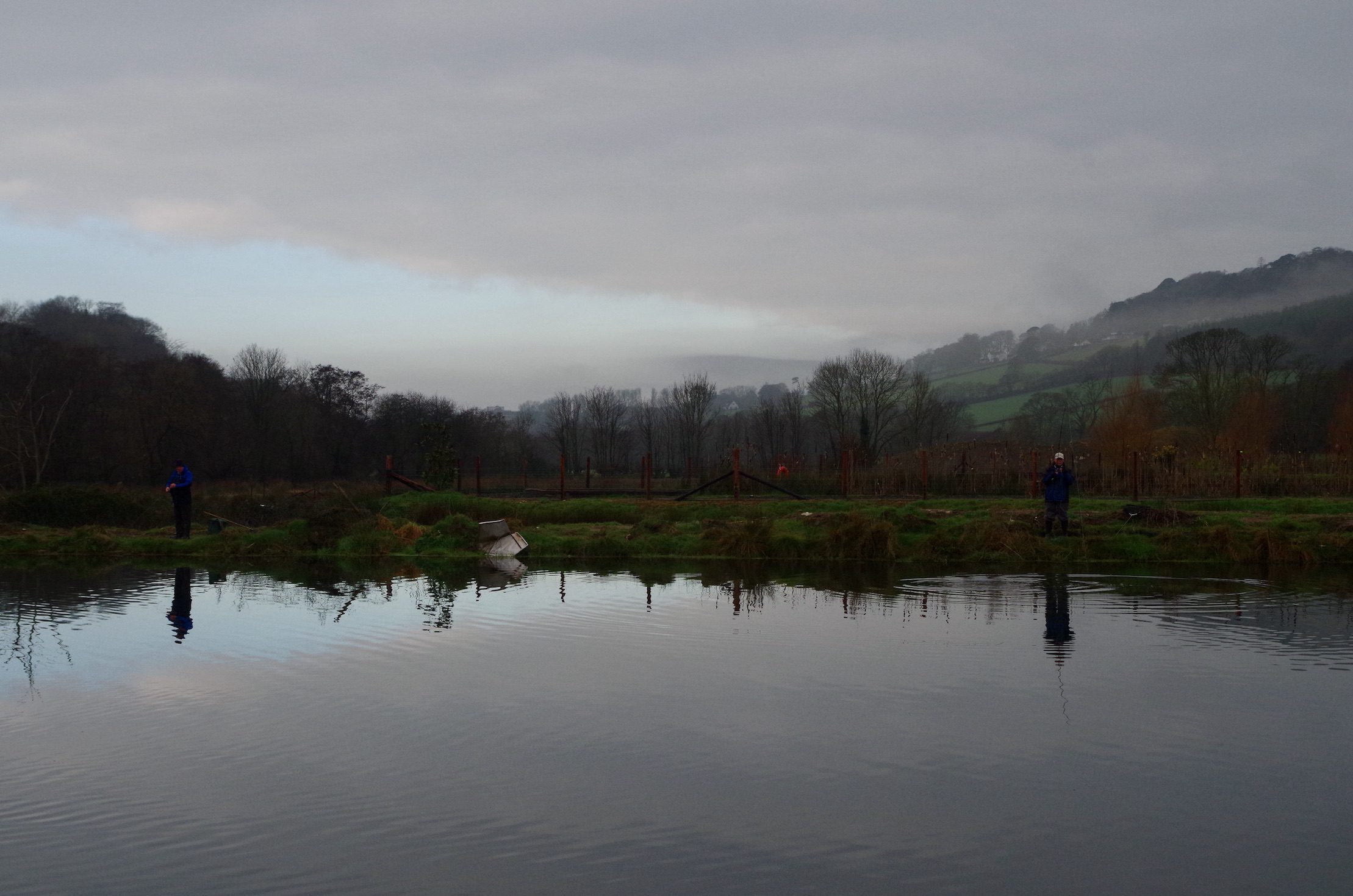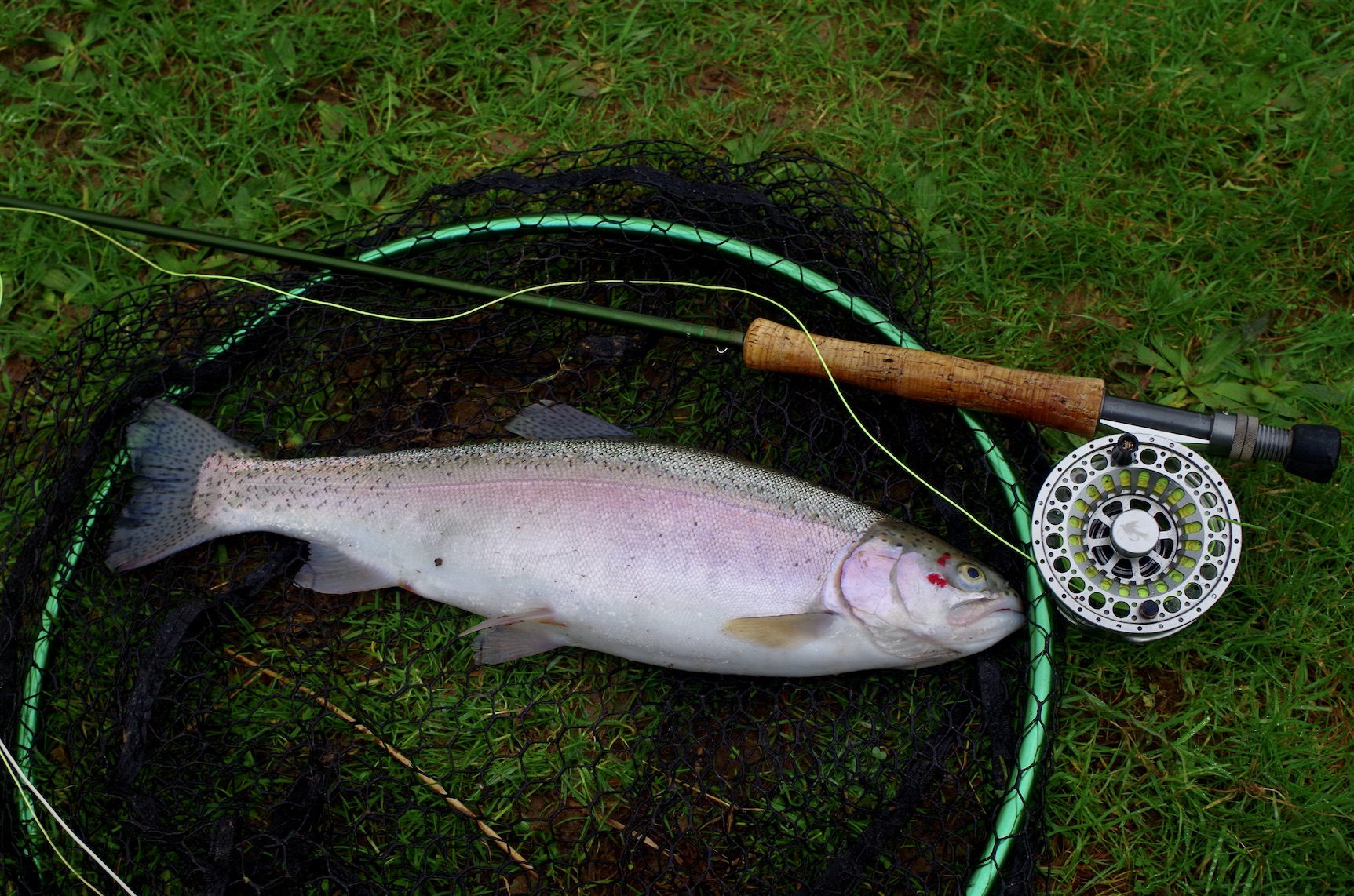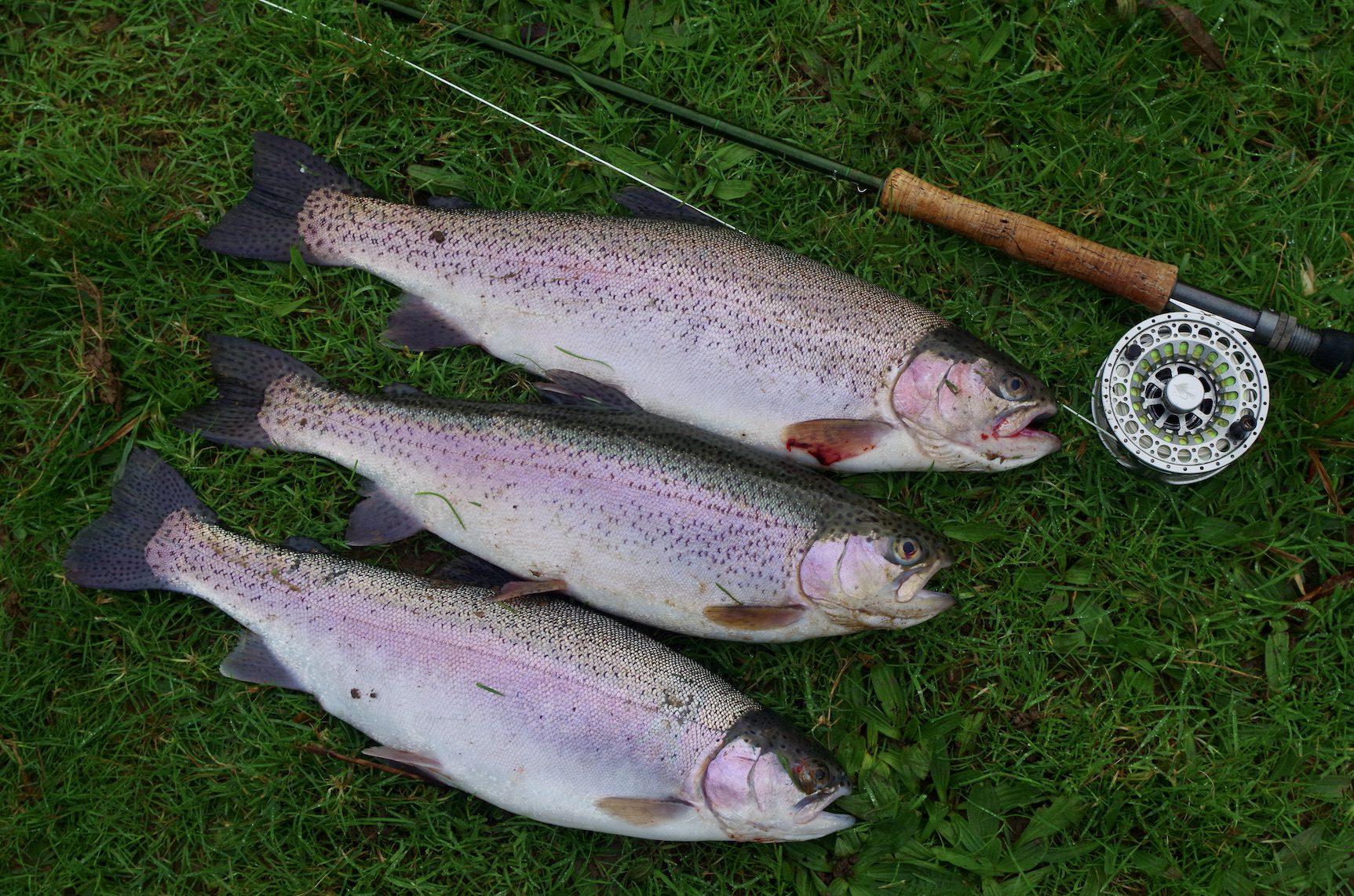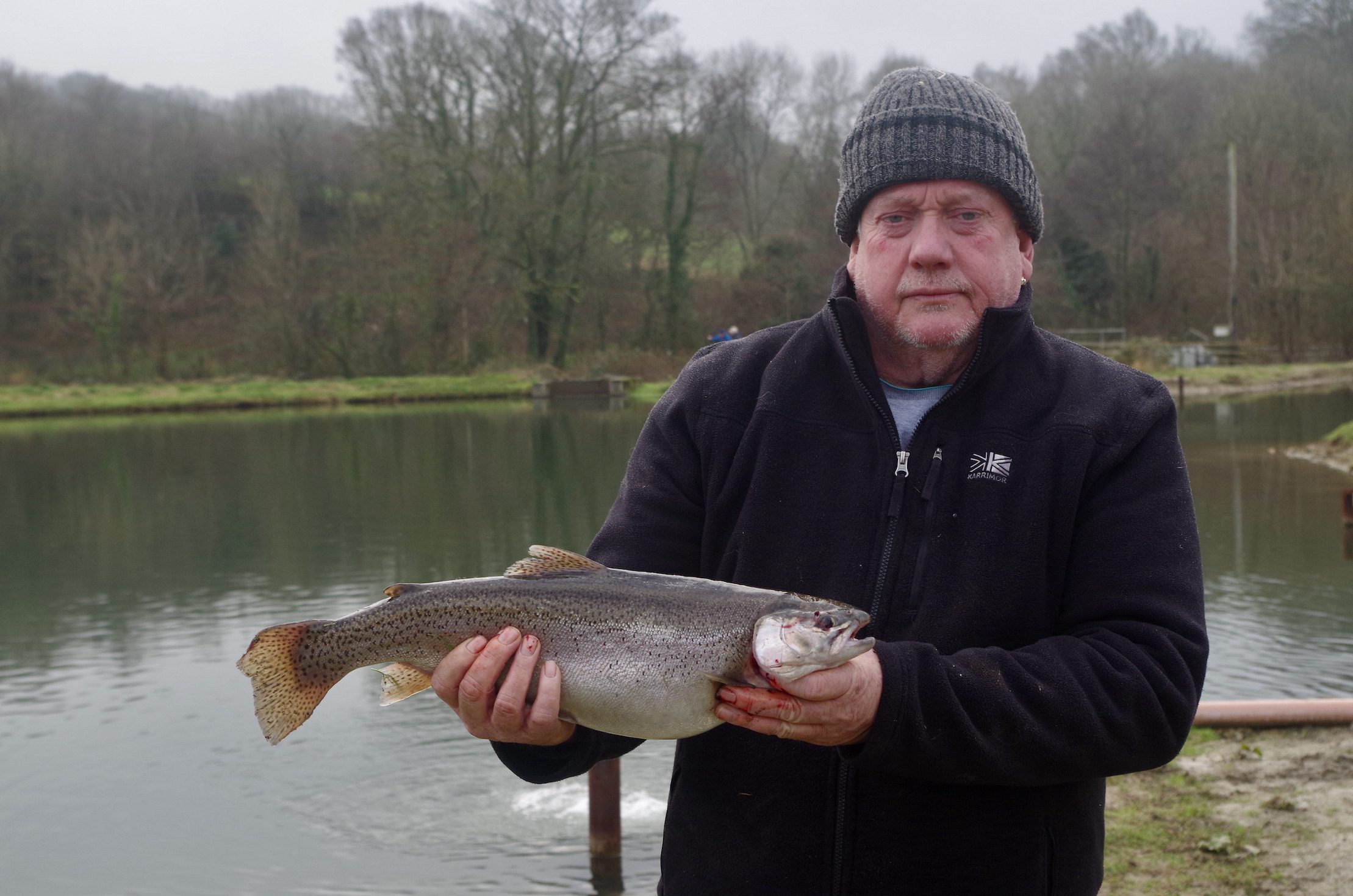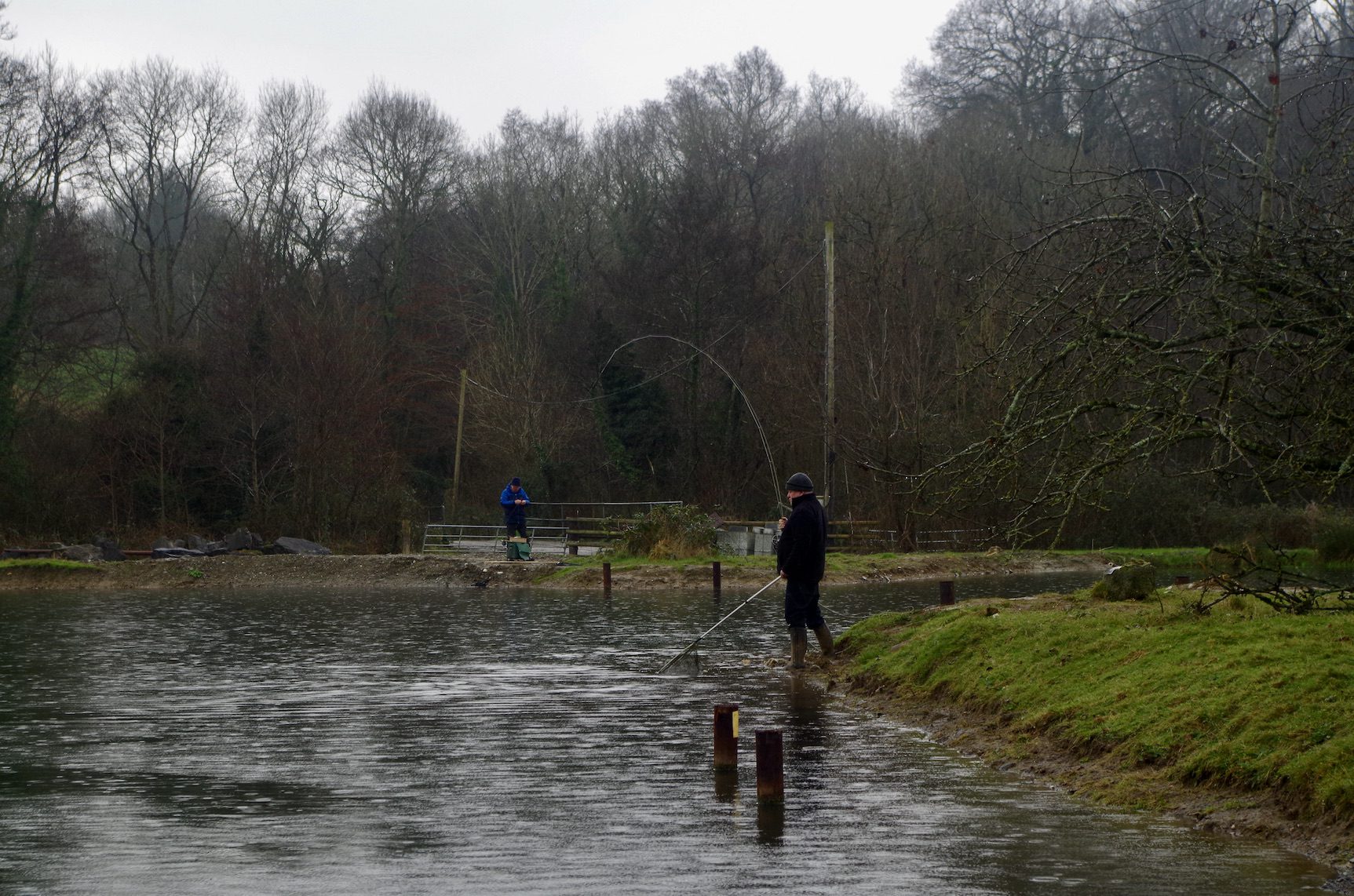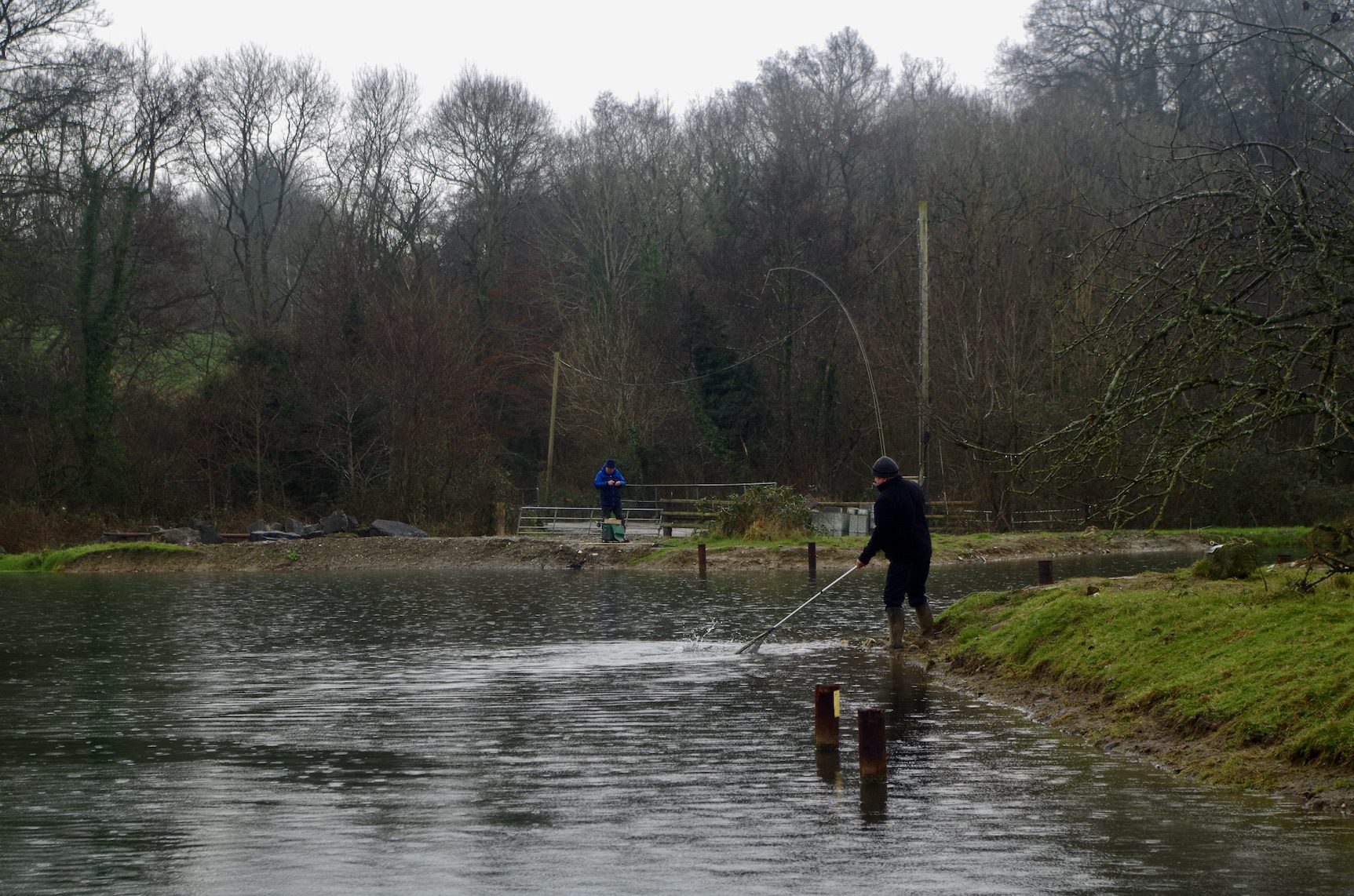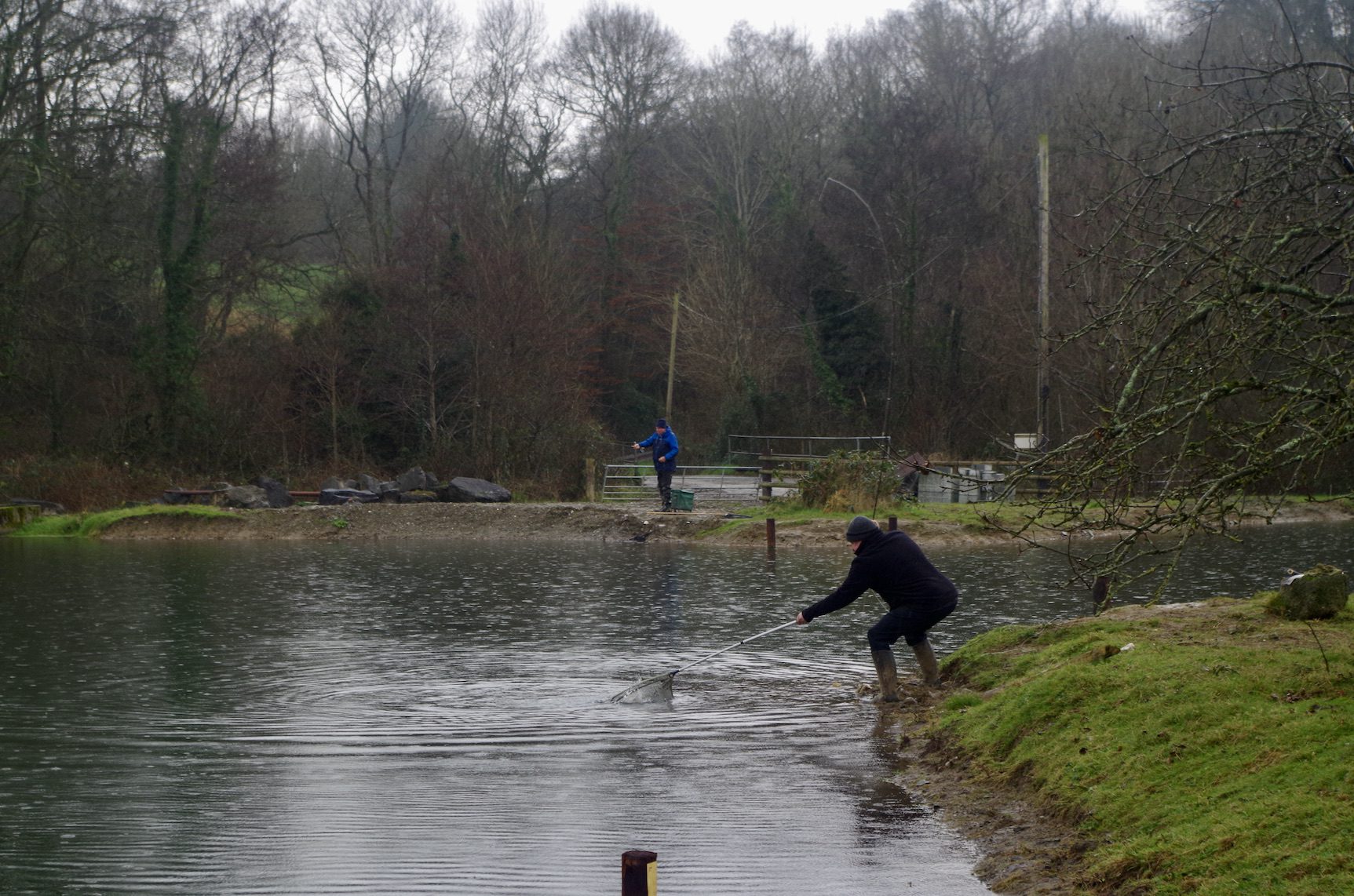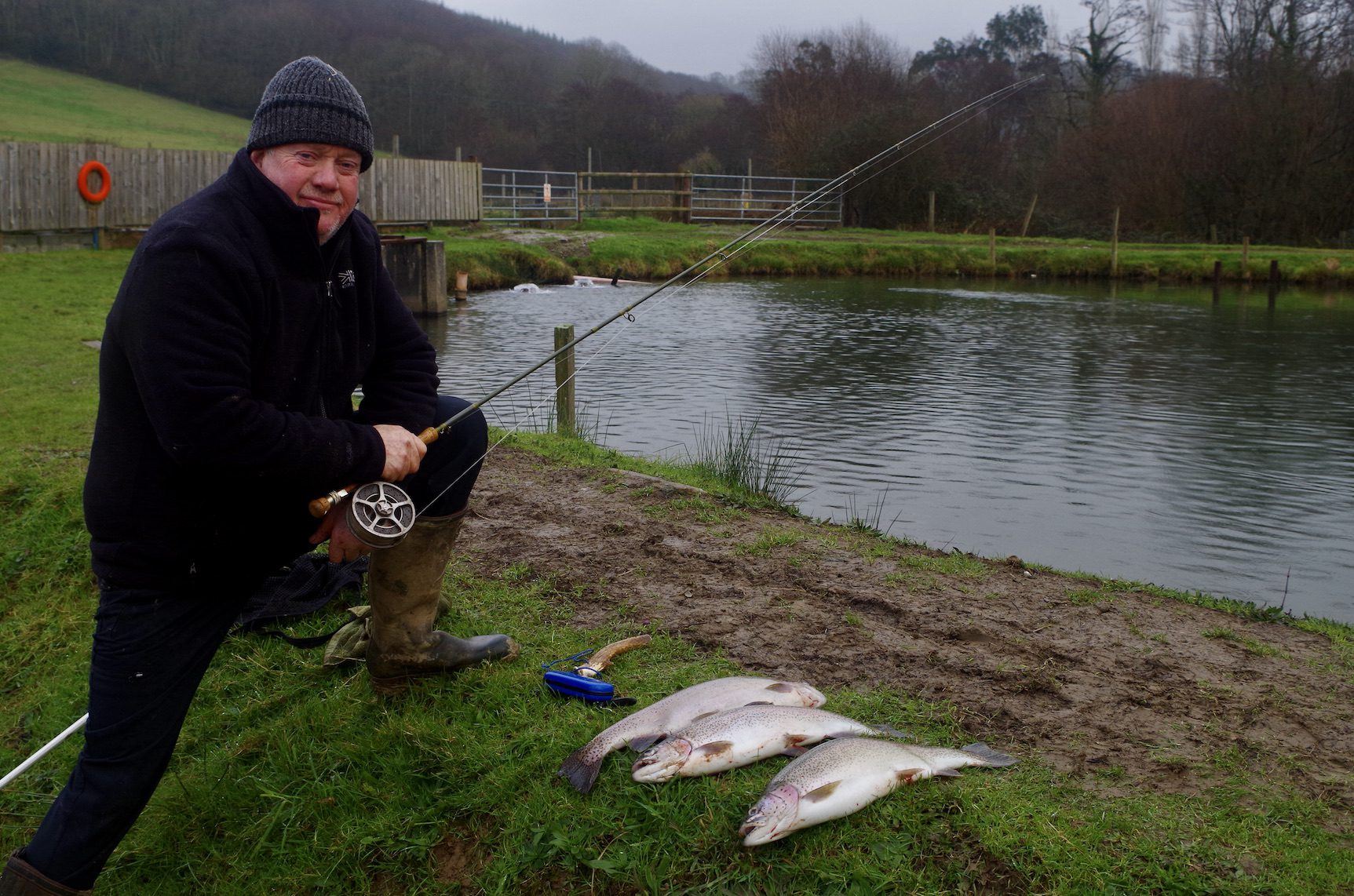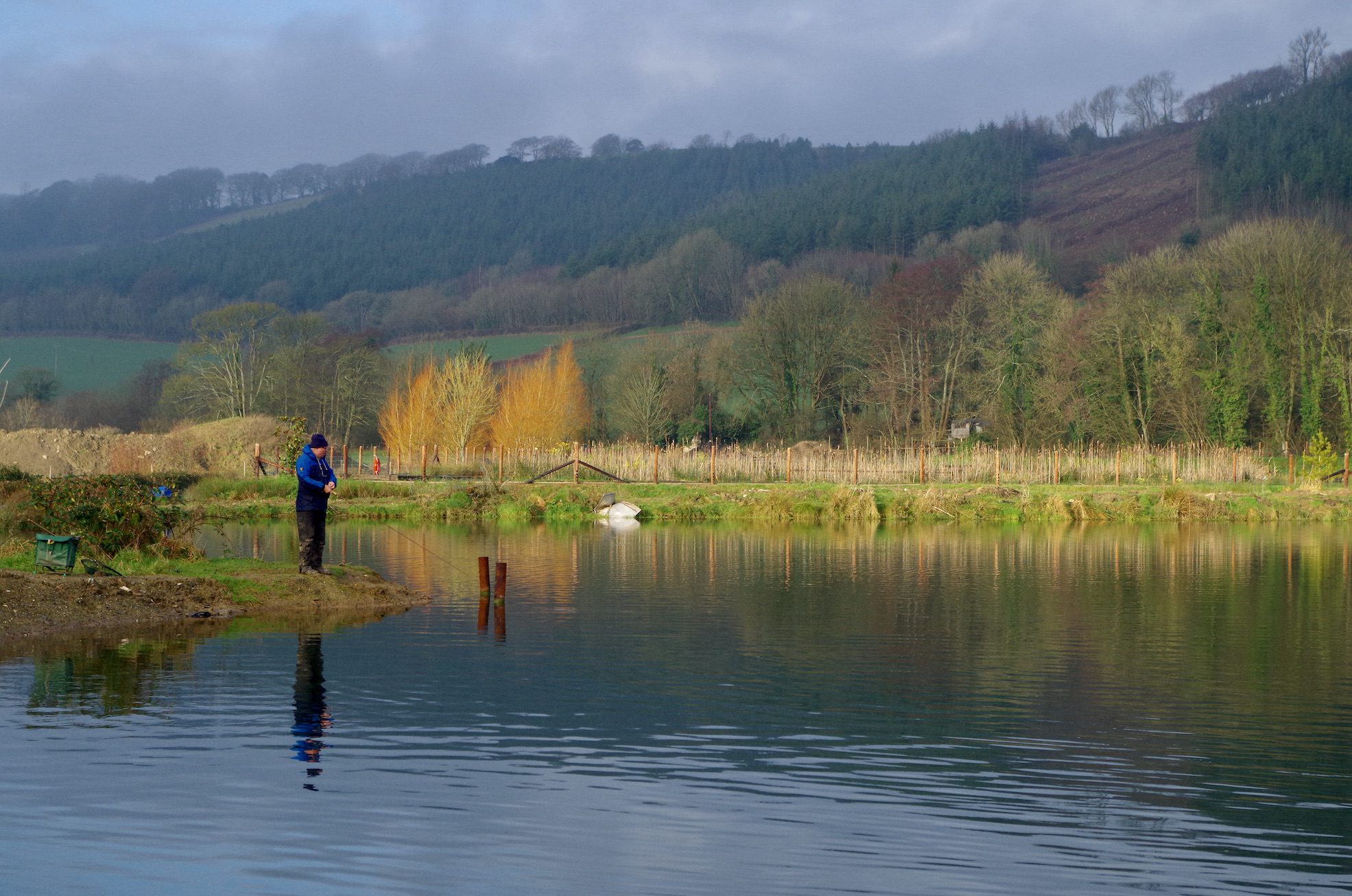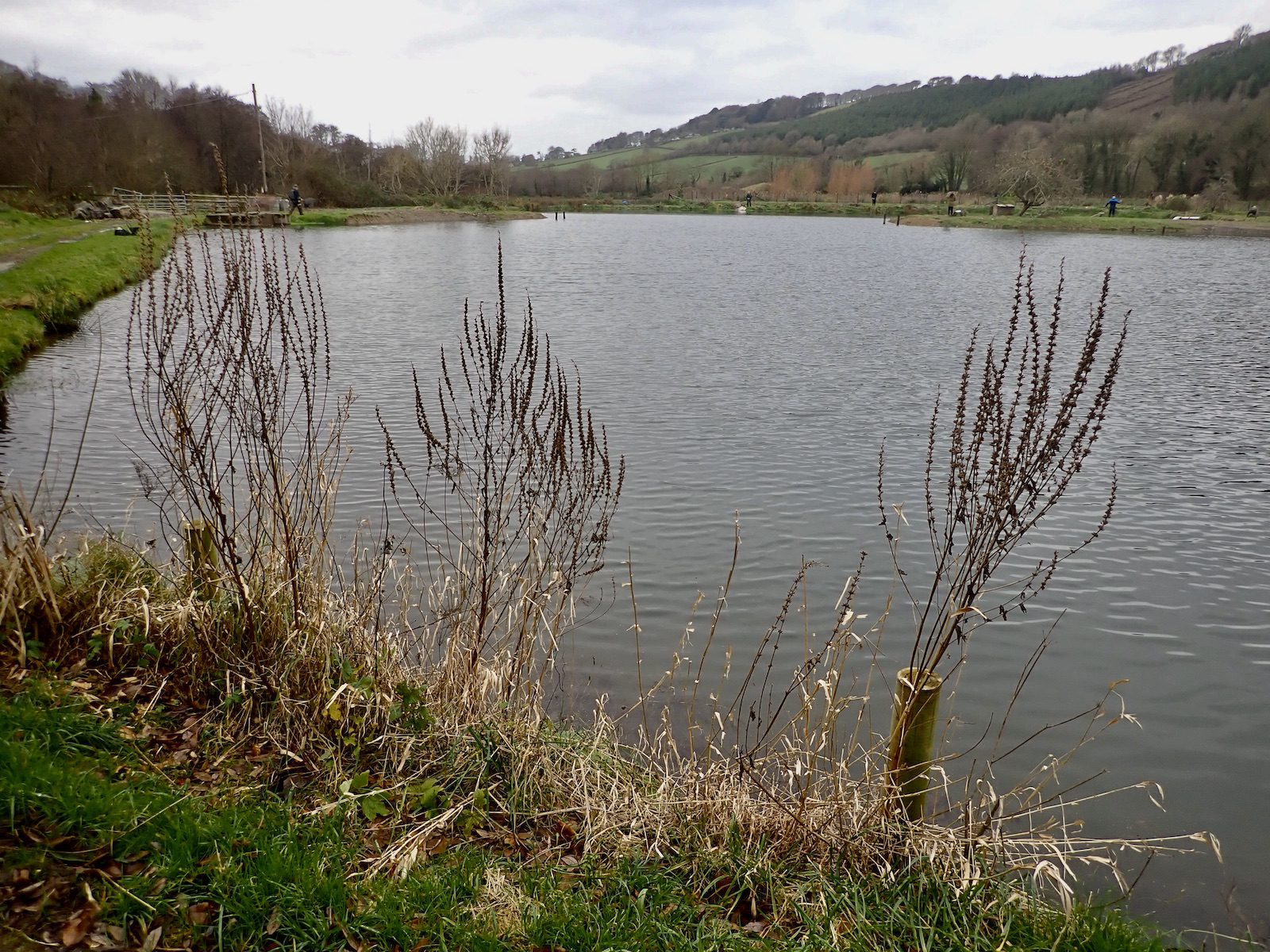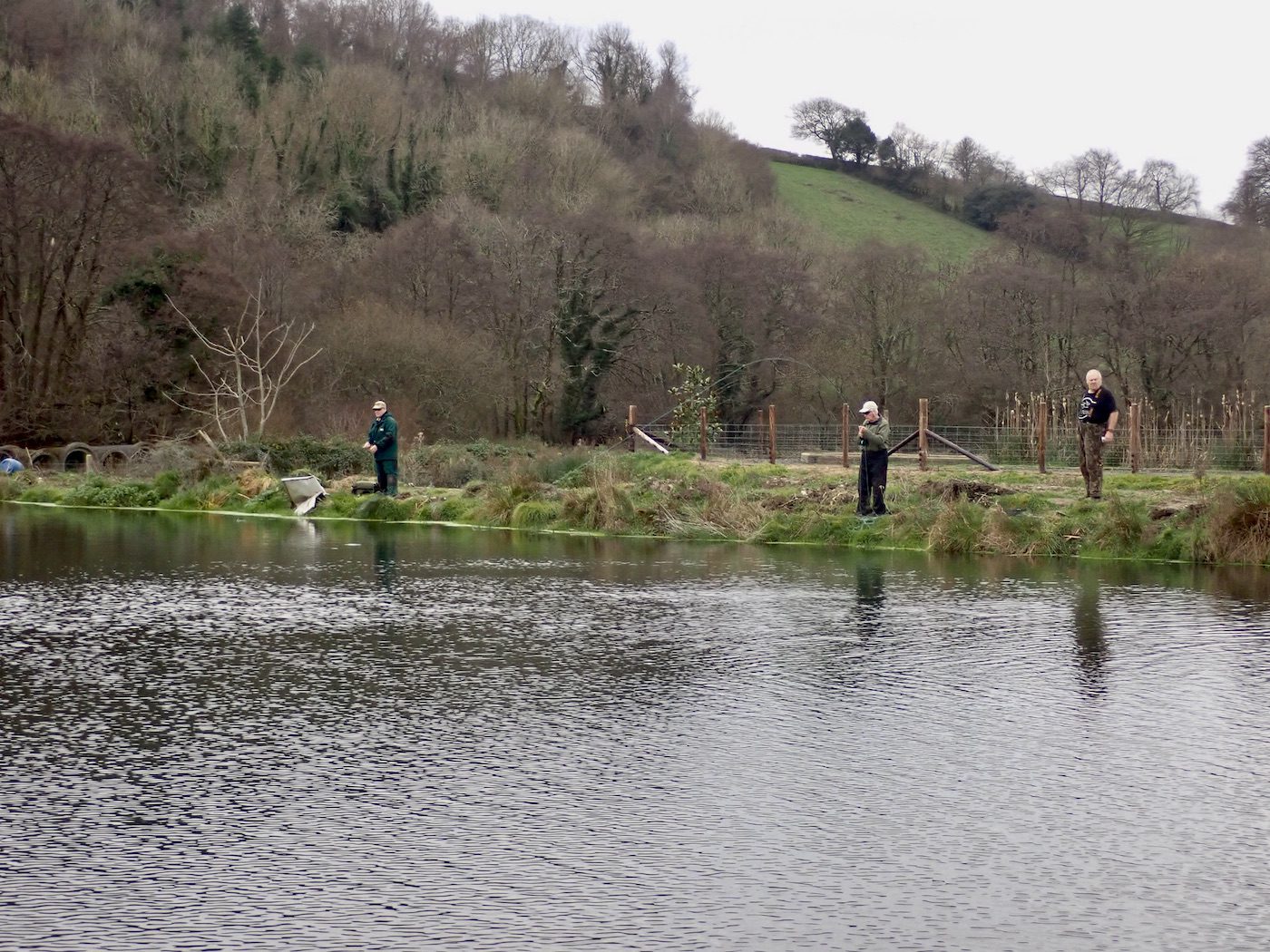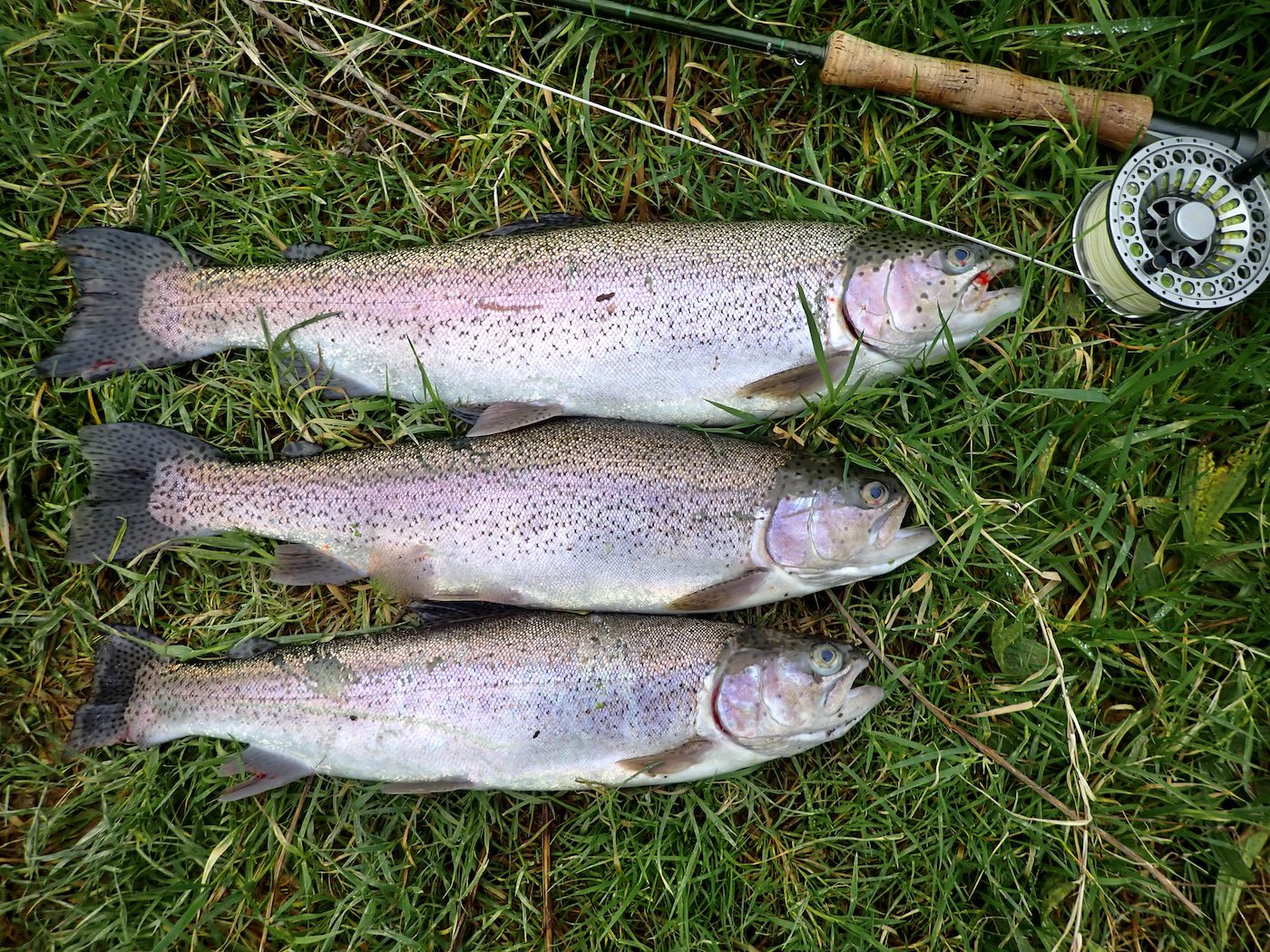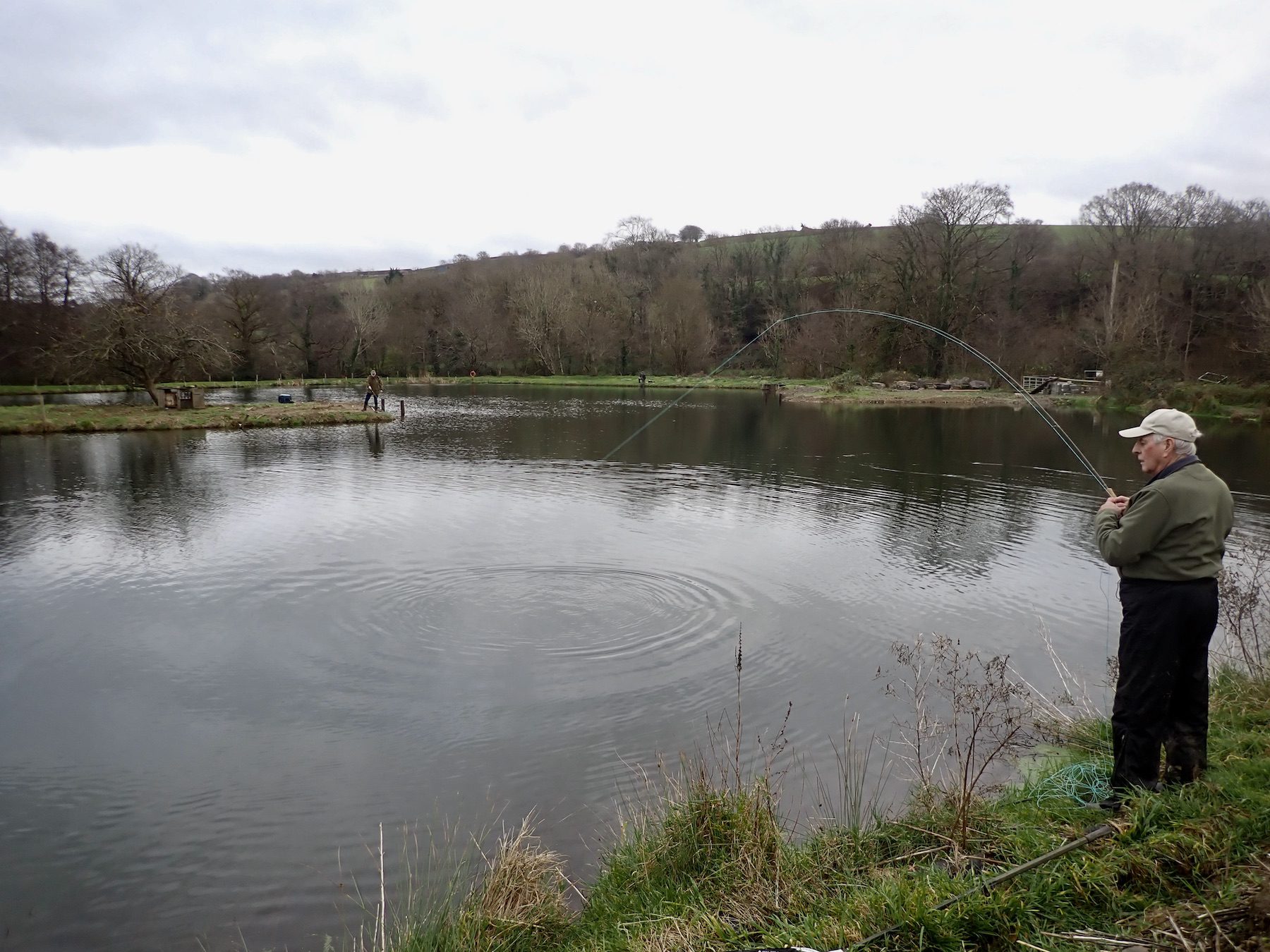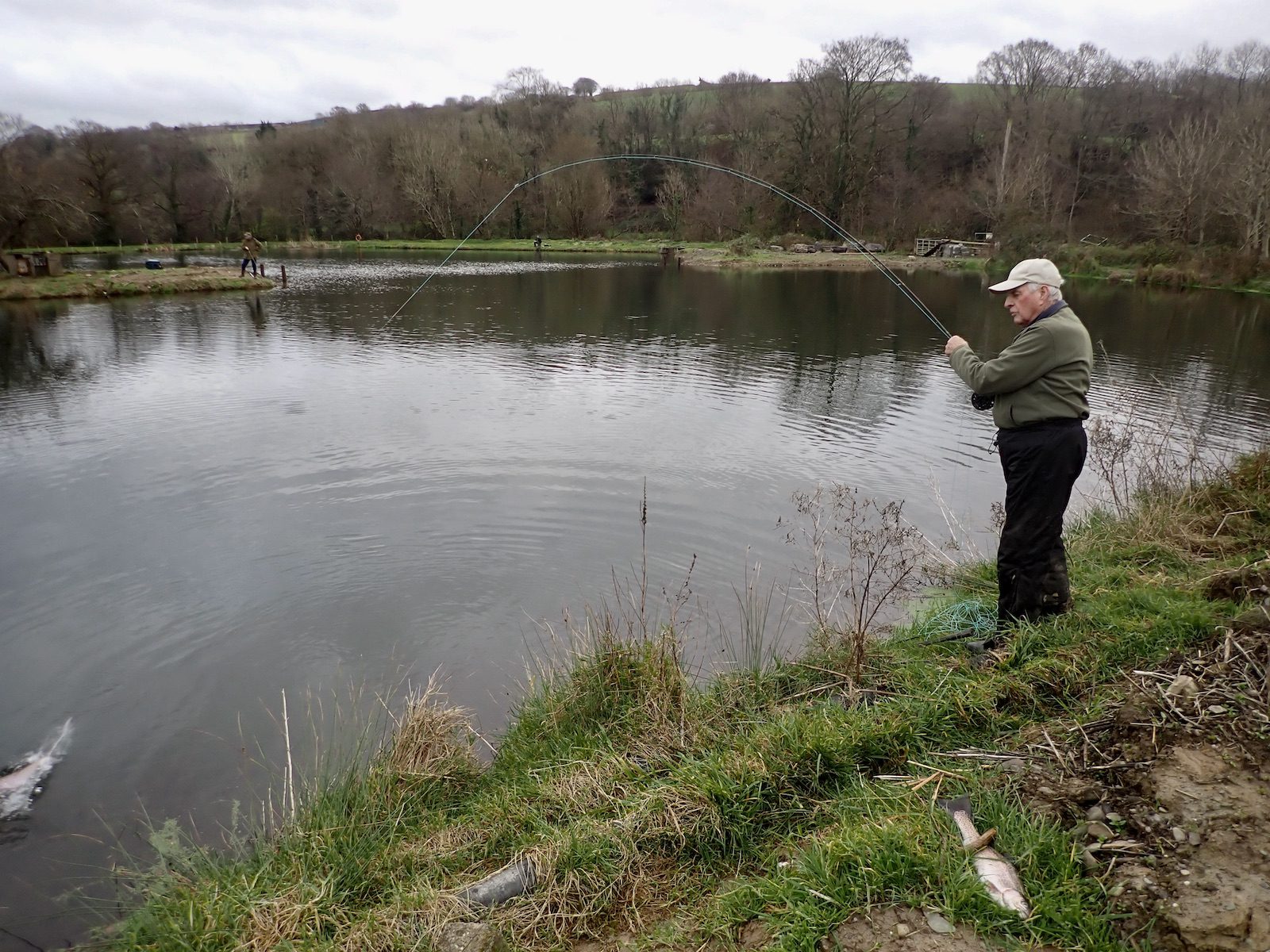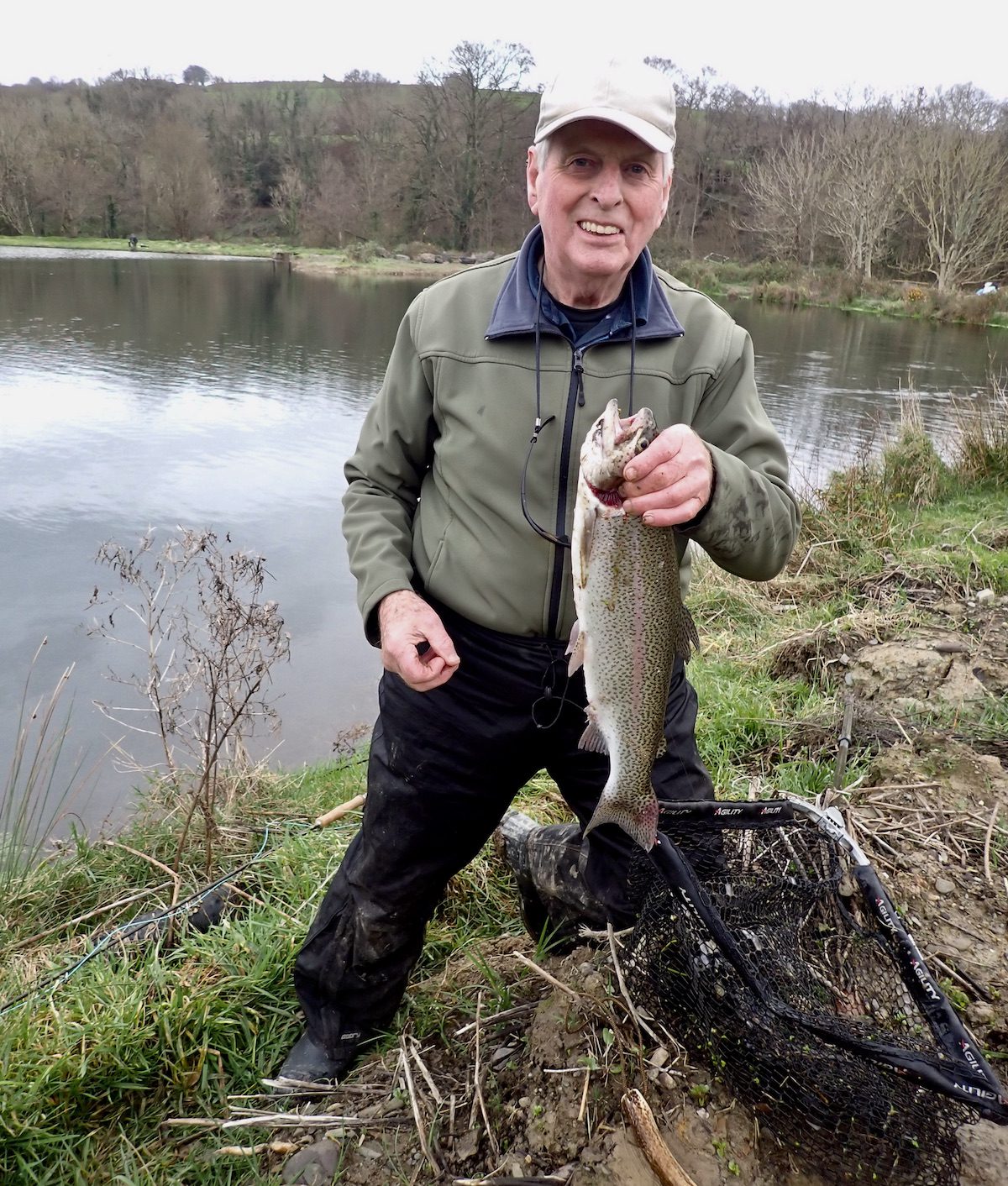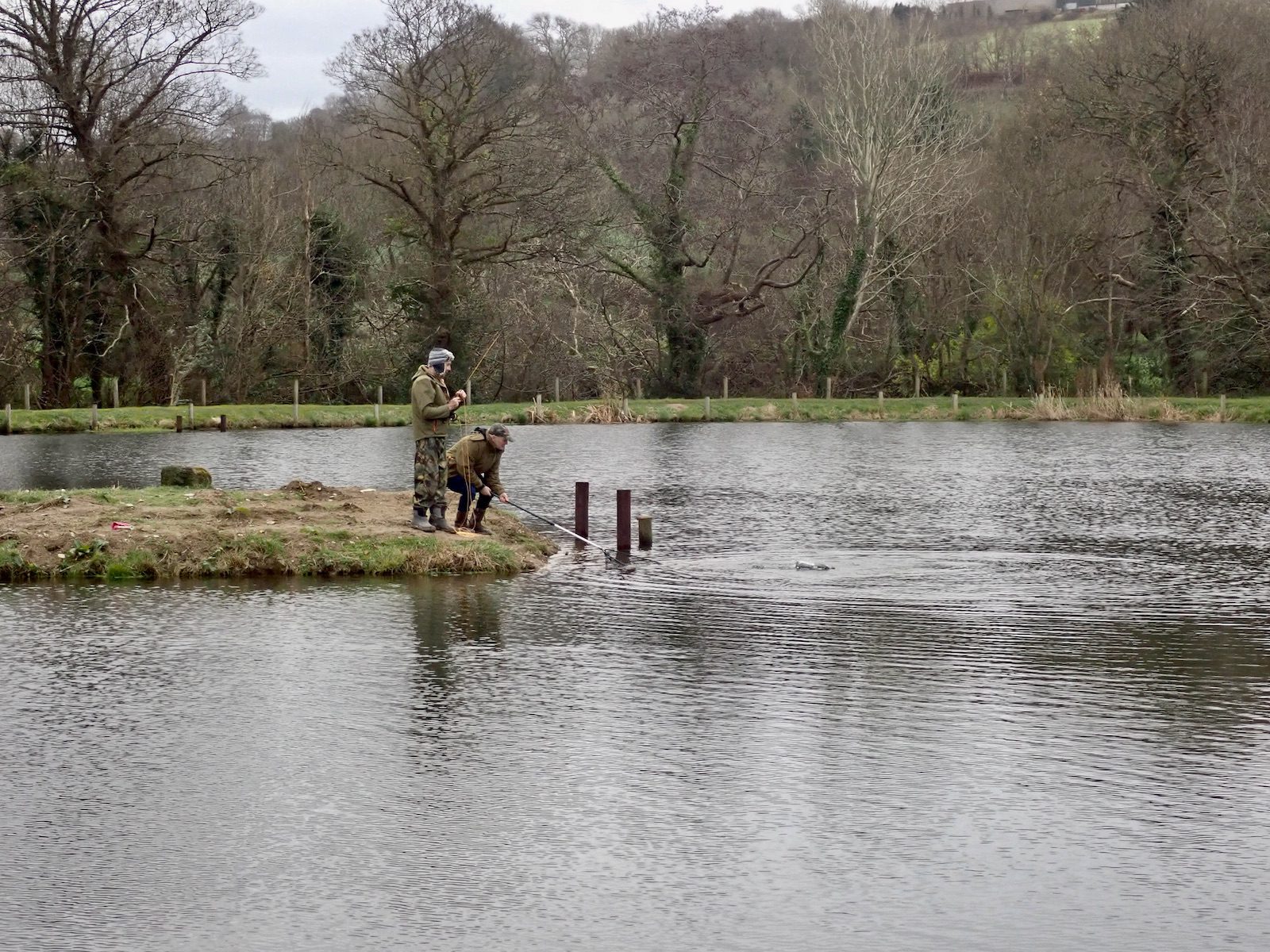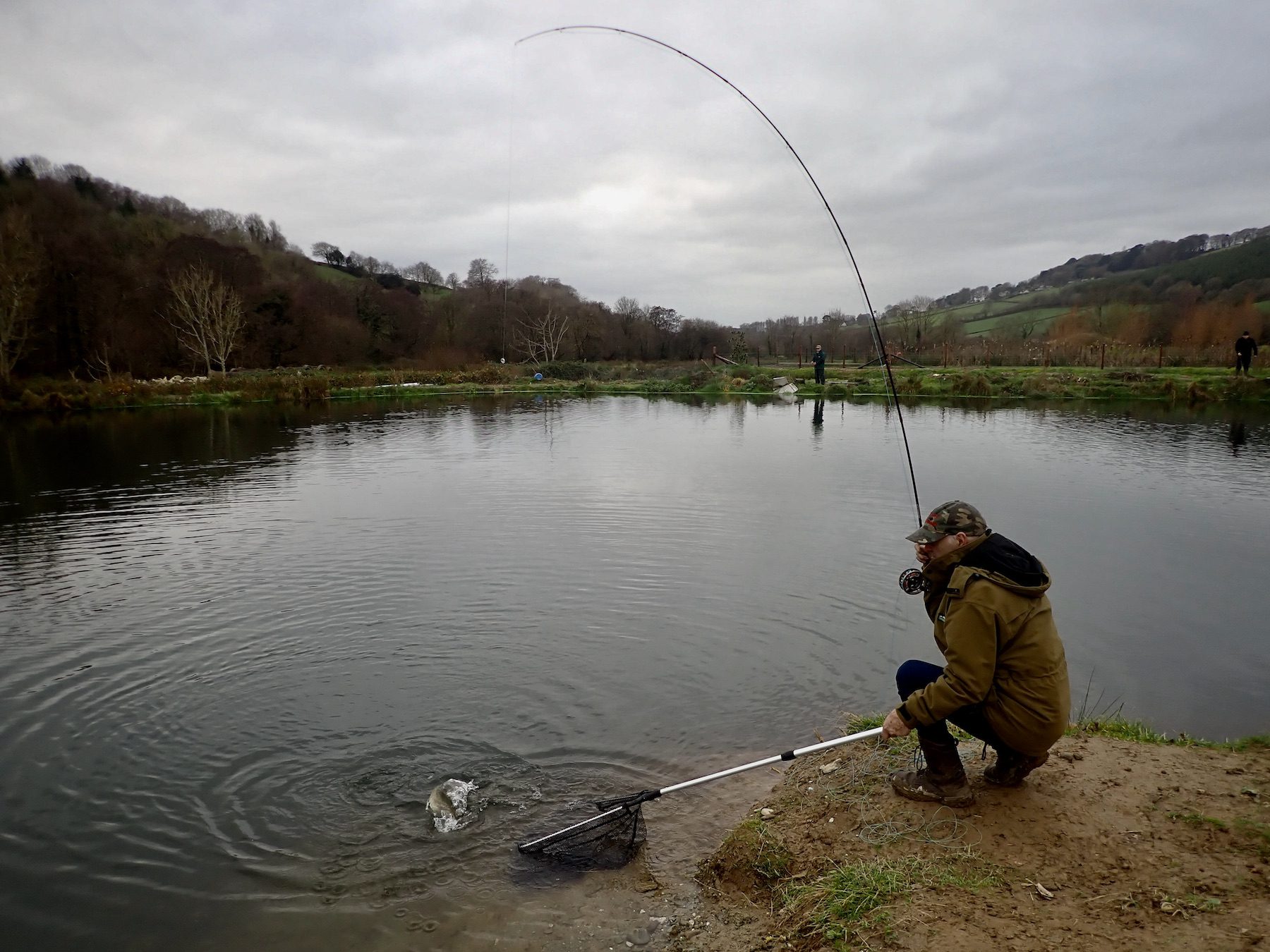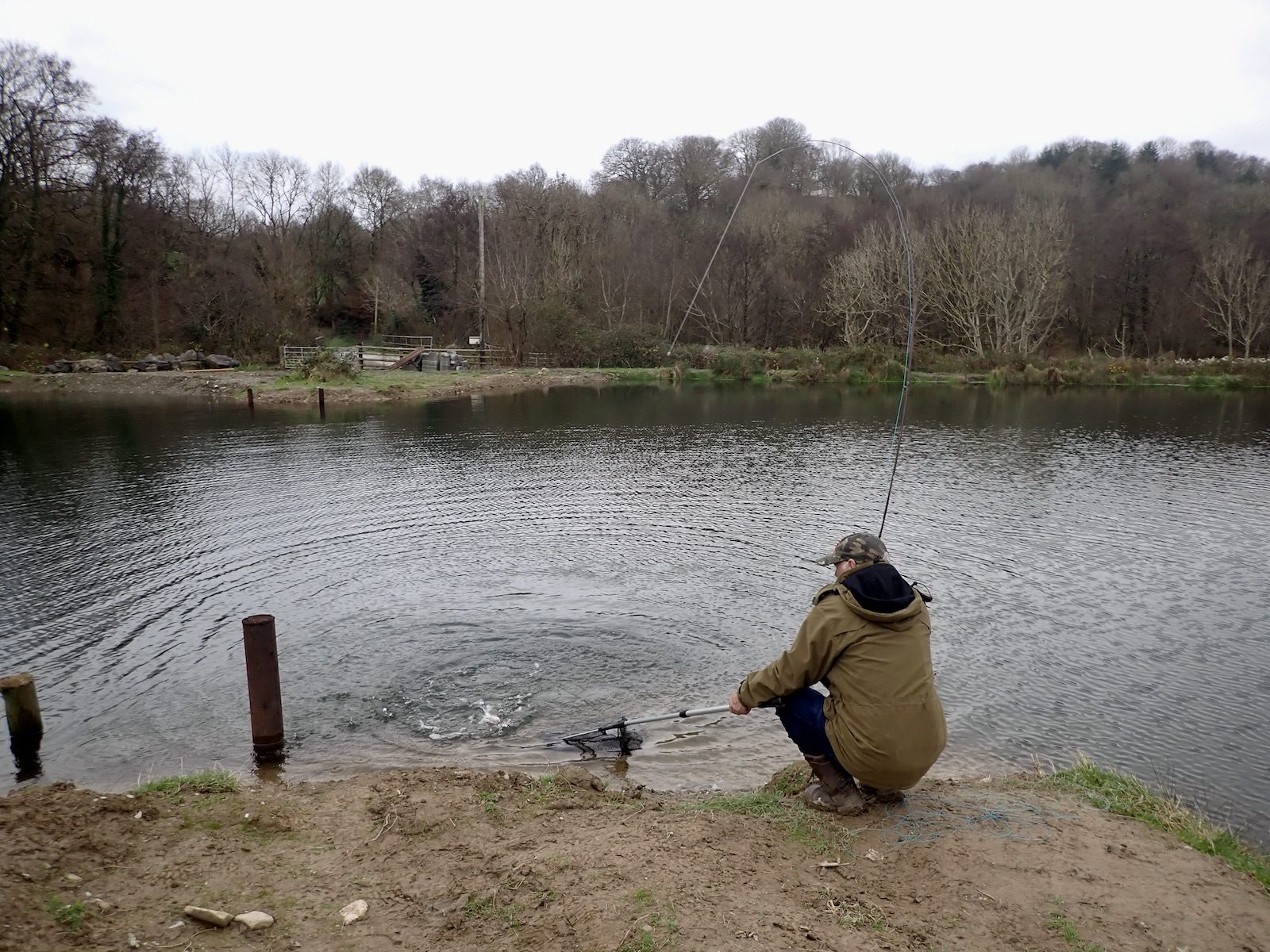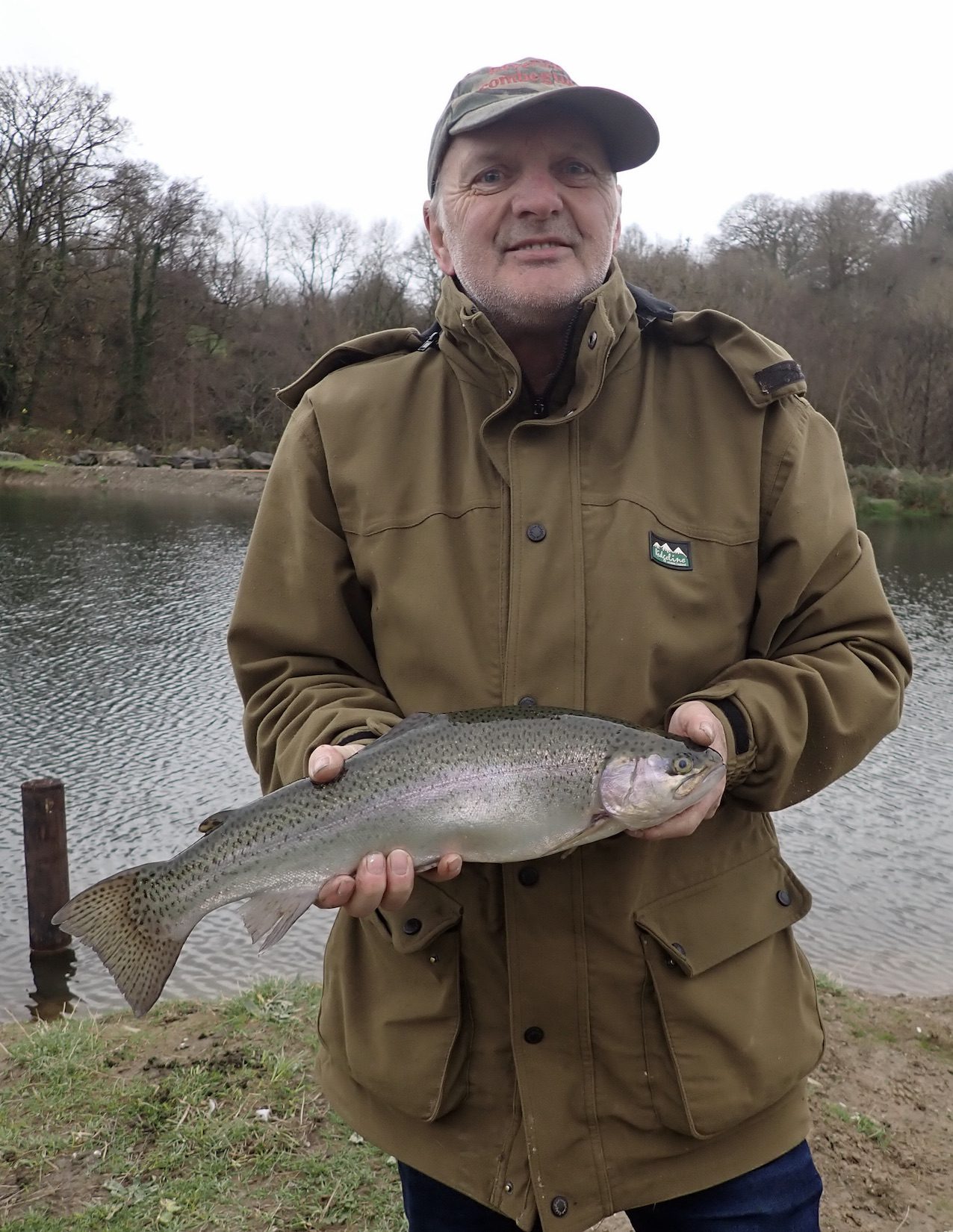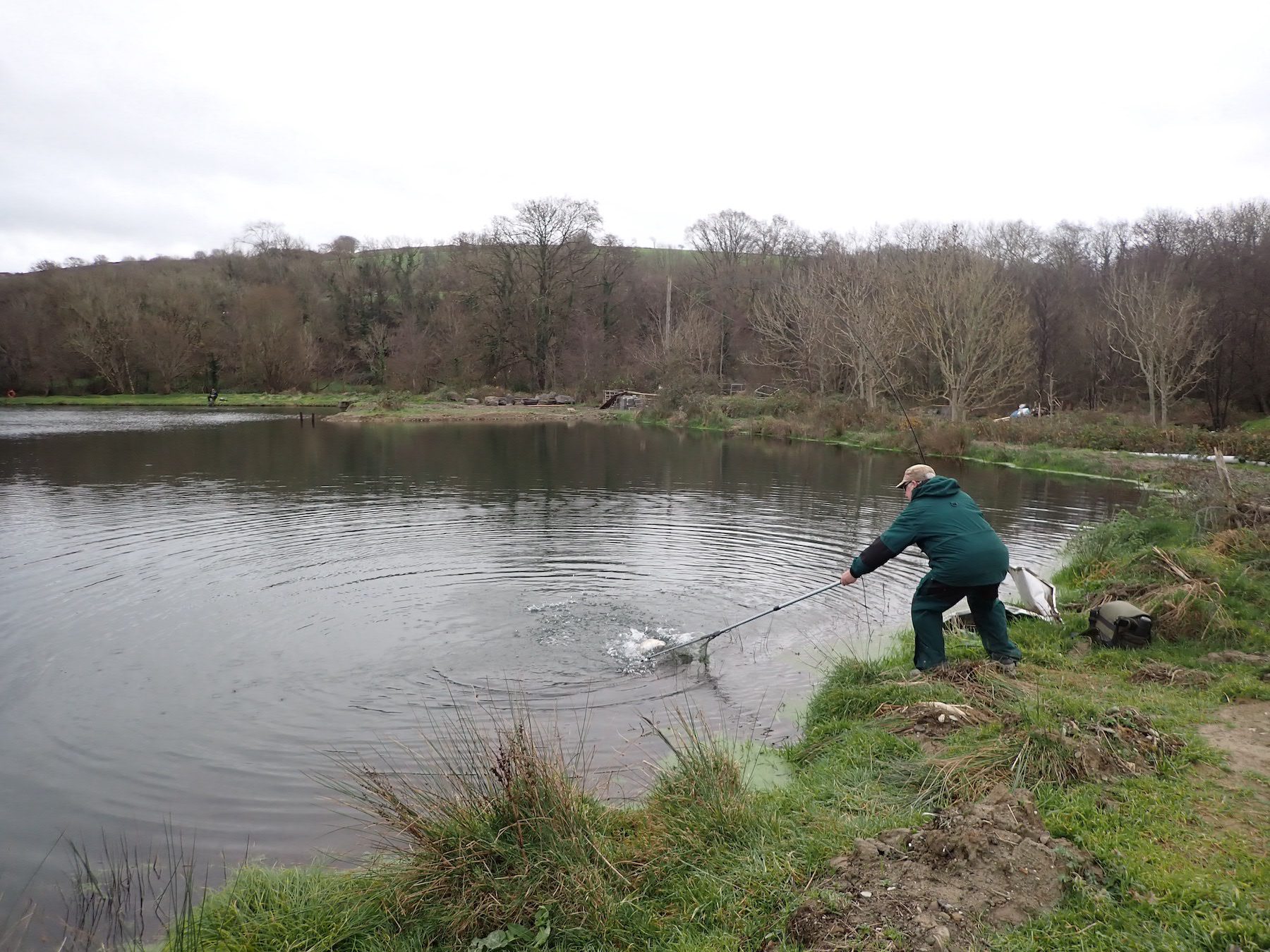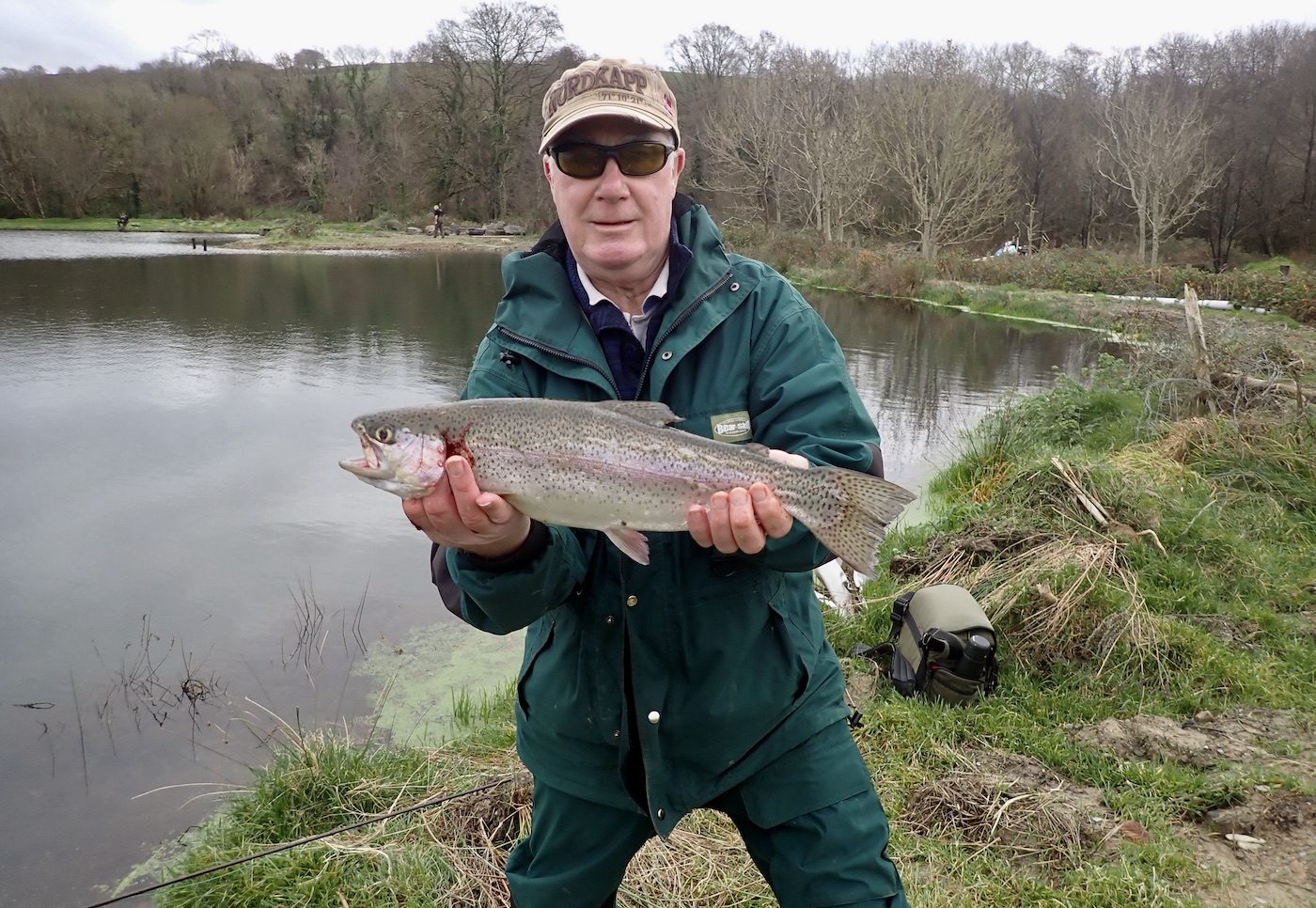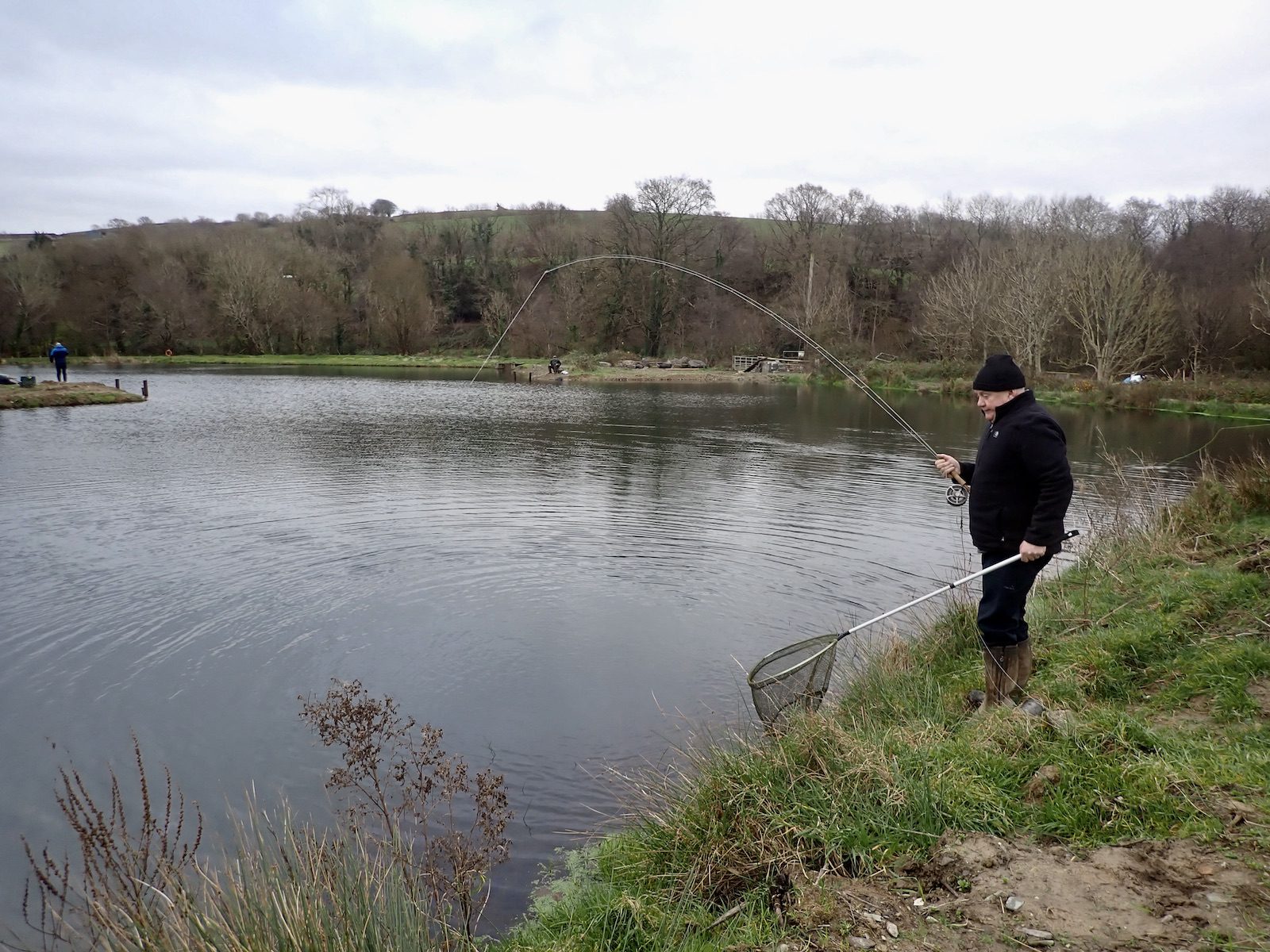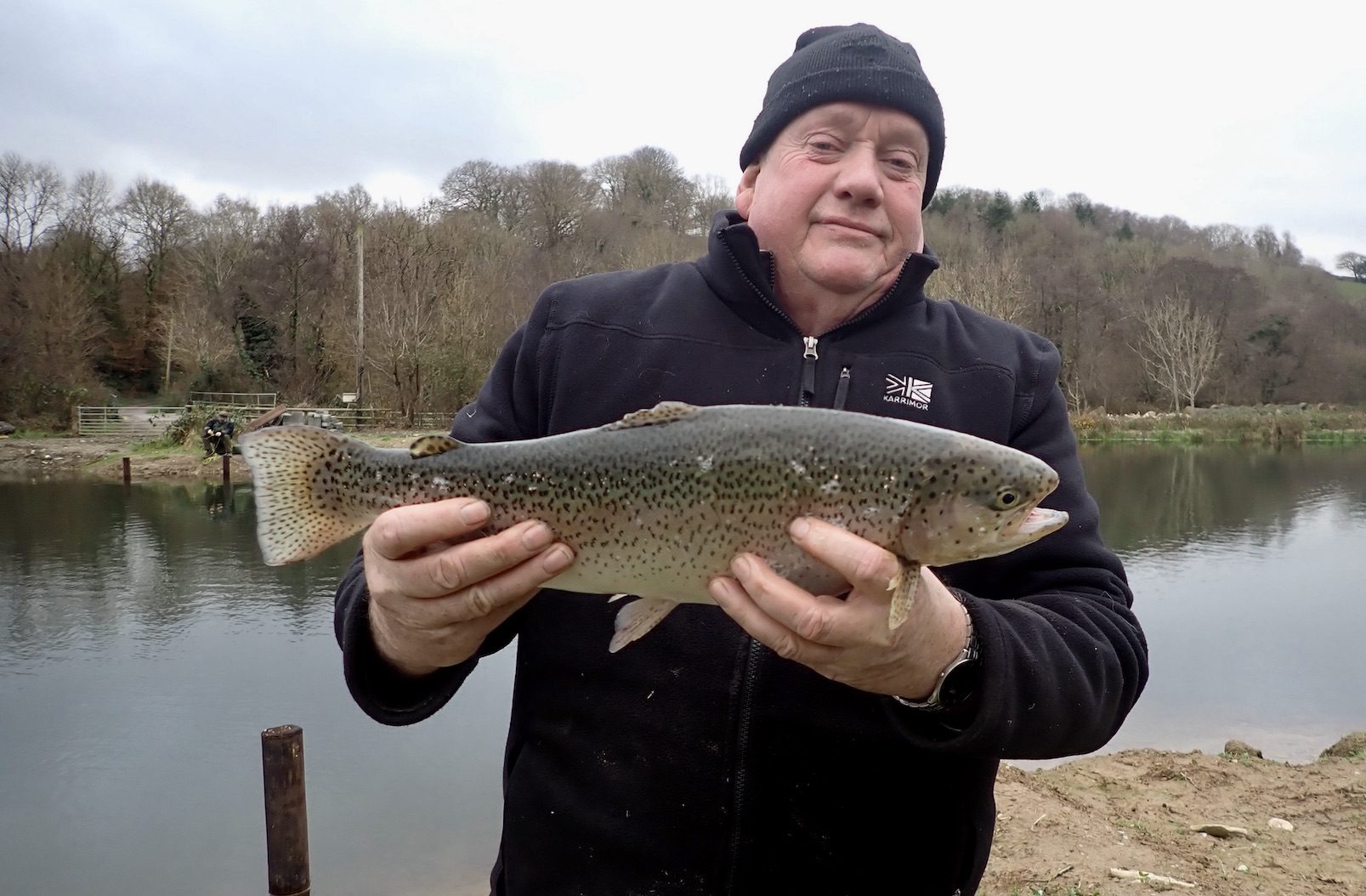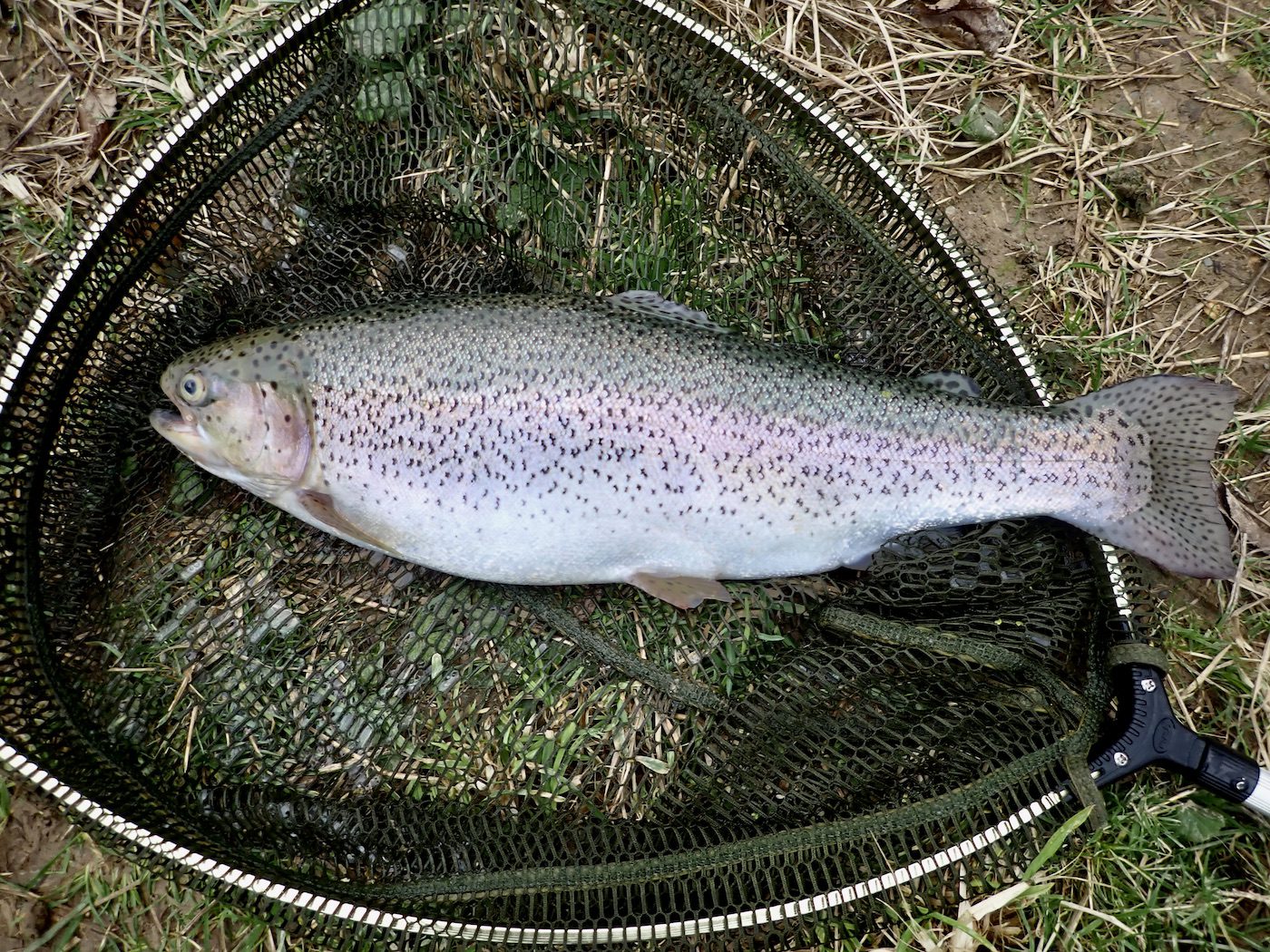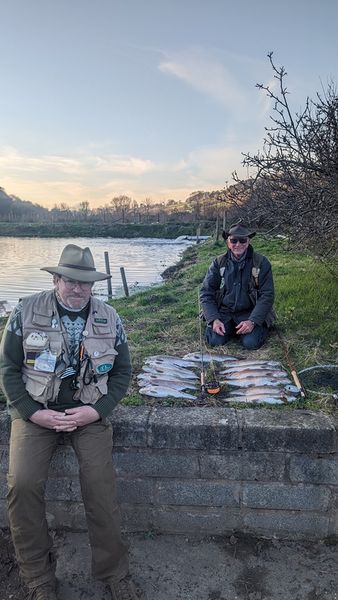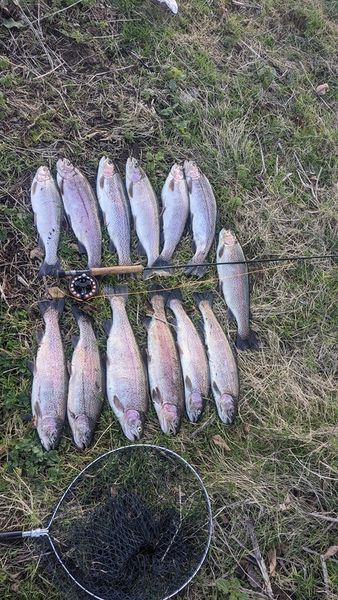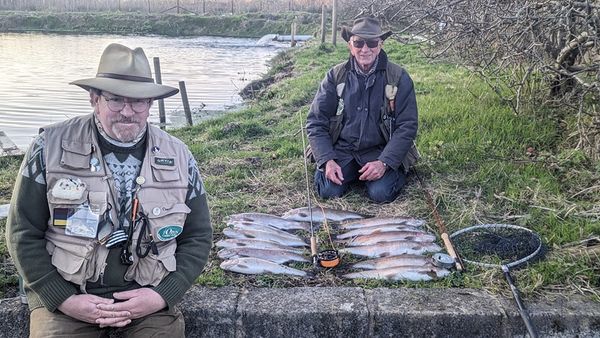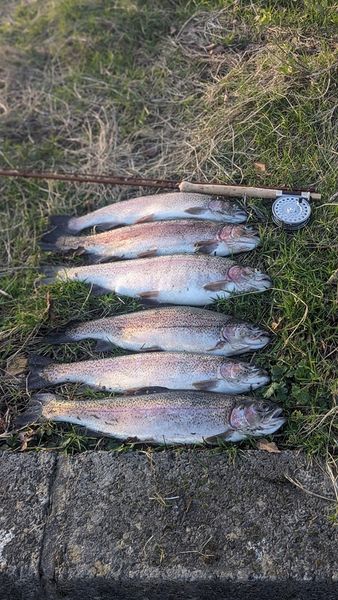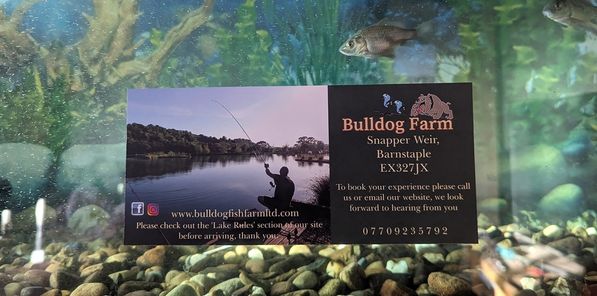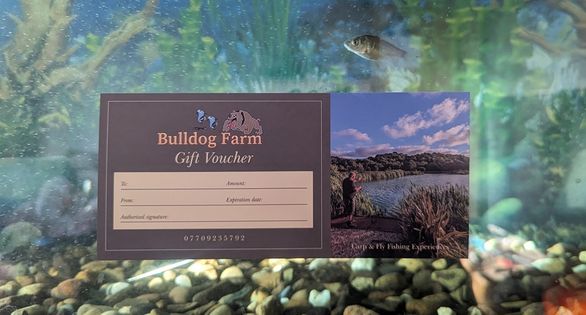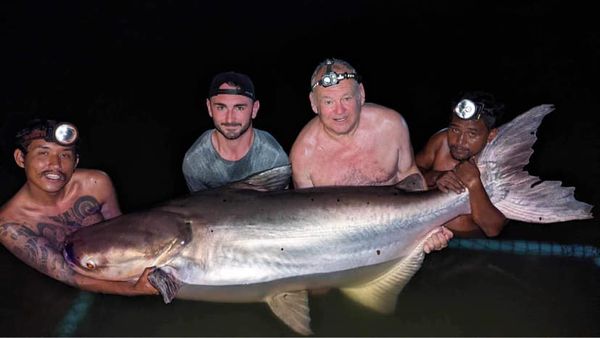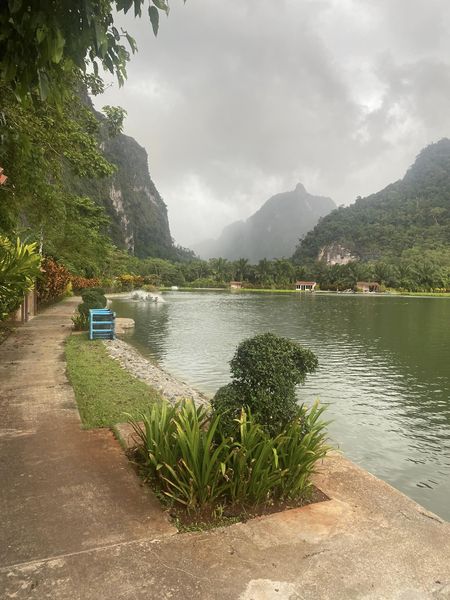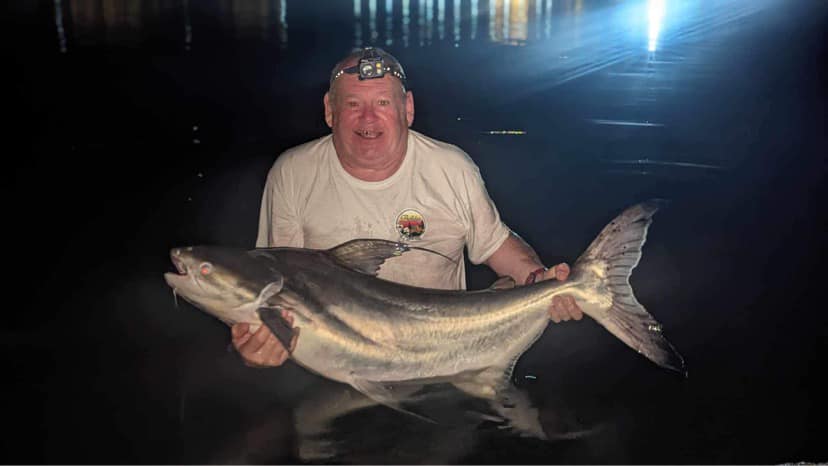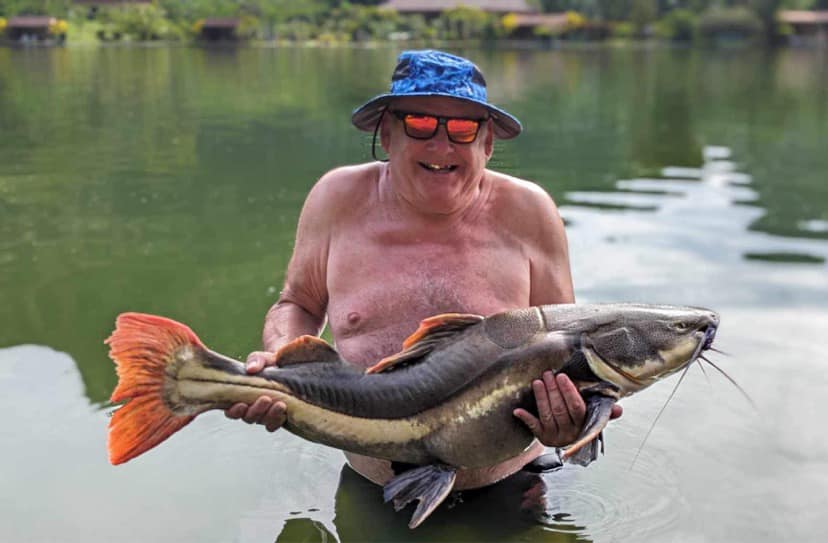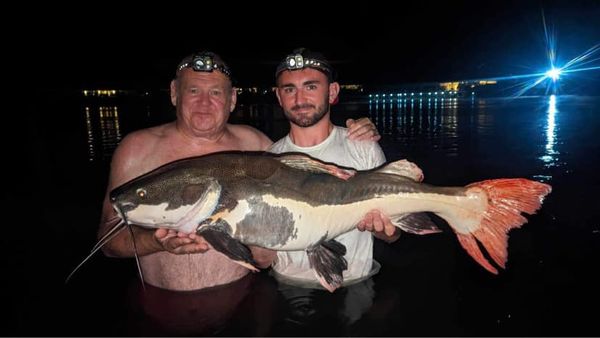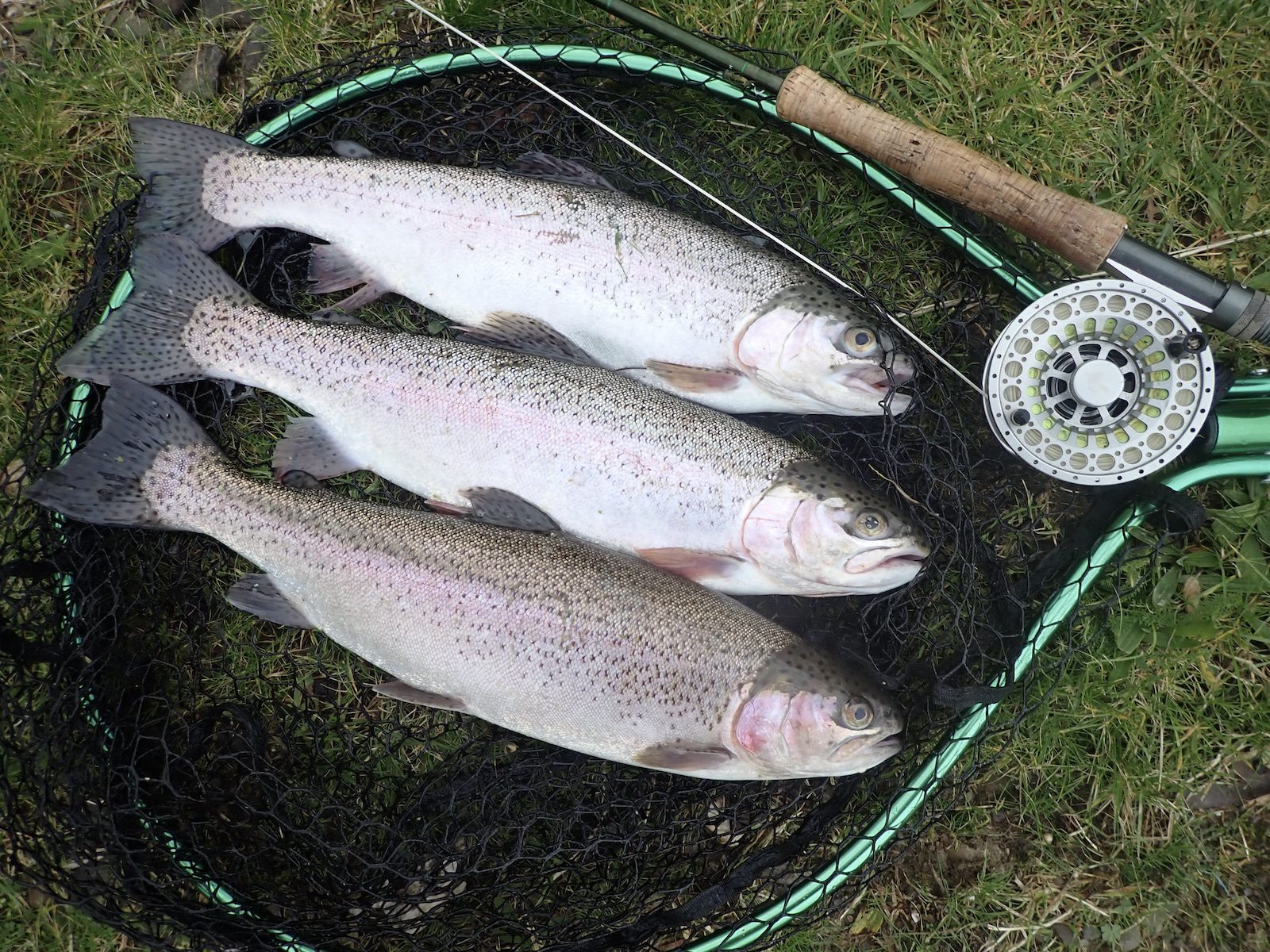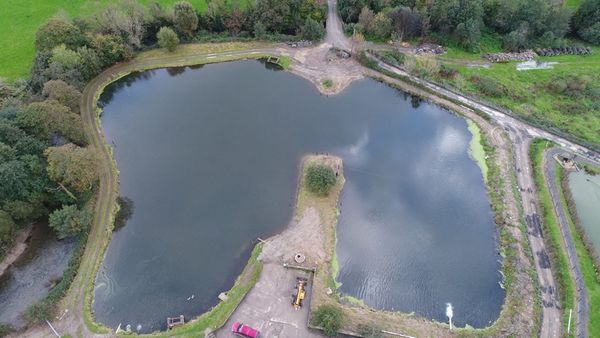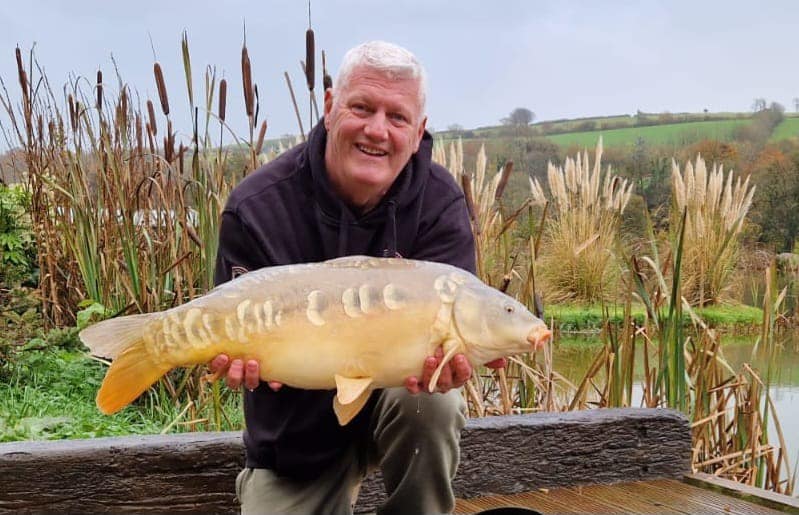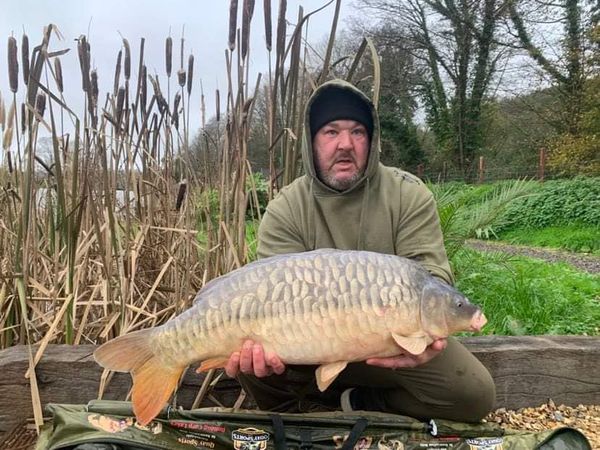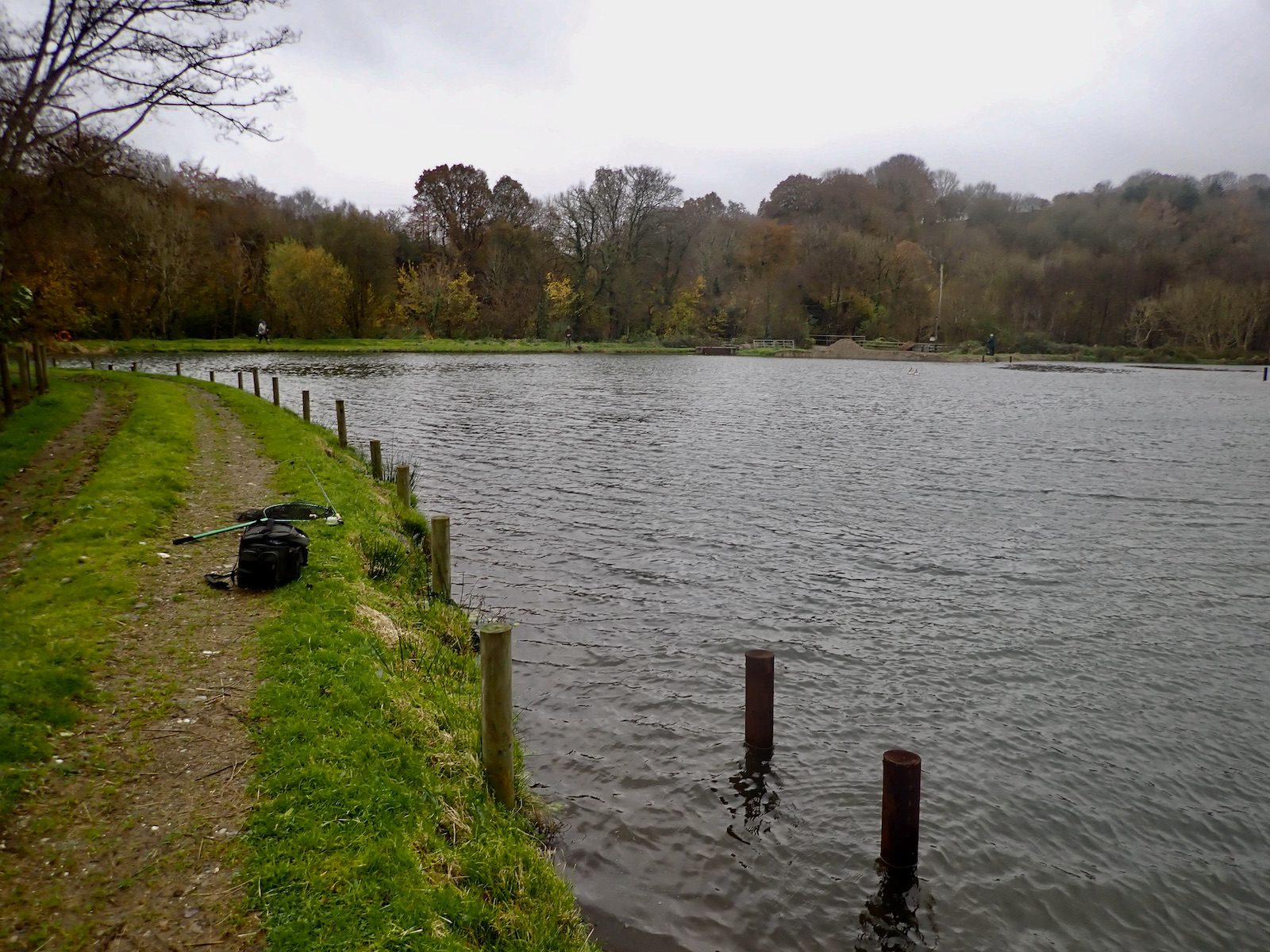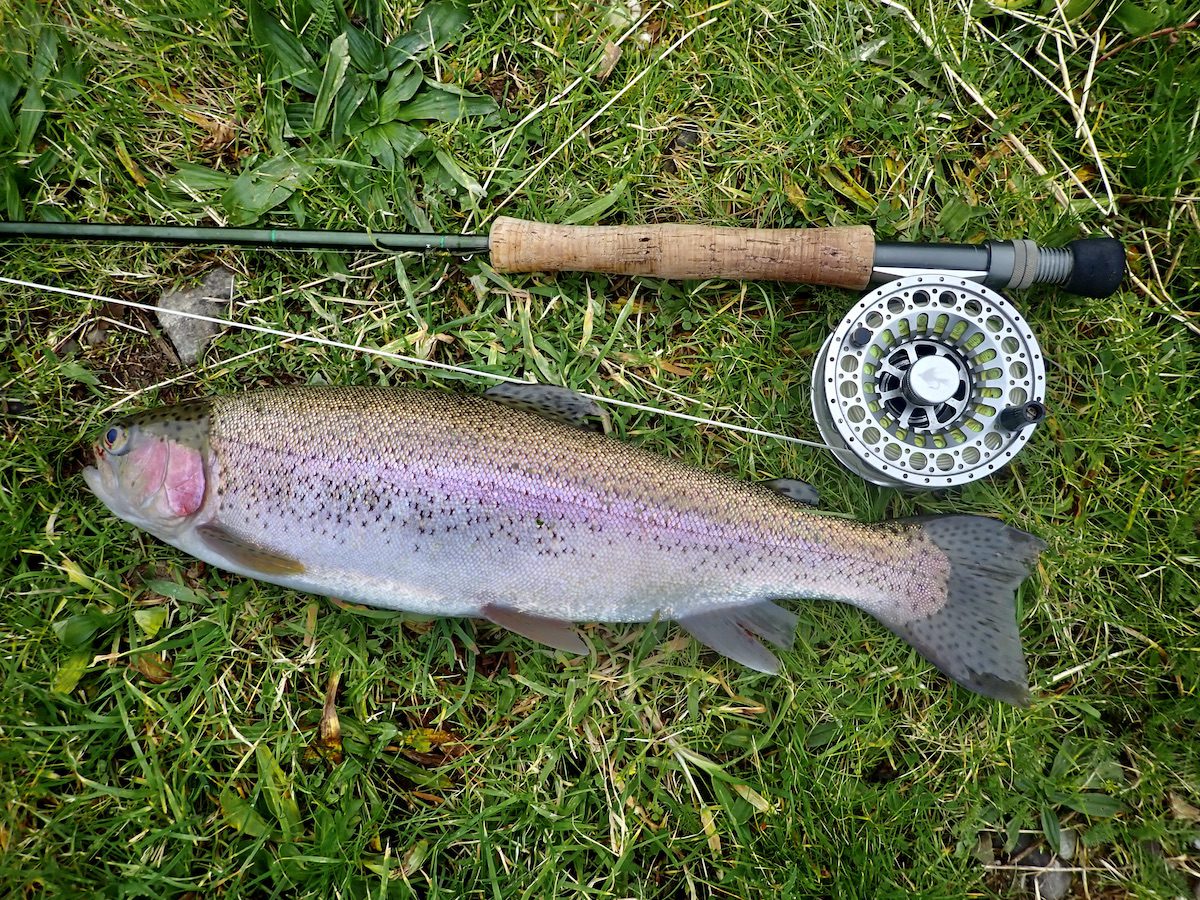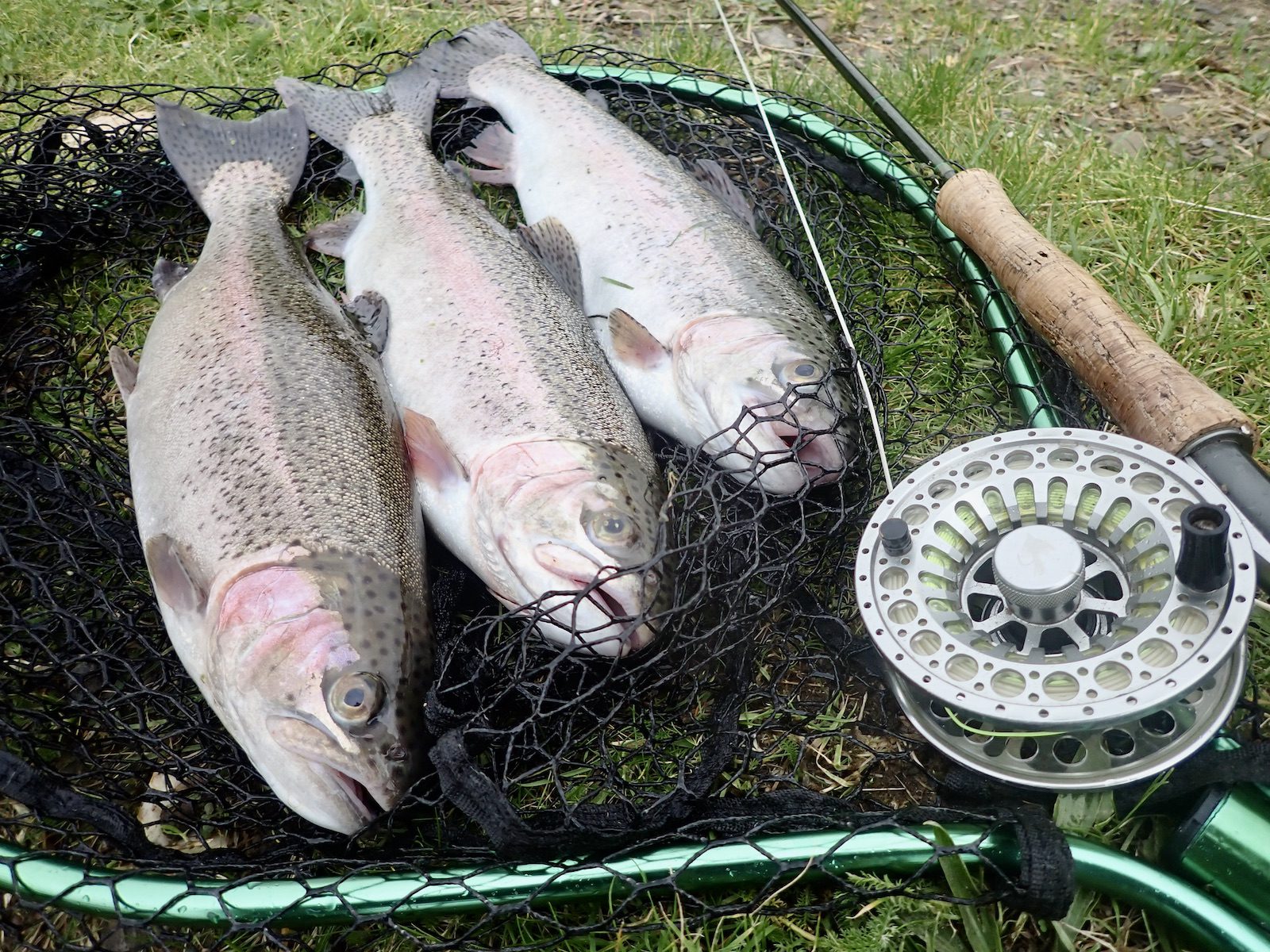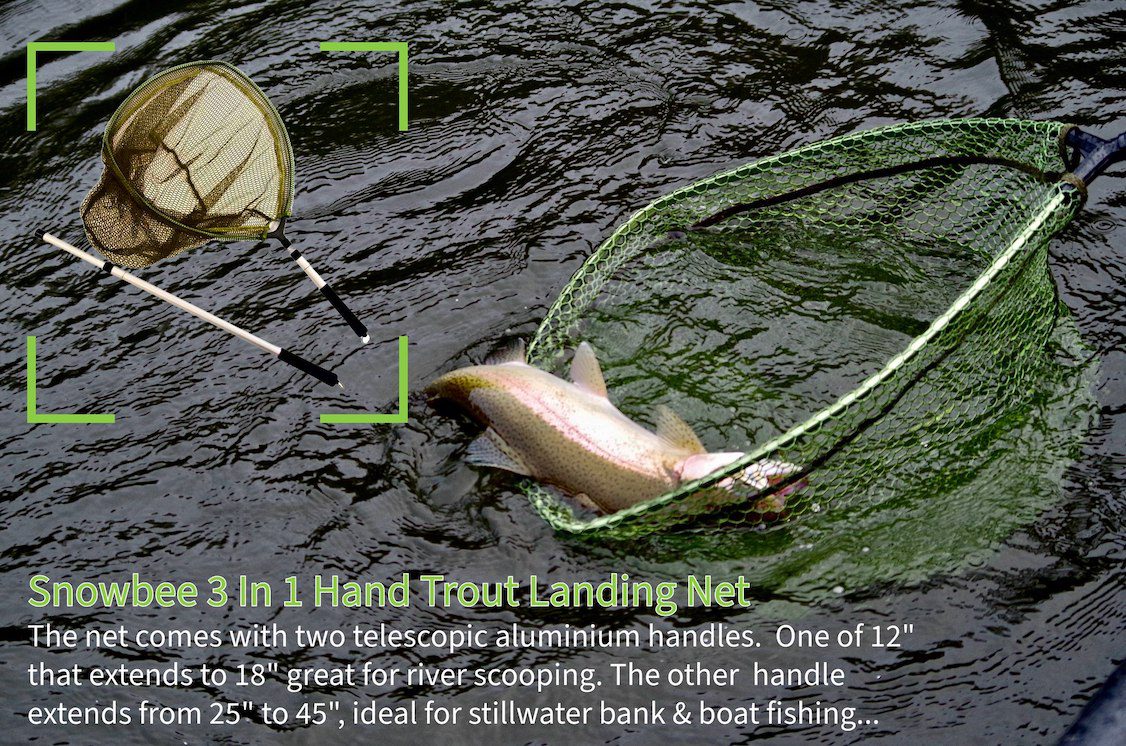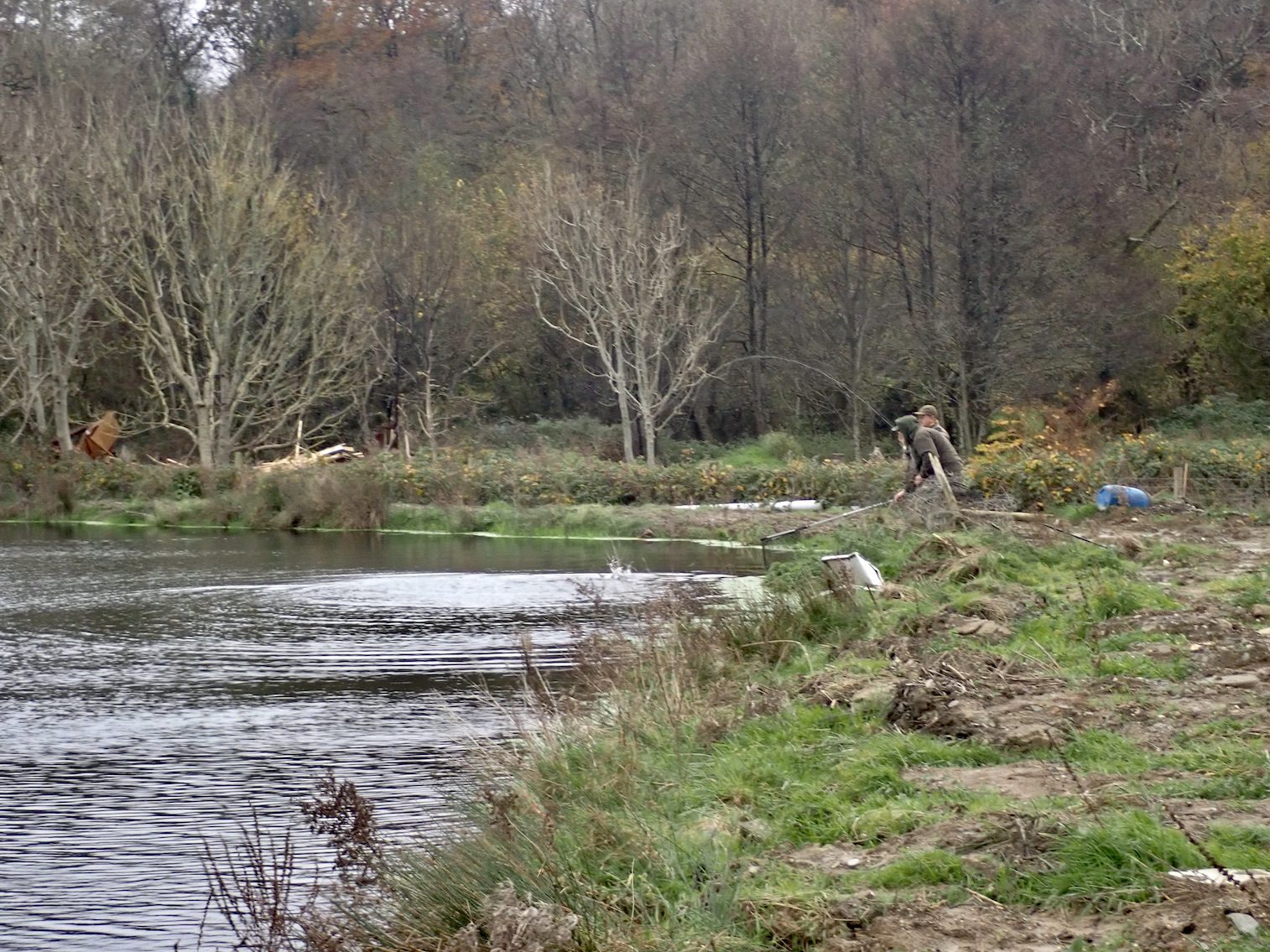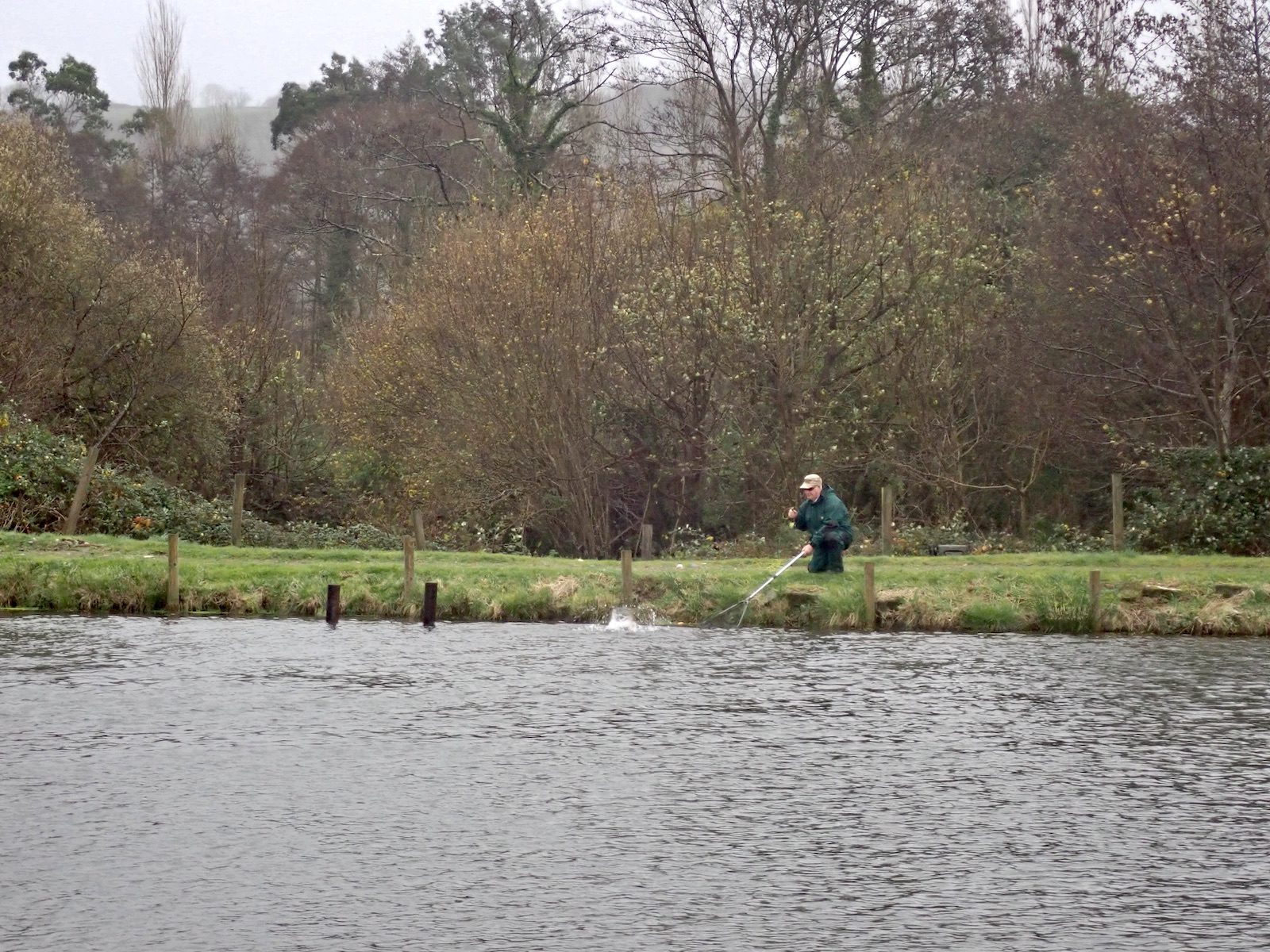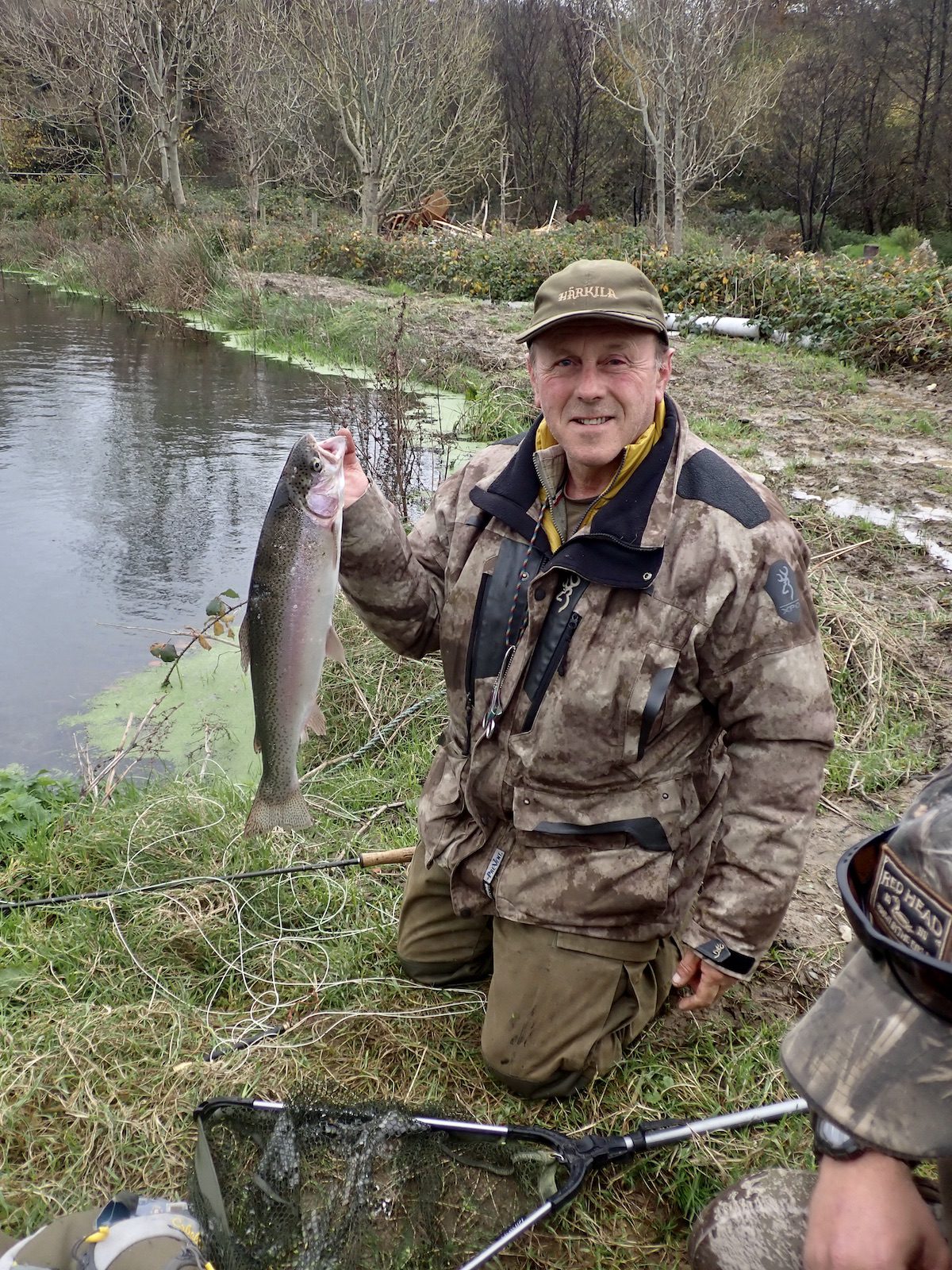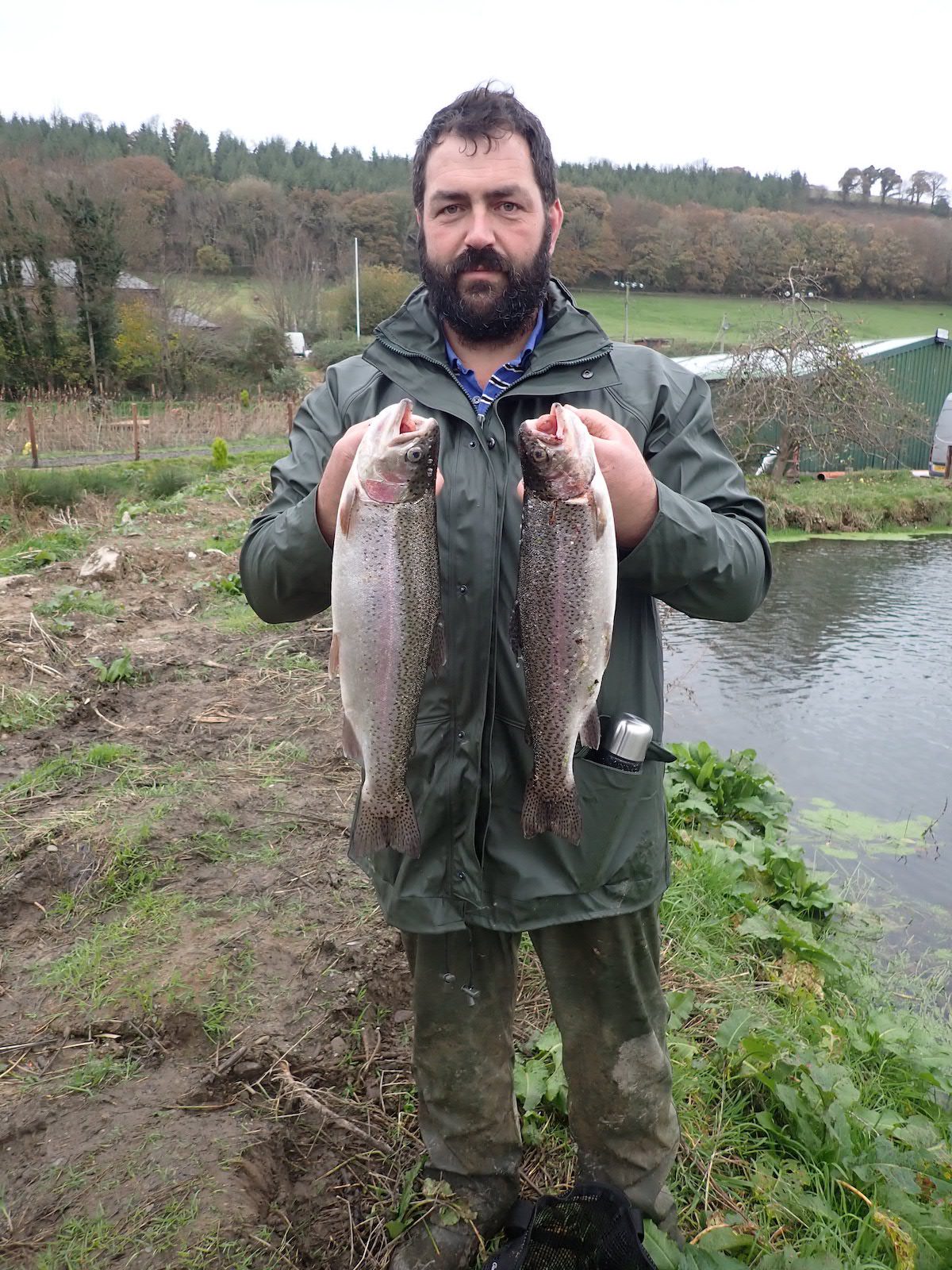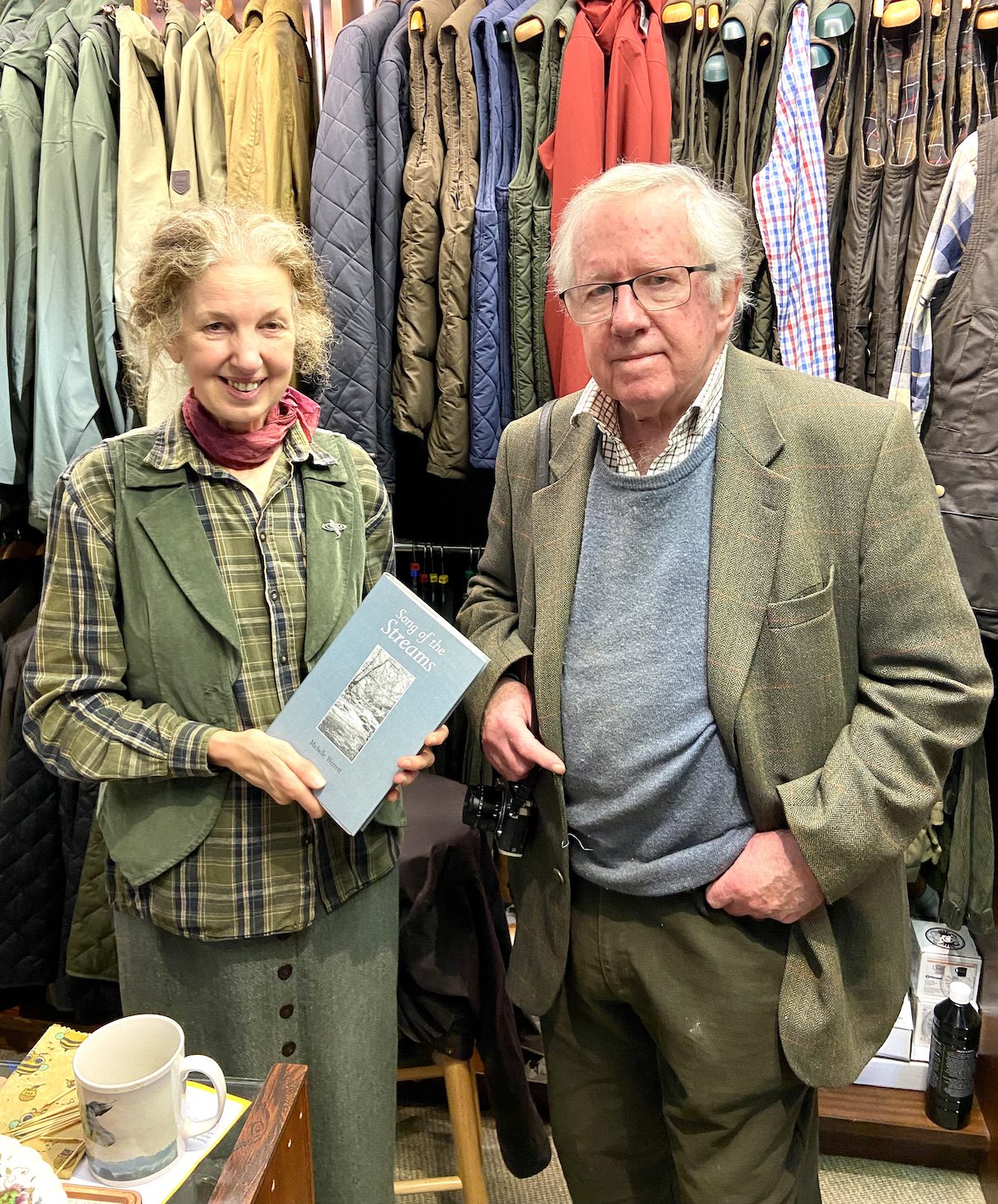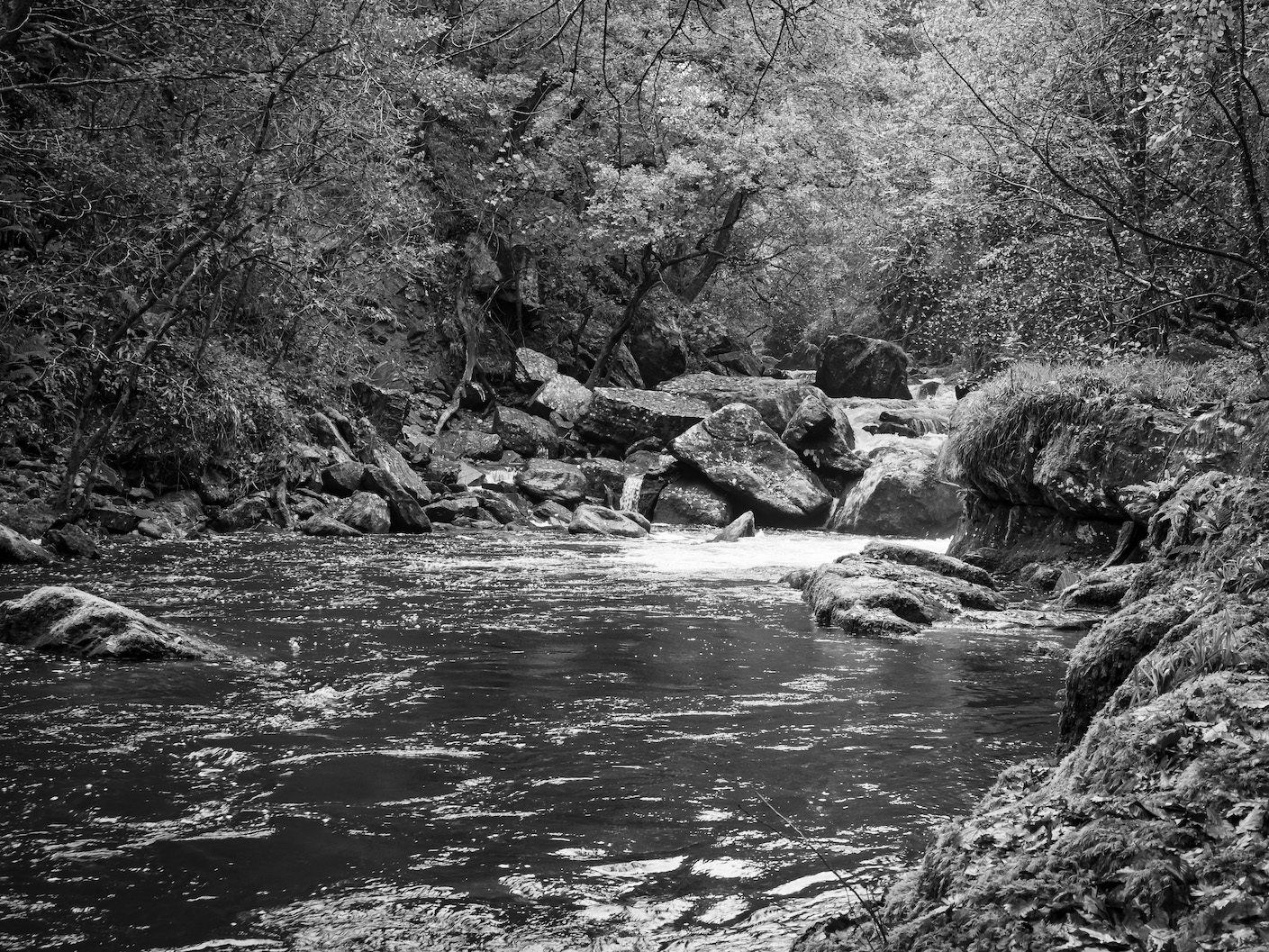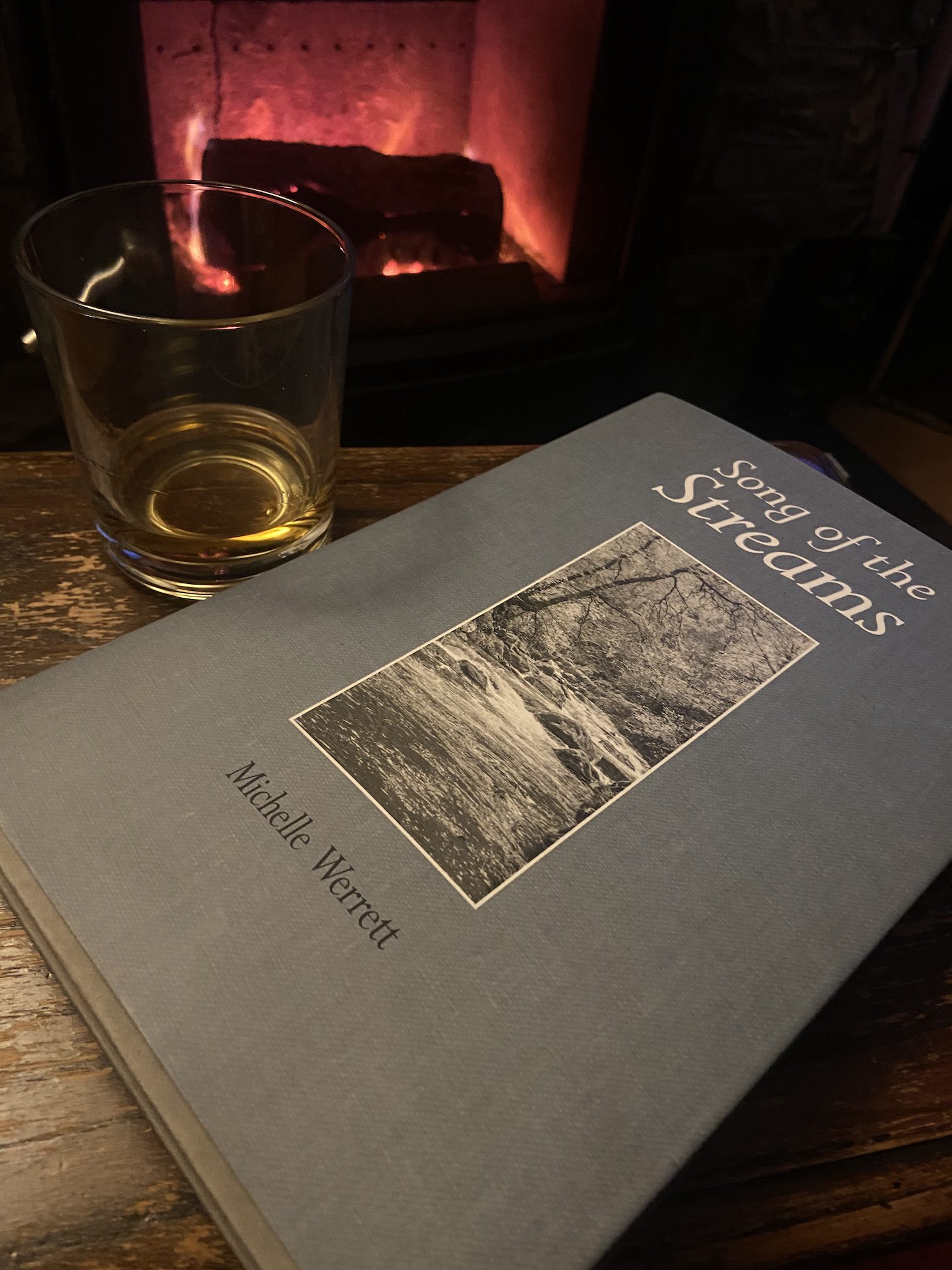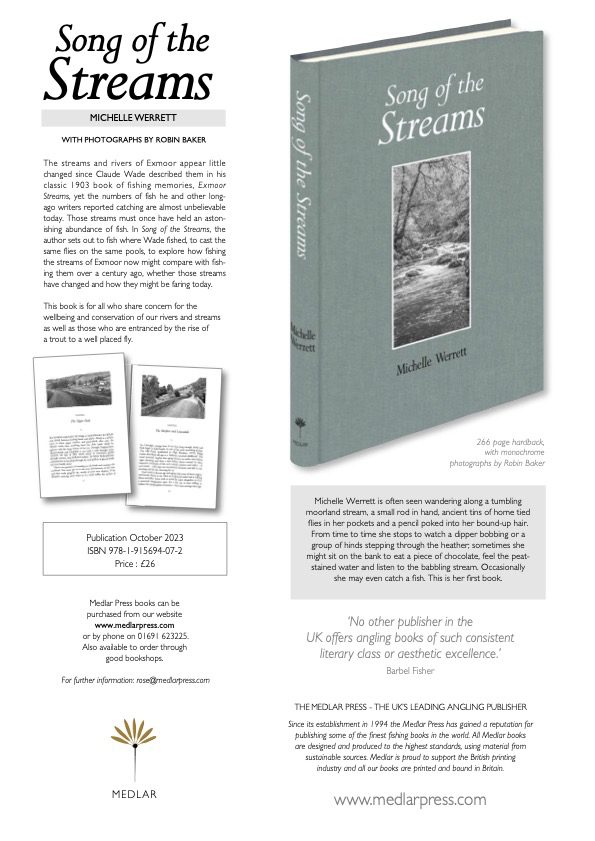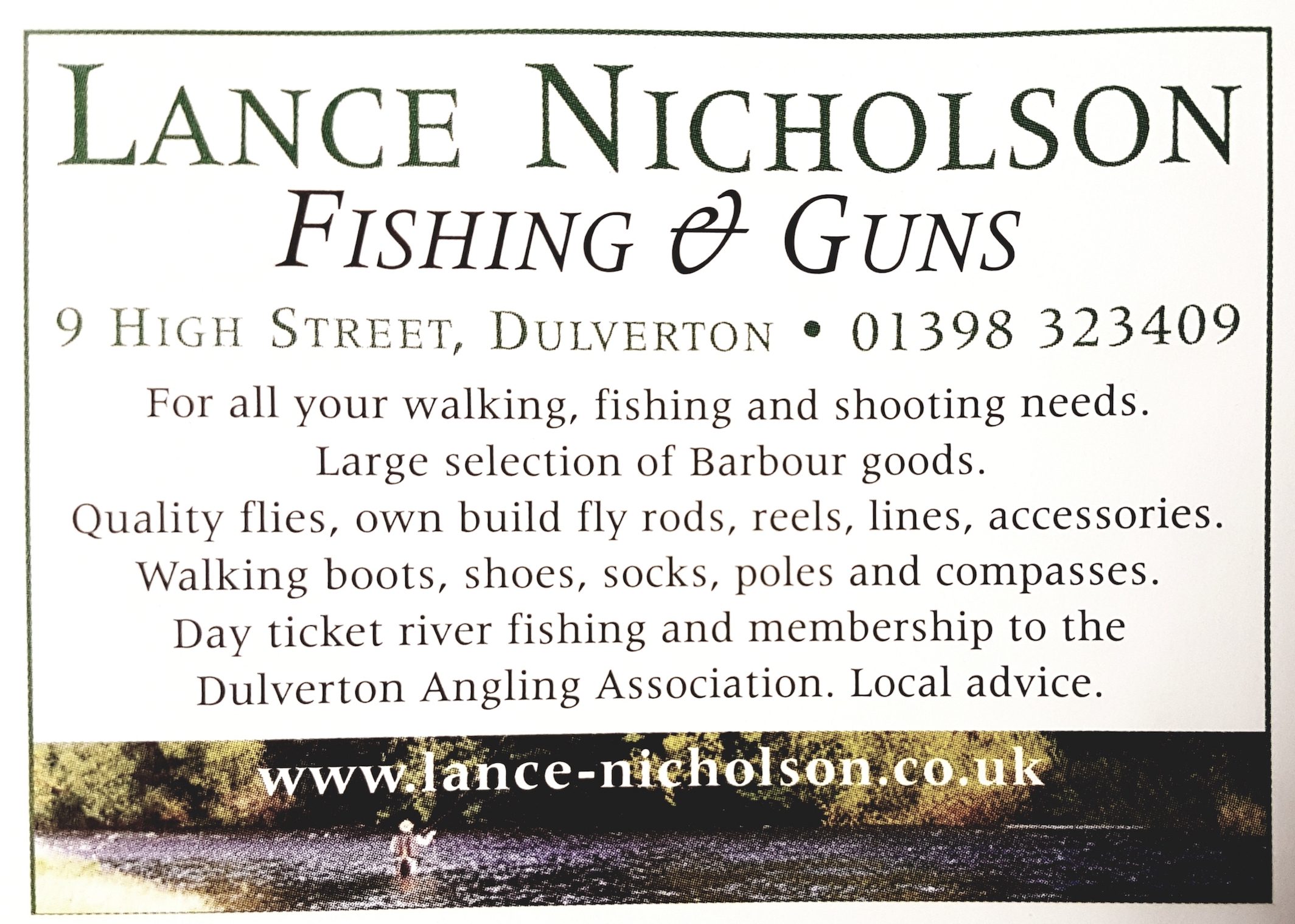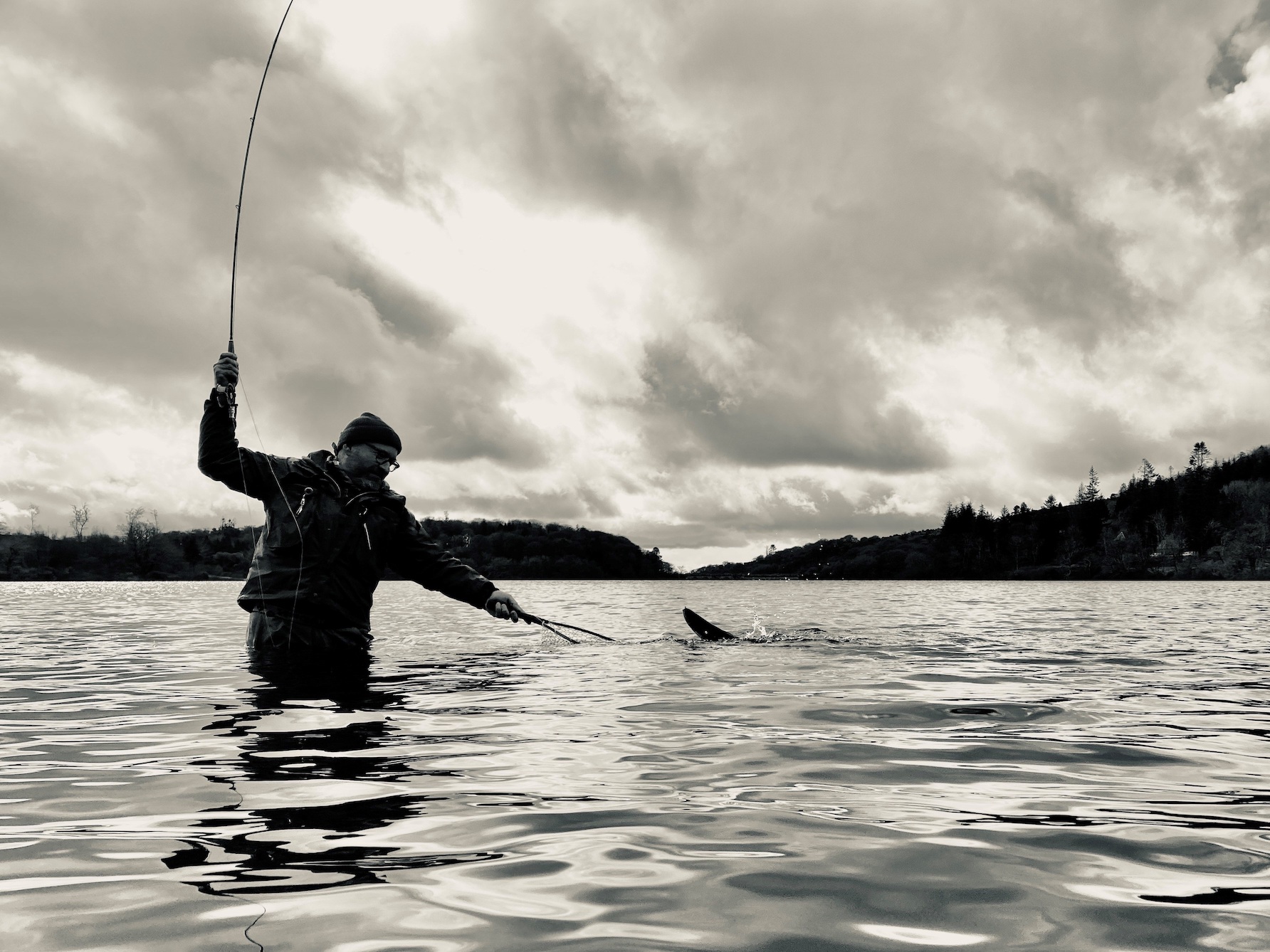
The new season is now firmly under way at the South West Lakes Trust trout fisheries, with the Rainbow waters opening on 3 March (with prior preview days for season ticket holders), and Brown Trout due to open on 15 March. Where available, boats are now on the water, and should be pre-booked (online or via the telephone). Generally the weather for the opening weeks has been challenging to anglers, and in spite of strong winds, rain, snow and hail, and cold temperatures, the fish have already started to feed near the surface, with many caught using floating line tactics. The very wet winter means that the waters are at full capacity.
Fishing:
Kennick – Rods averaged over 5.5 fish per angler during the opening sessions, with fish generally located along the western bank and in the Narrows, with bank anglers catching well. A selection of nymphs (Buzzers, Damsels and Montanas) and lure patterns (Tadpoles, Kennick Killers, Black and Blue Fritz and Black and Green Woolly Buggers) fished on intermediate and floating lines with various retrieves proved most successful. The best fish, a rainbow of 3lb 13oz, was caught by Mike Malpas.
Siblyback – The season opened on excellent form – anglers averaged 4.8 fish per rod, with fish mainly located along the North Bank, Two Meadows and Stocky Bay. While some fish were caught on Montana Nymphs, most were caught on a variety of lure patterns (Cormorant, Kennick Killer, Snake, Blob and Siblyback Sparkler) fished on floating lines with a medium retrieve. Ron Wilday (from Liskeard) caught a bag of six rainbows to 1lb 12oz in Stocky Bay.
Burrator – the season opened with a flying start, with anglers averaging 8.6 fish per rod, mainly from Longstone, Pig’s Trough, Lowery Point and Back Bay. Intermediate or floating lines with a fast retrieve proved to be the most successful method, with fish feeding on small flies on or just below the surface. Successful flies included Damsel Nymph variations, Black Fritz, Humungous and Distressed Marabou patterns. Simon Stokes (from Horrabridge) caught the best fish, a rainbow of 2lb 8oz, using an intermediate line fished down to four feet depth, with a medium to fast retrieve. Jonny Mac (from Plympton) caught ten ‘fighting fit’ rainbows to 2lb, chasing stripped lures down to 6 feet below the surface.
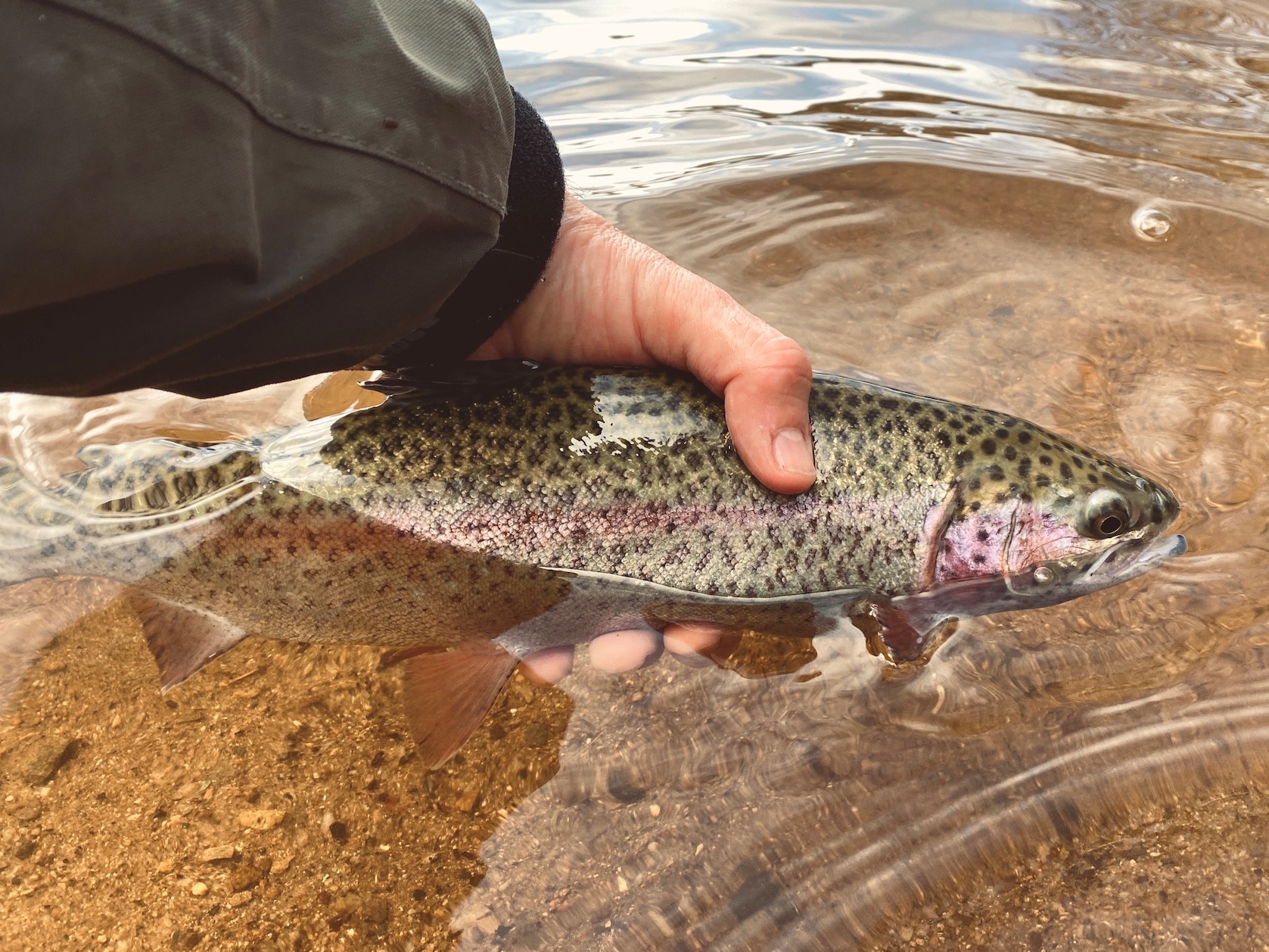
Stithians – the cold windy conditions made the opening weekend’s fishing challenging, with anglers managing to average only one fish per rod. Fish were mainly located at Pub Bay, Hollis, Sailing Club Bay and Carmenellis, with slow-fished lure patterns (Black and Green Cats Whisker, Cormorant and Blob patterns) fished on a floating line, but letting the fly sink well before retrieving, proving to be the most successful.
Another successful Fly Fair was held at Roadford Lake on 25 February, with fly-tying demonstrations, casting lessons and trout cookery demonstrations. Charles Jardine opened the event, which also included a variety of tackle and fly-tying suppliers, ‘Coarse fish on the Fly’ by Dom Garnett, a chance to meet local clubs and some bargains to be had on the Kennick Club used-tackle stand.



